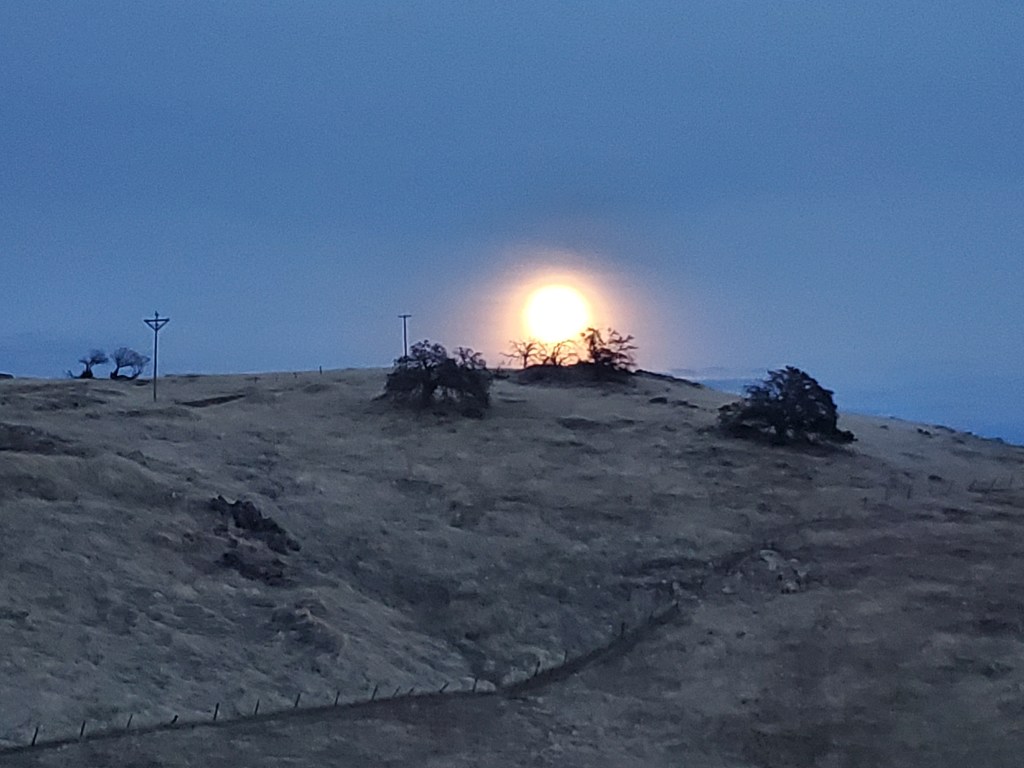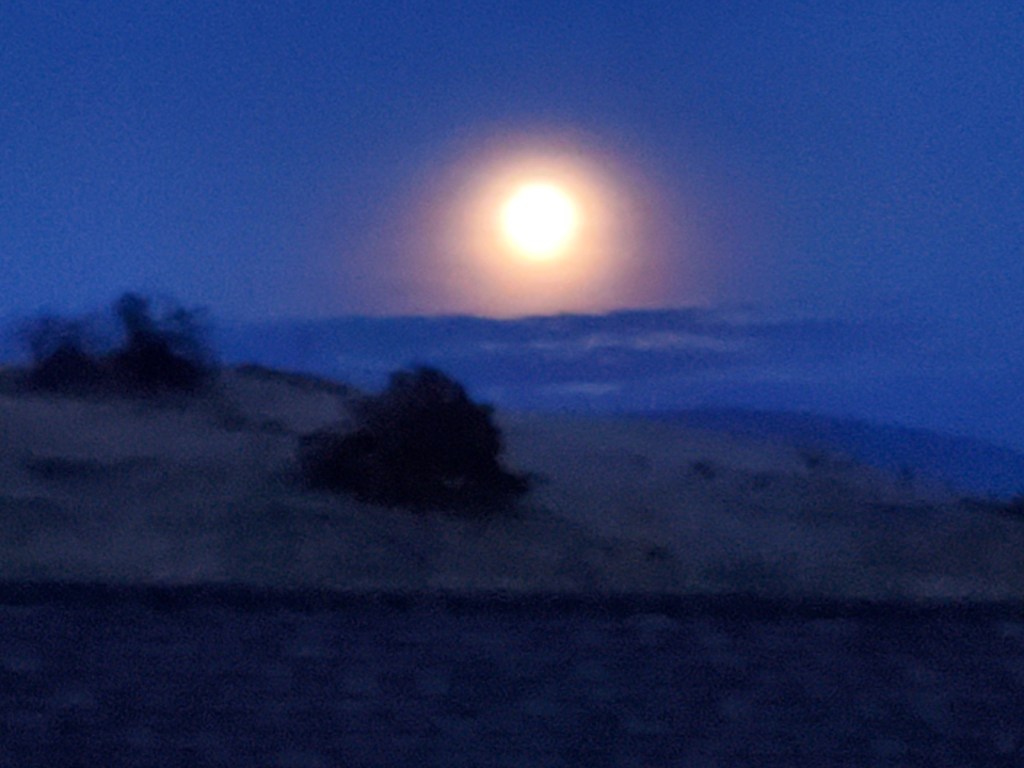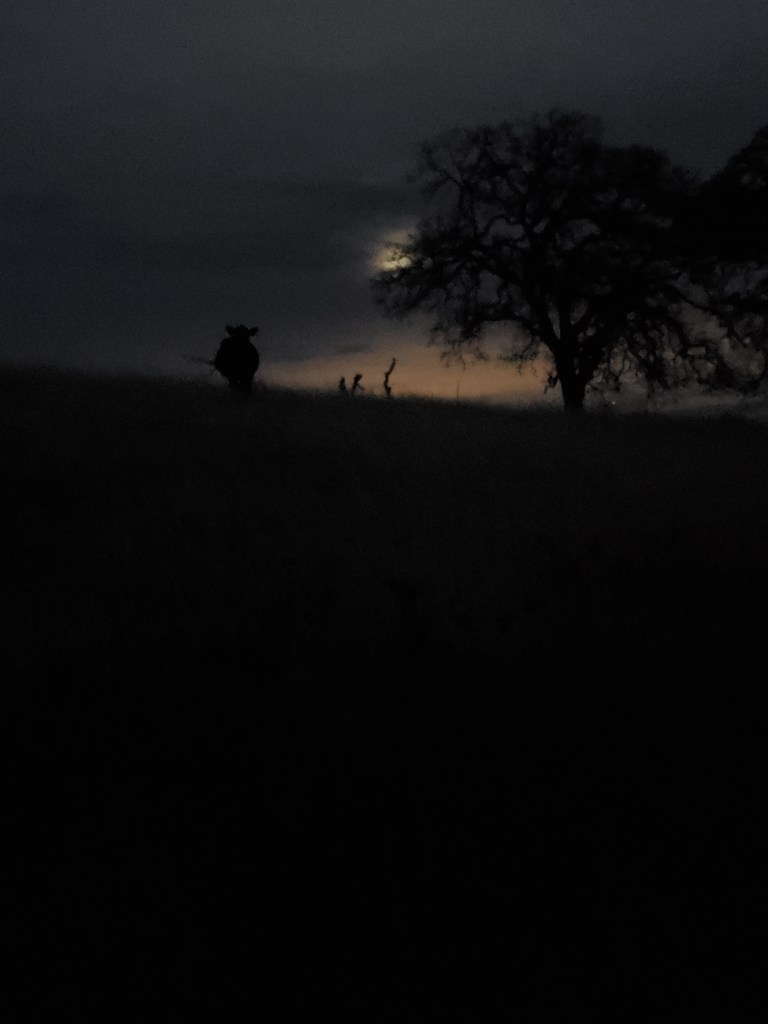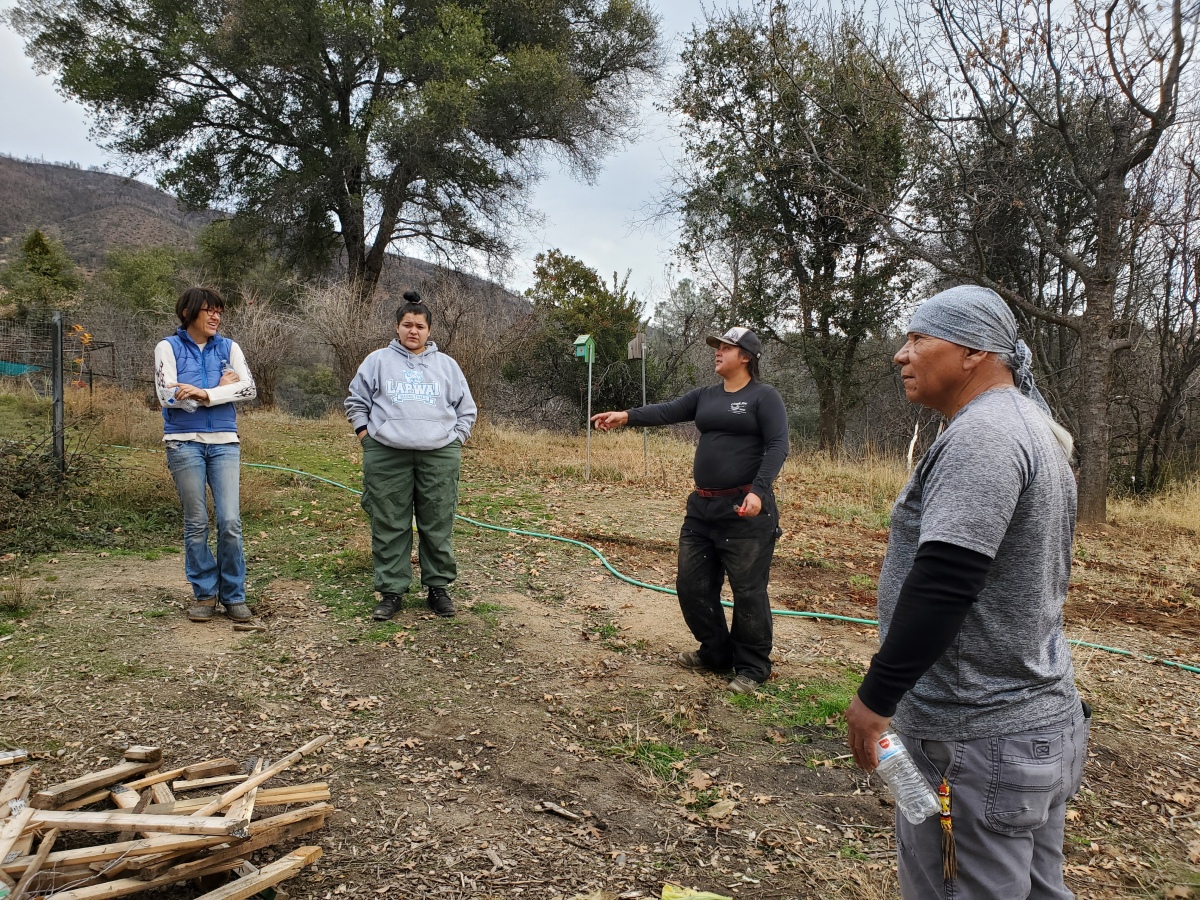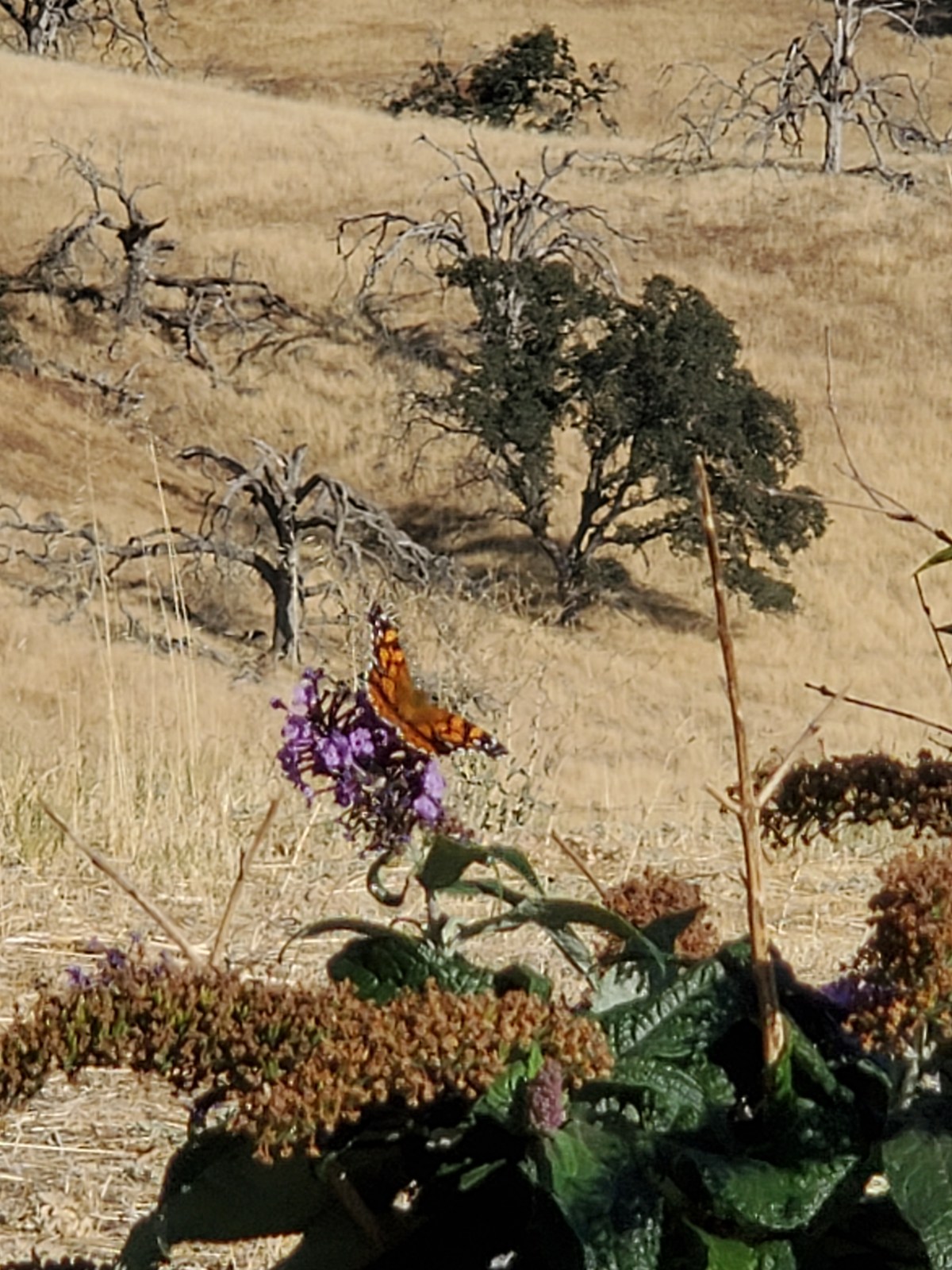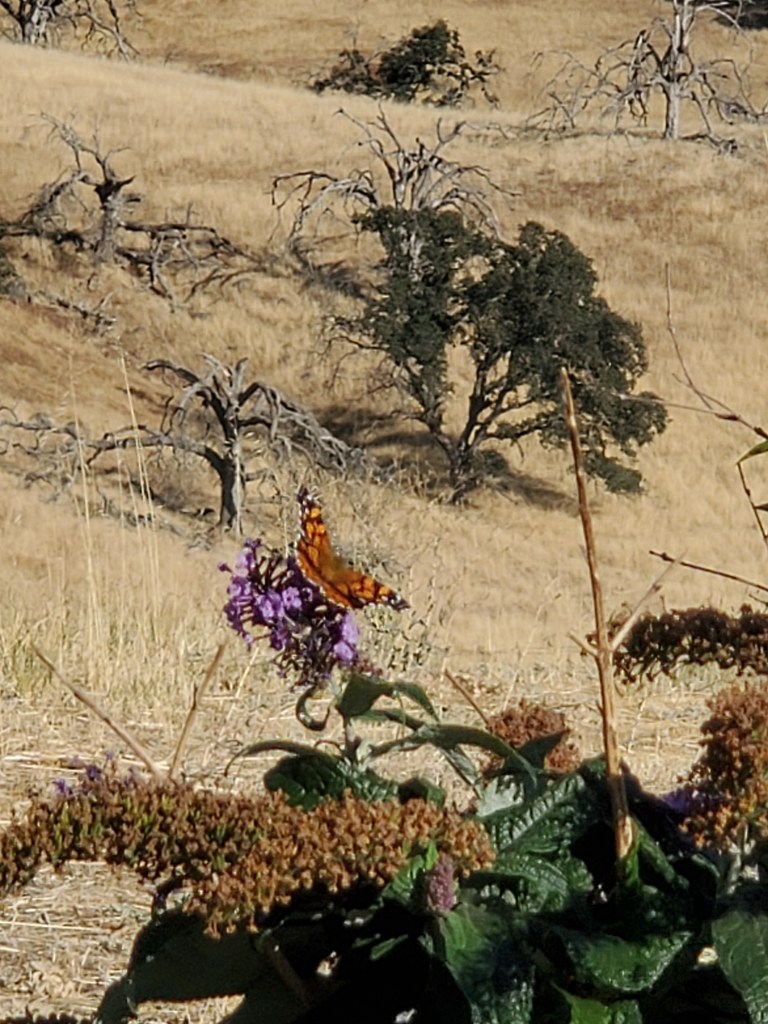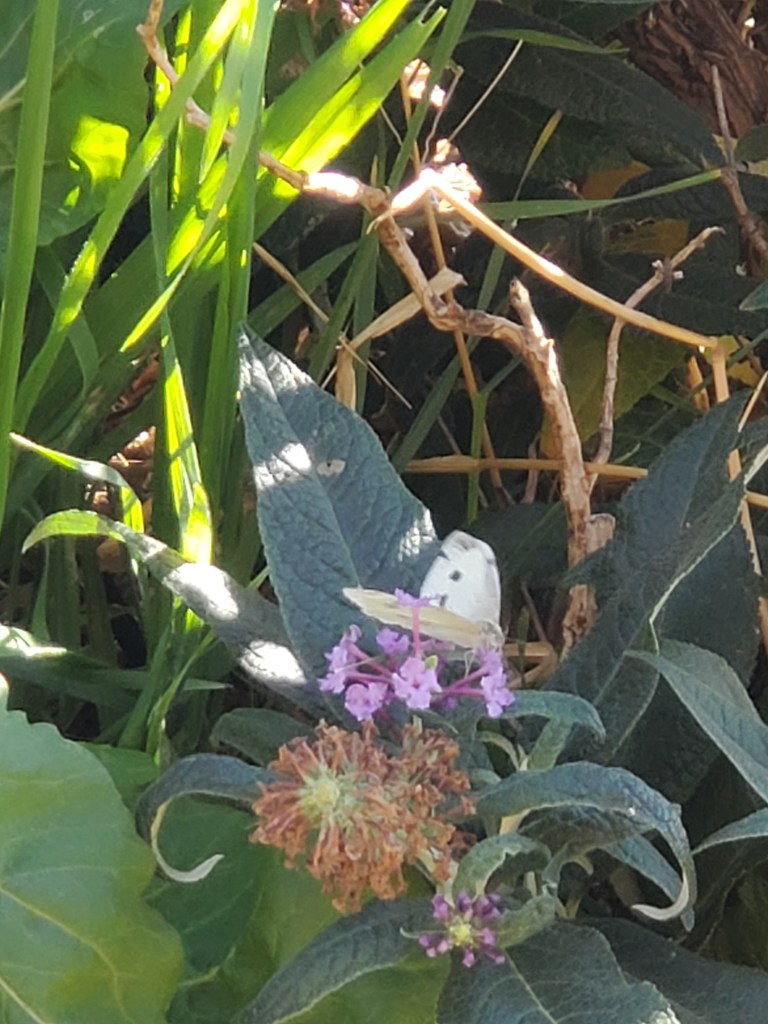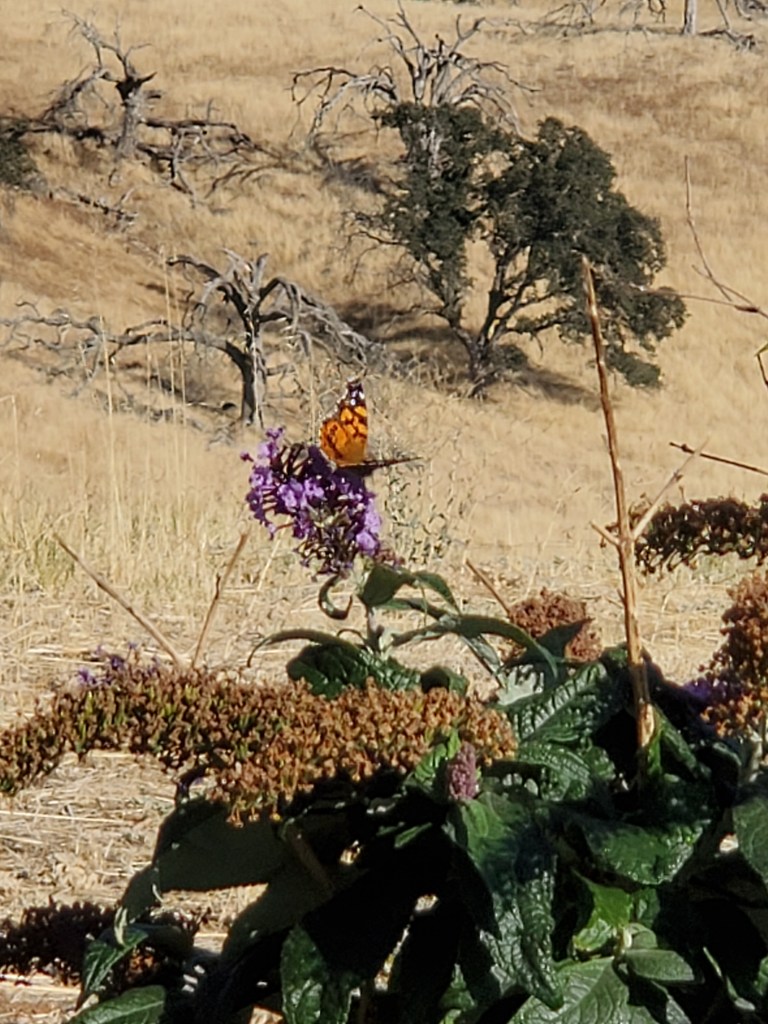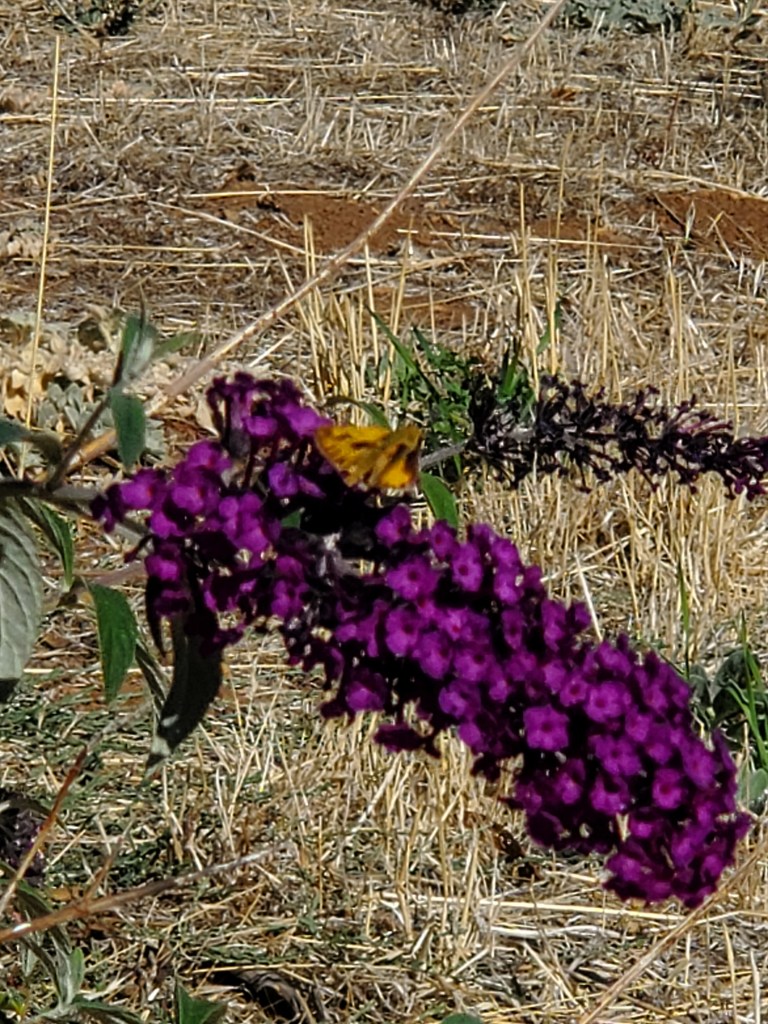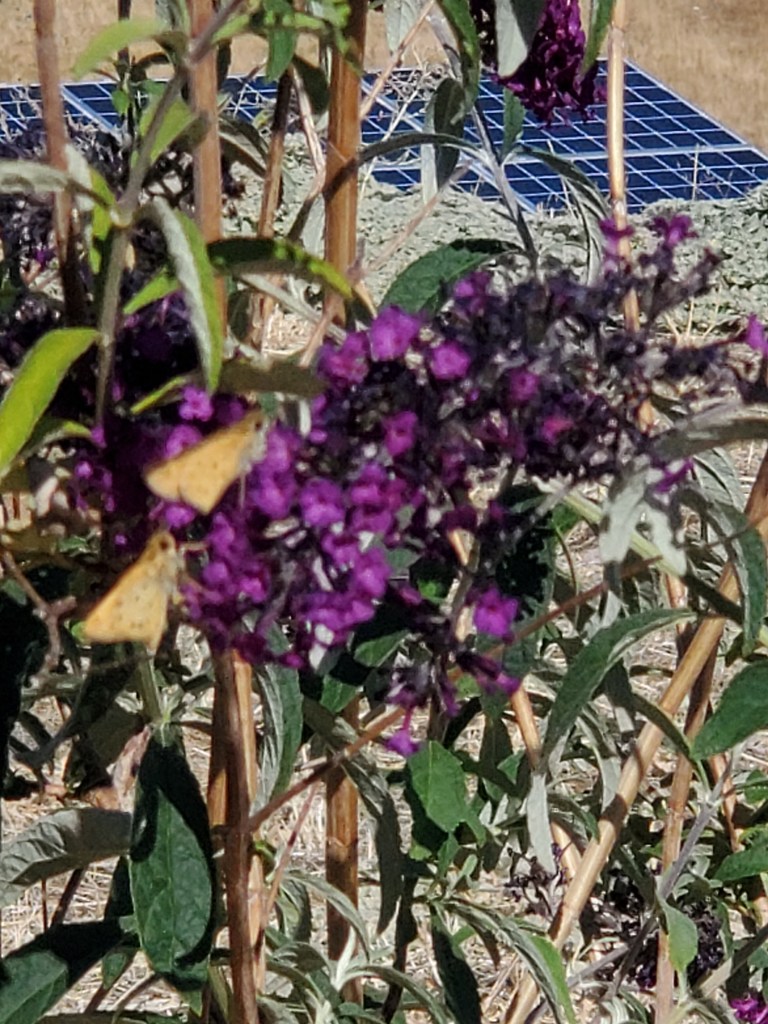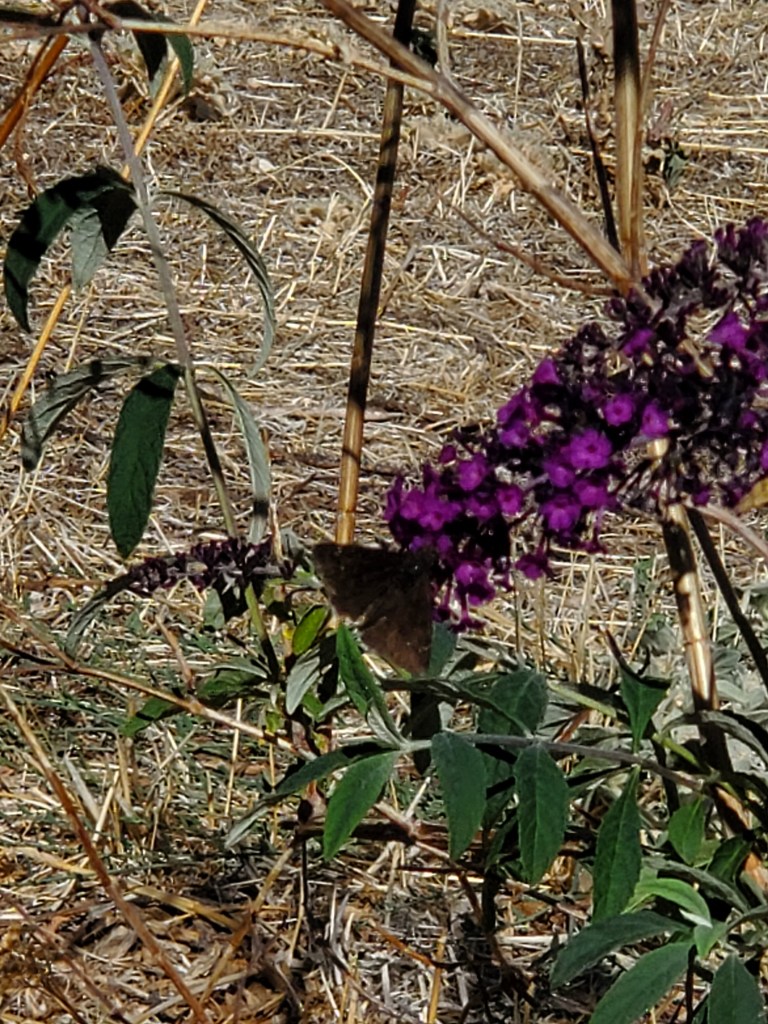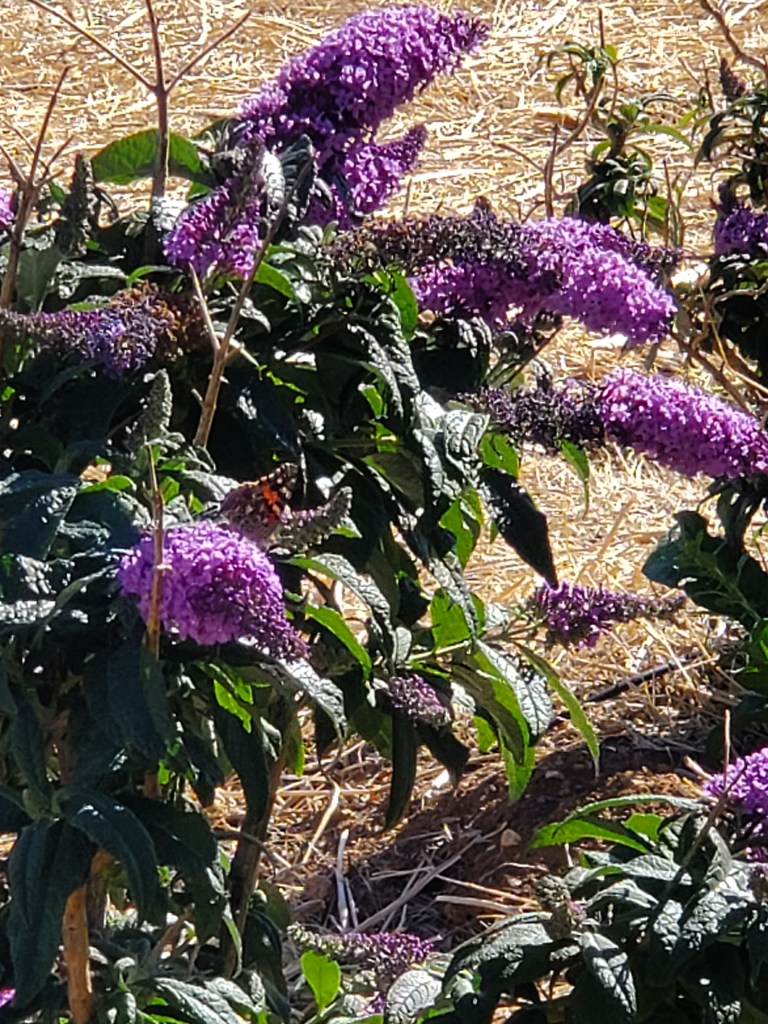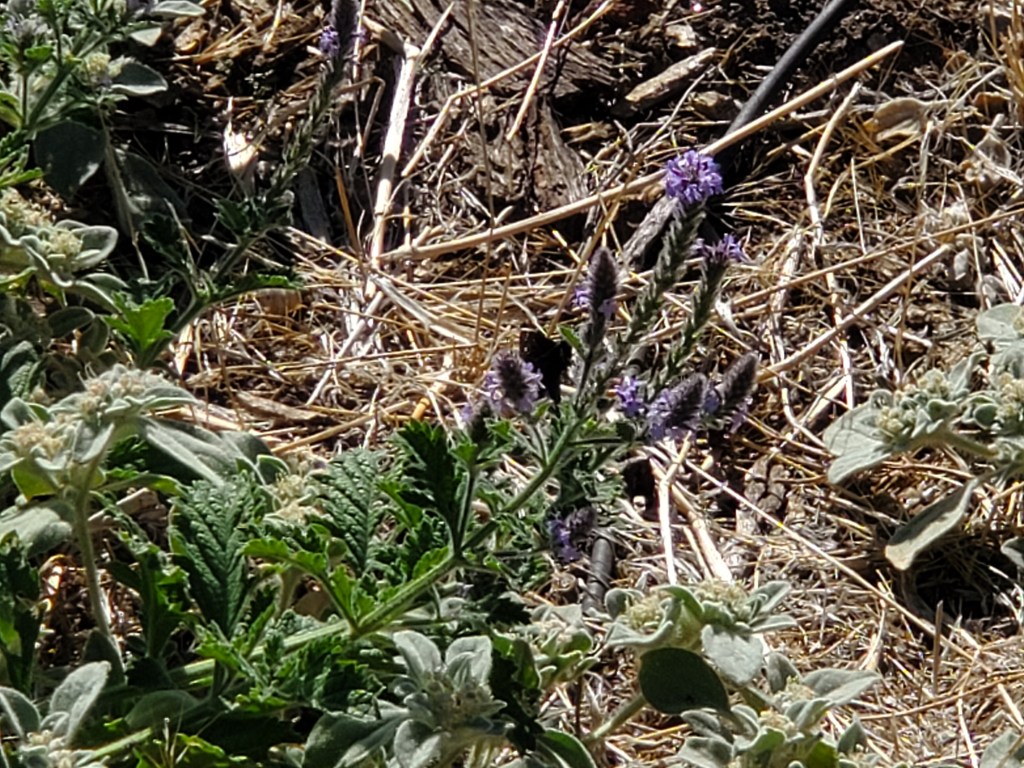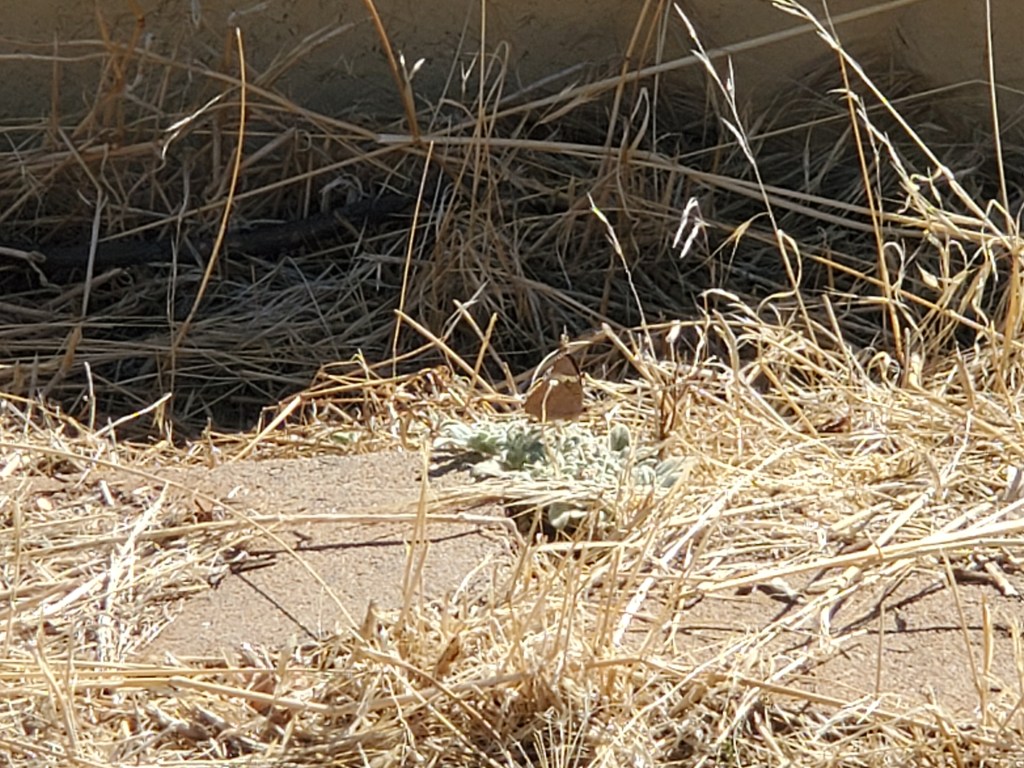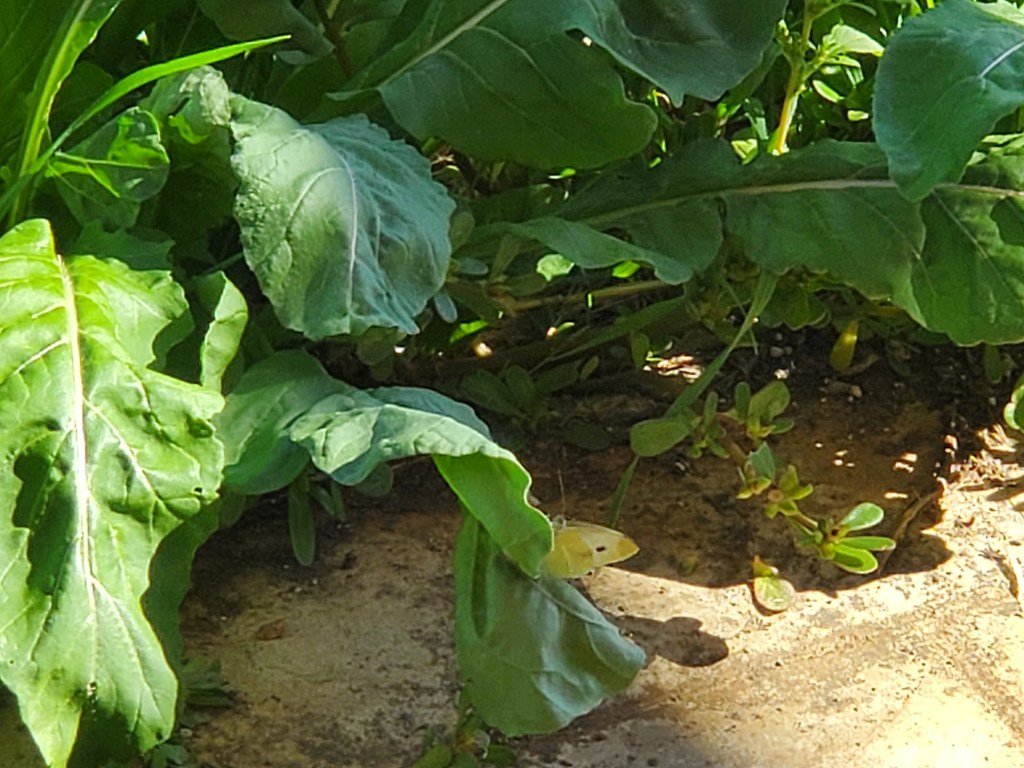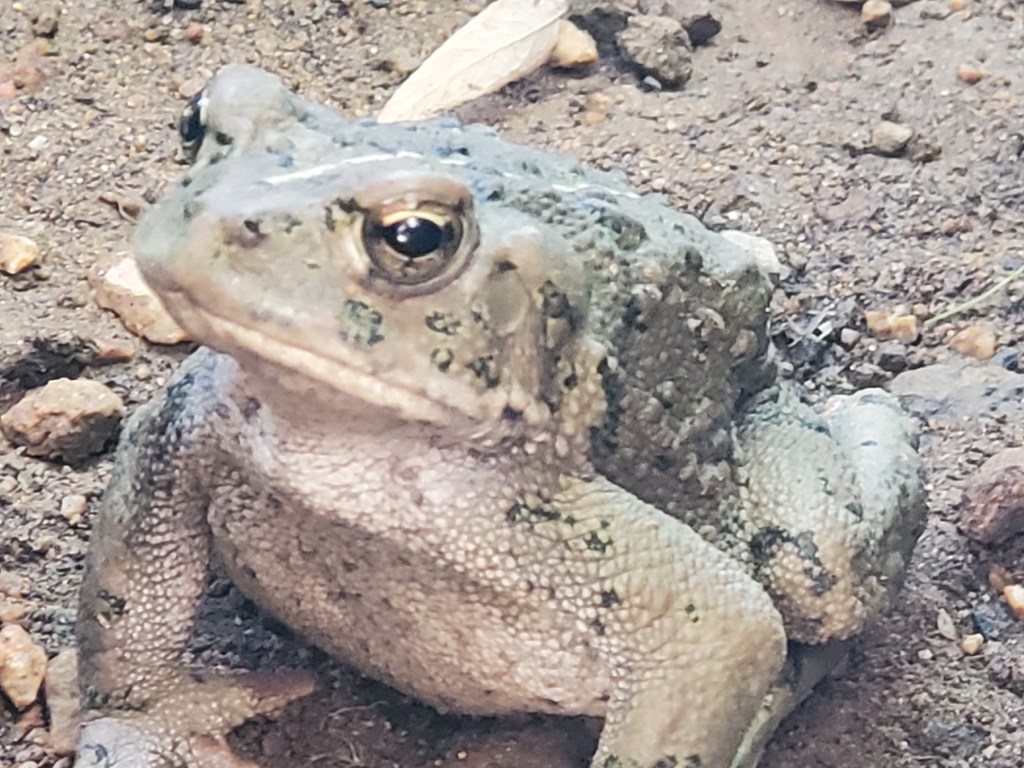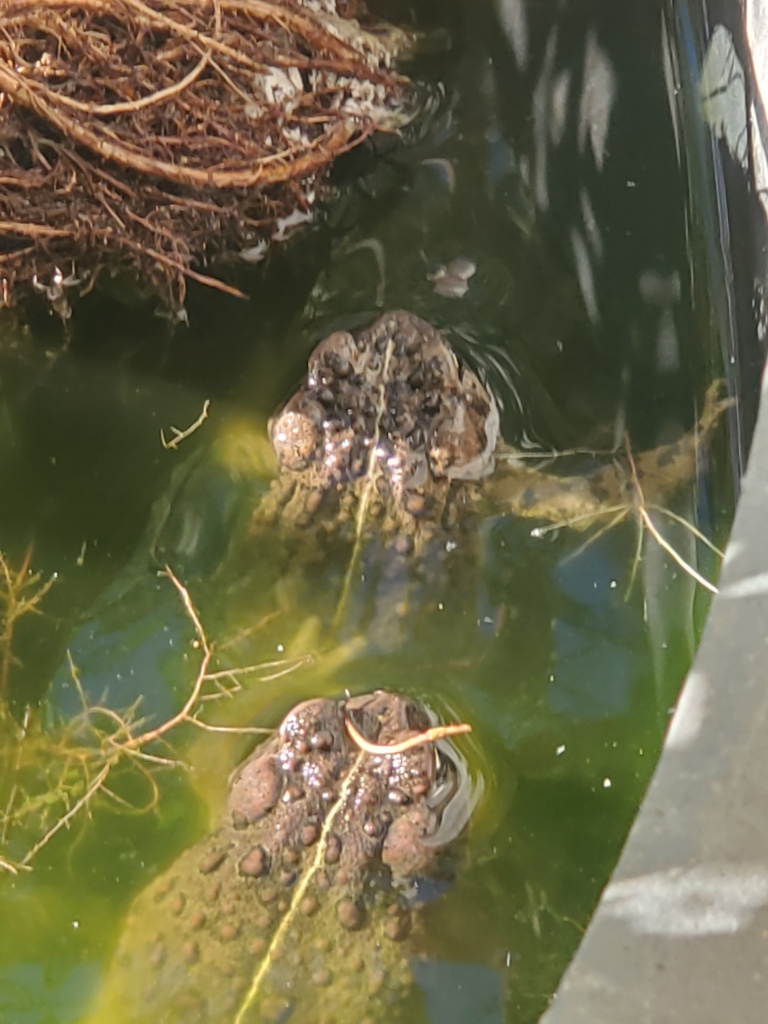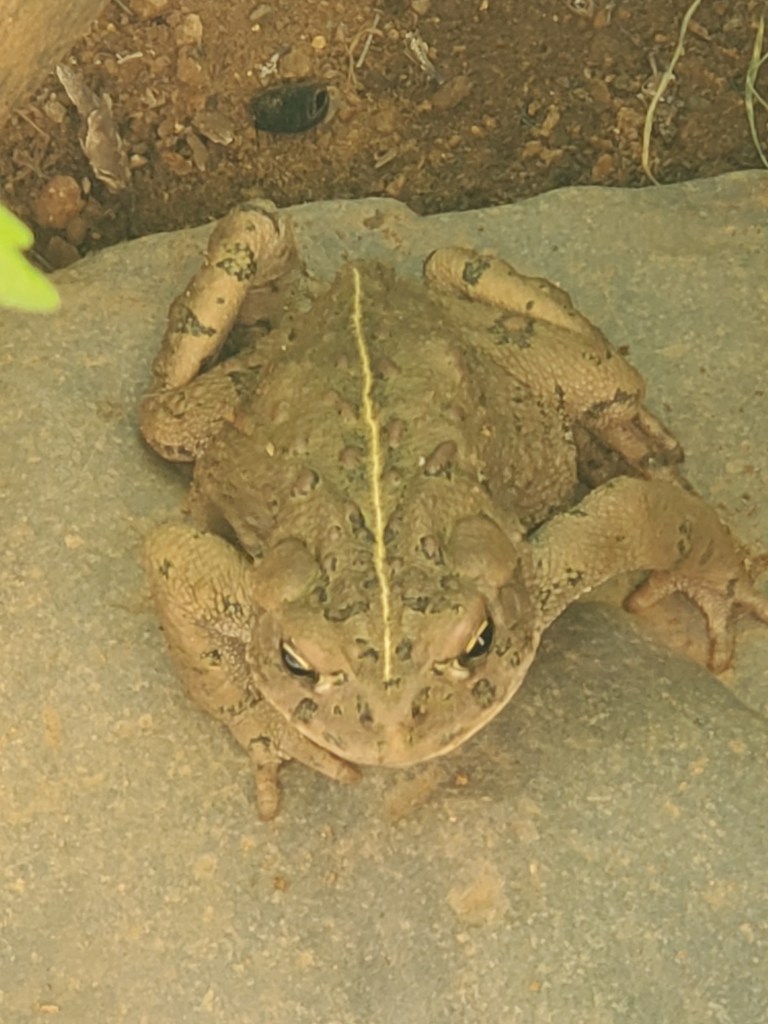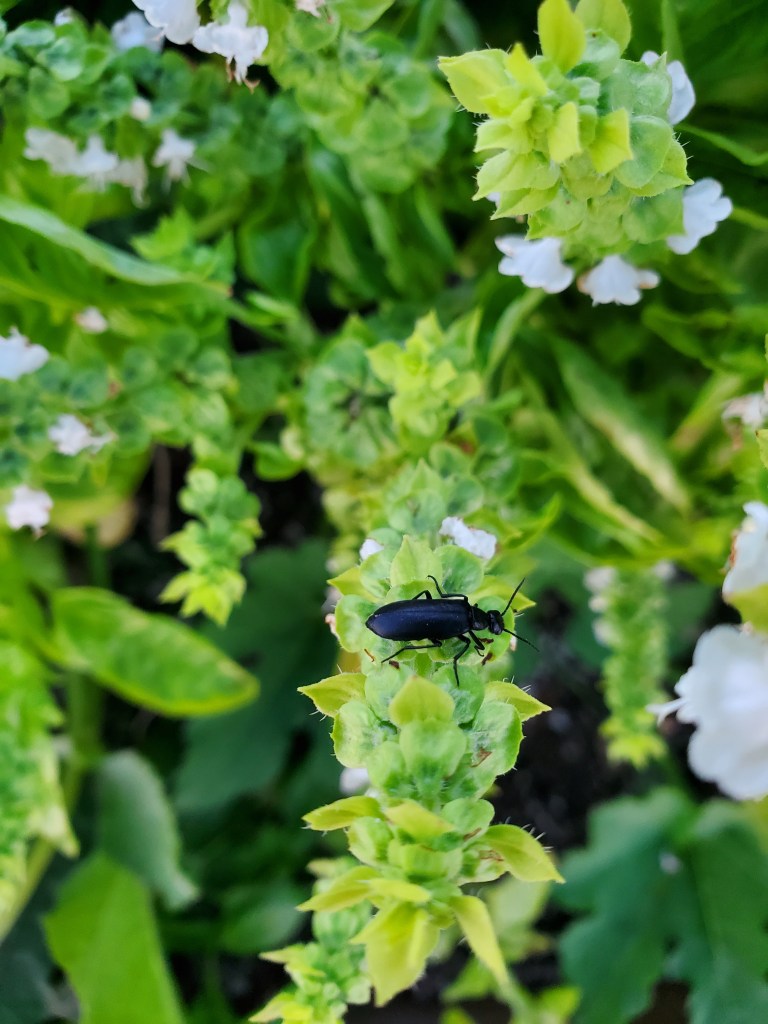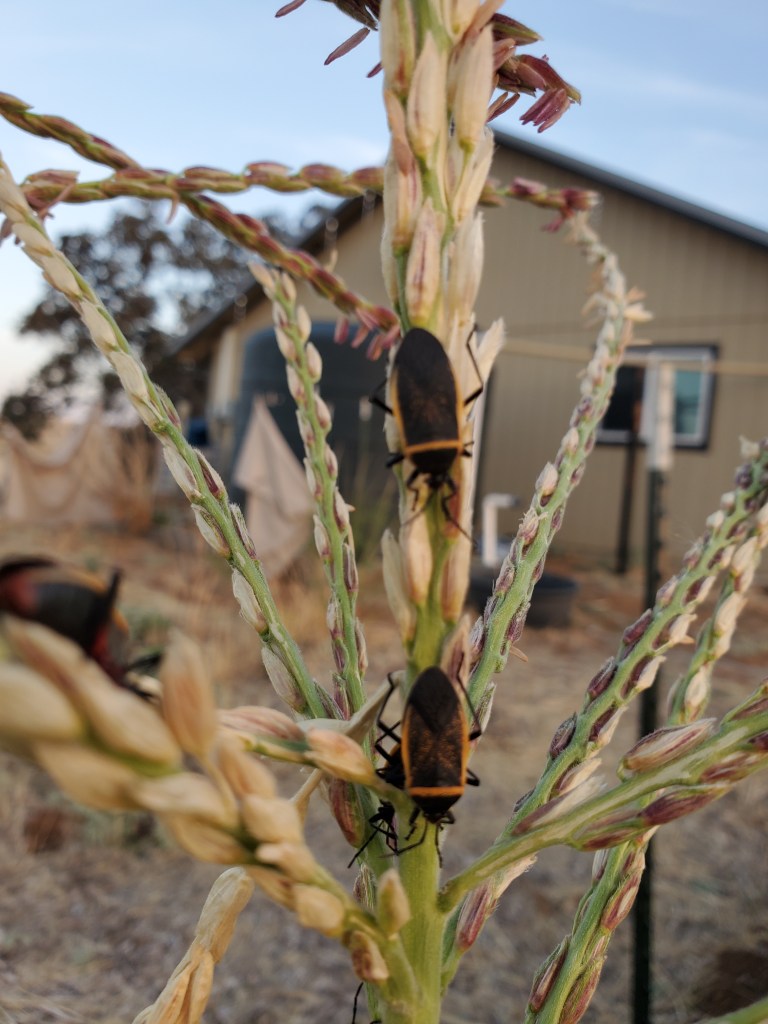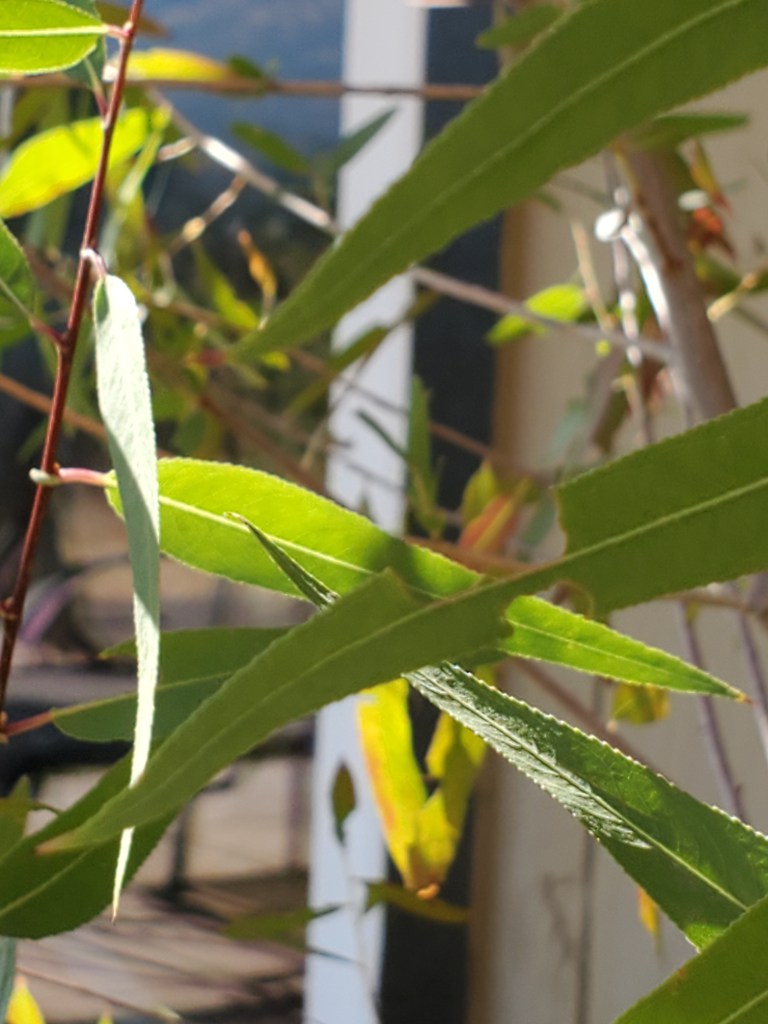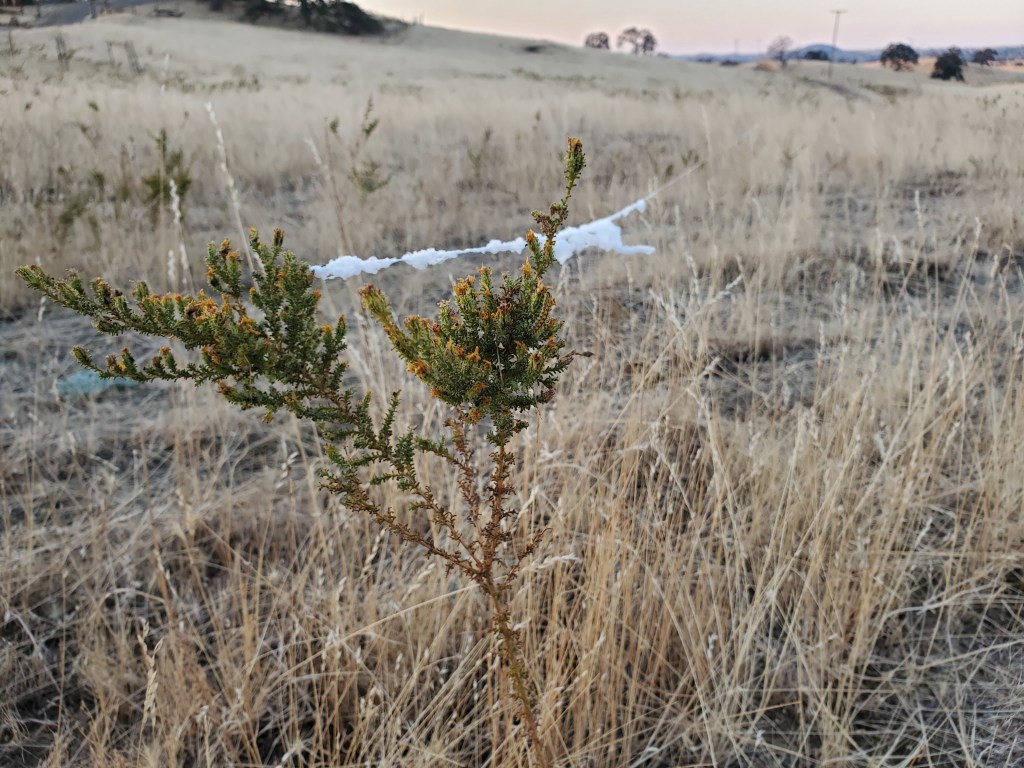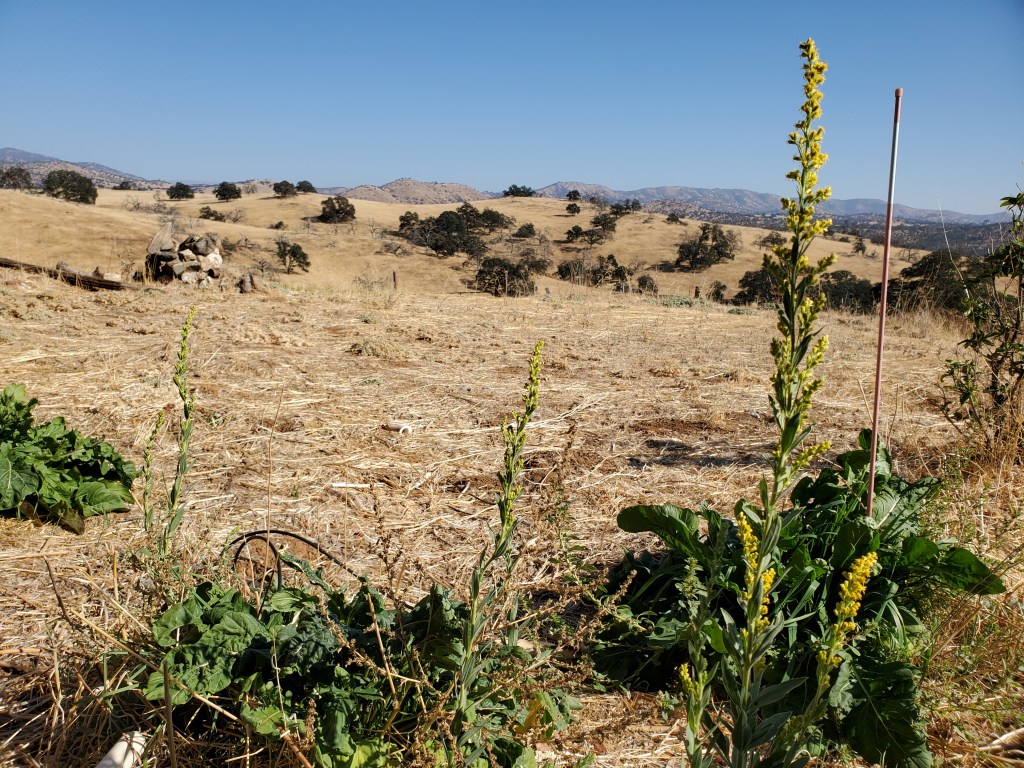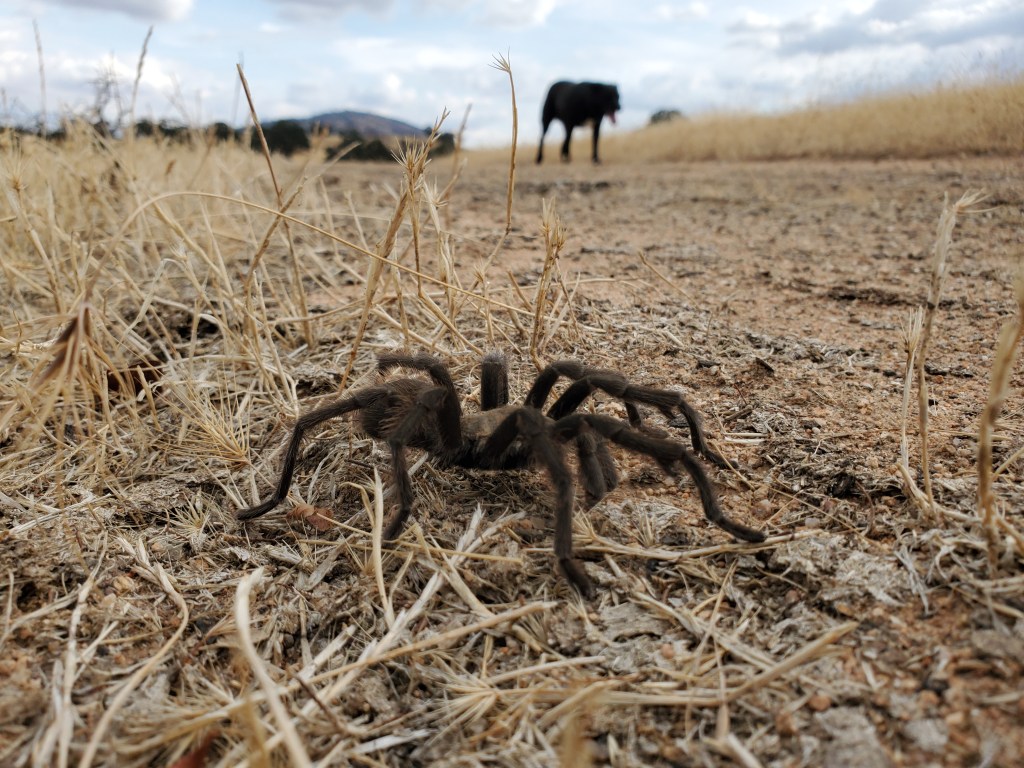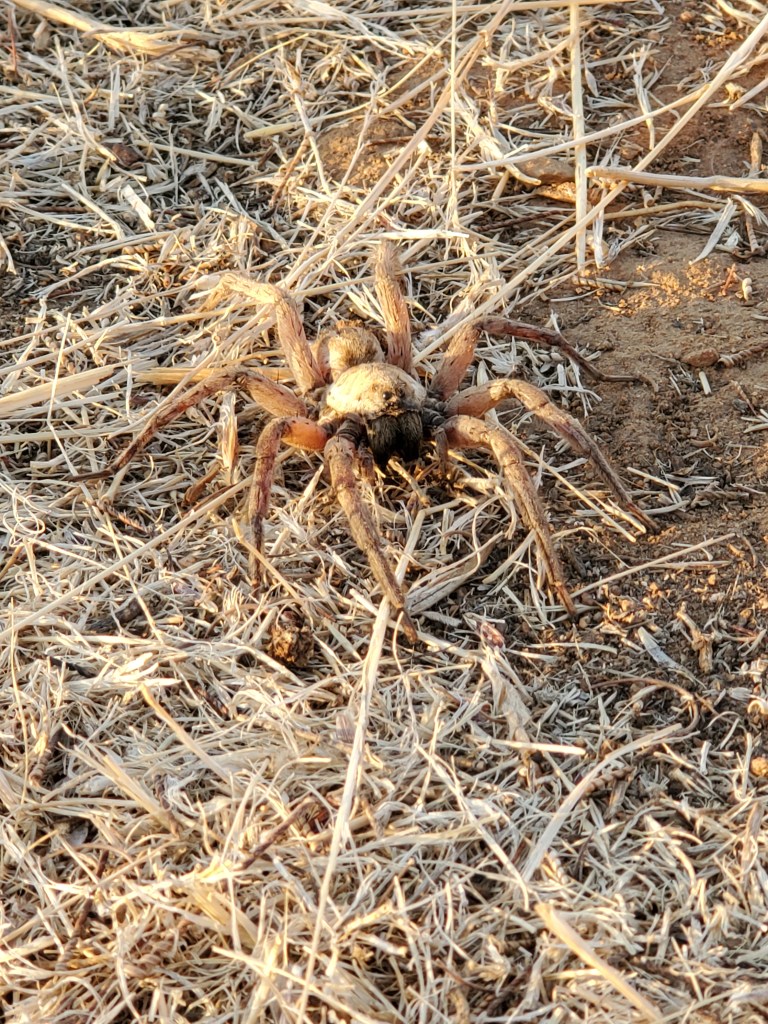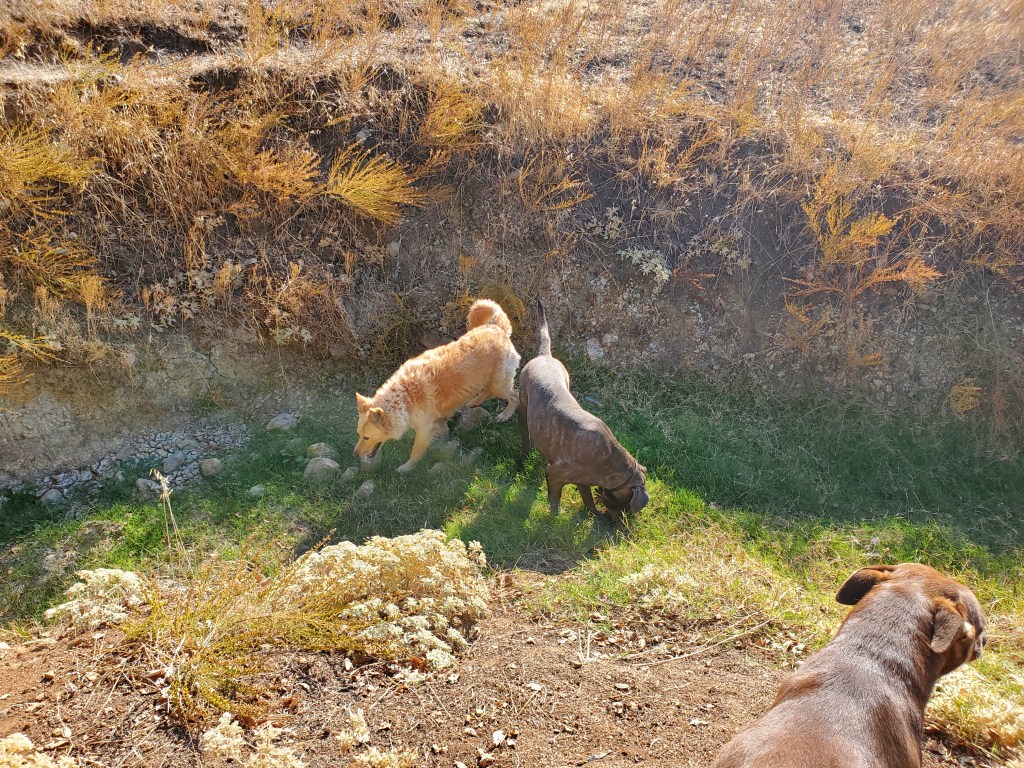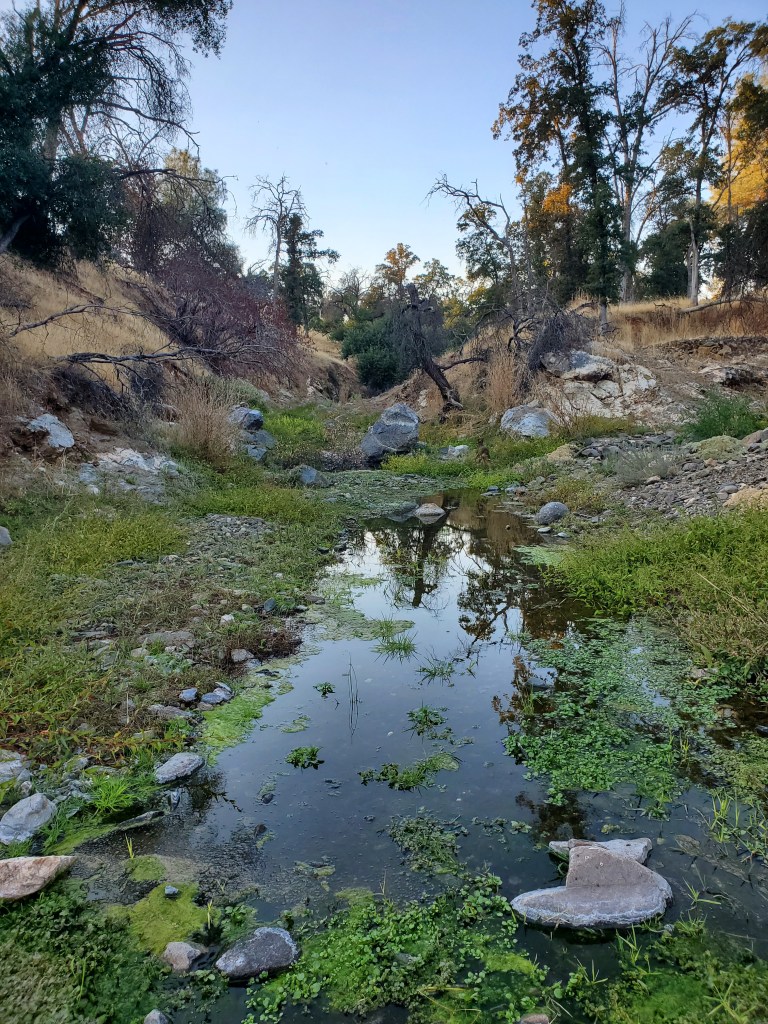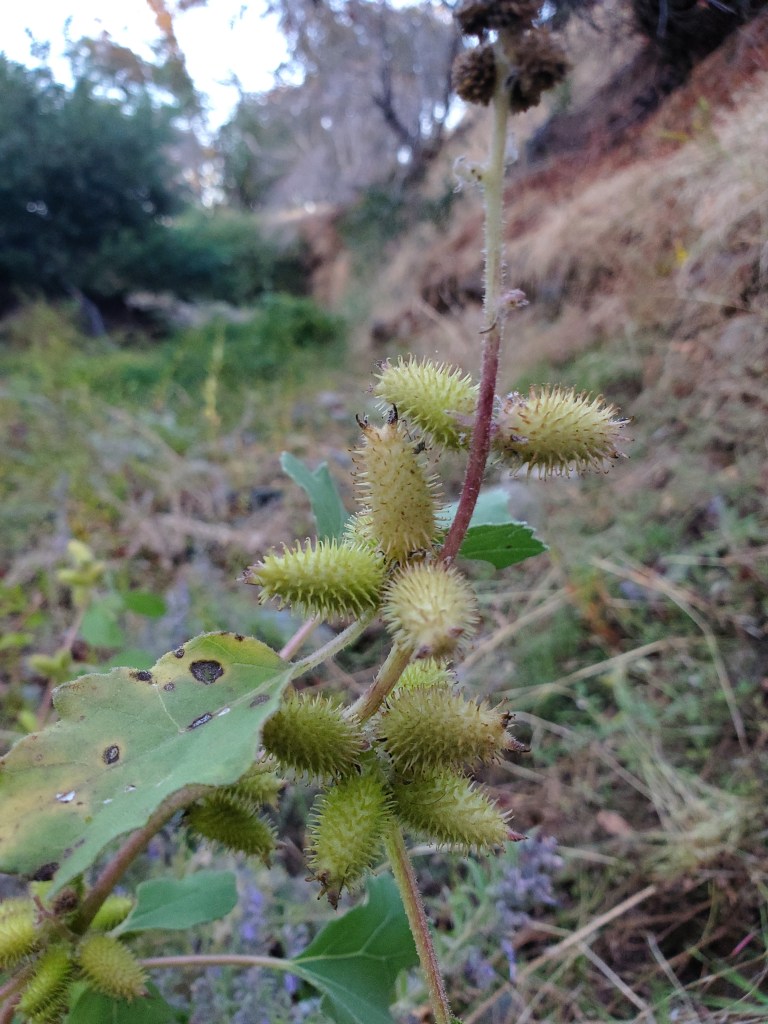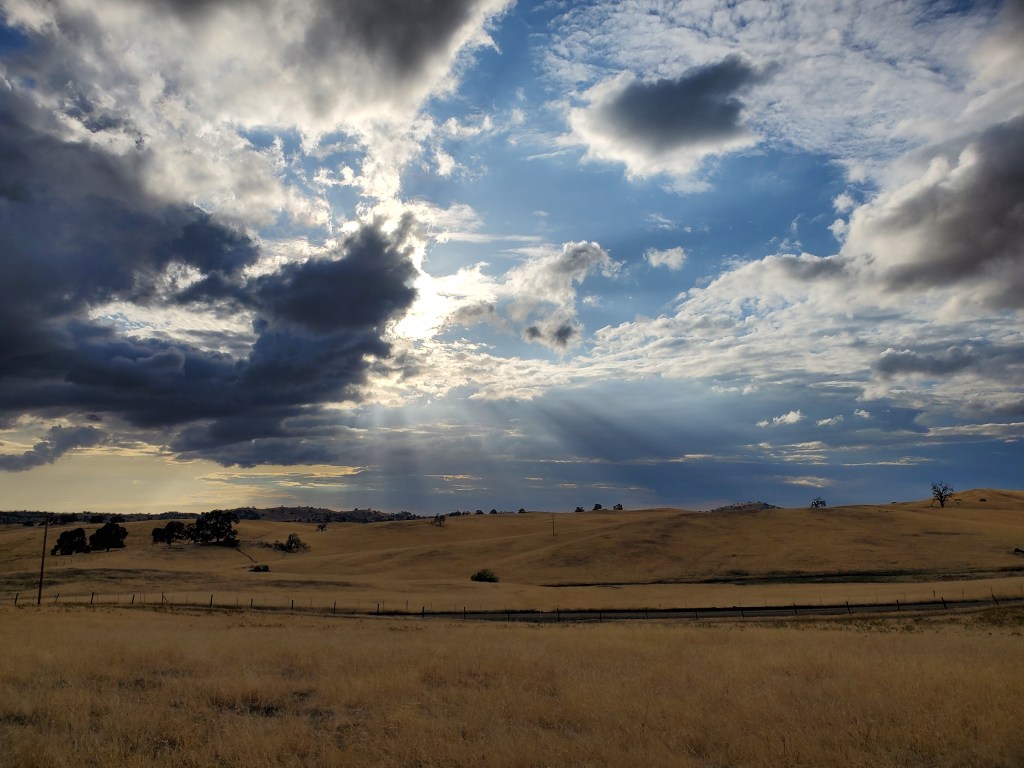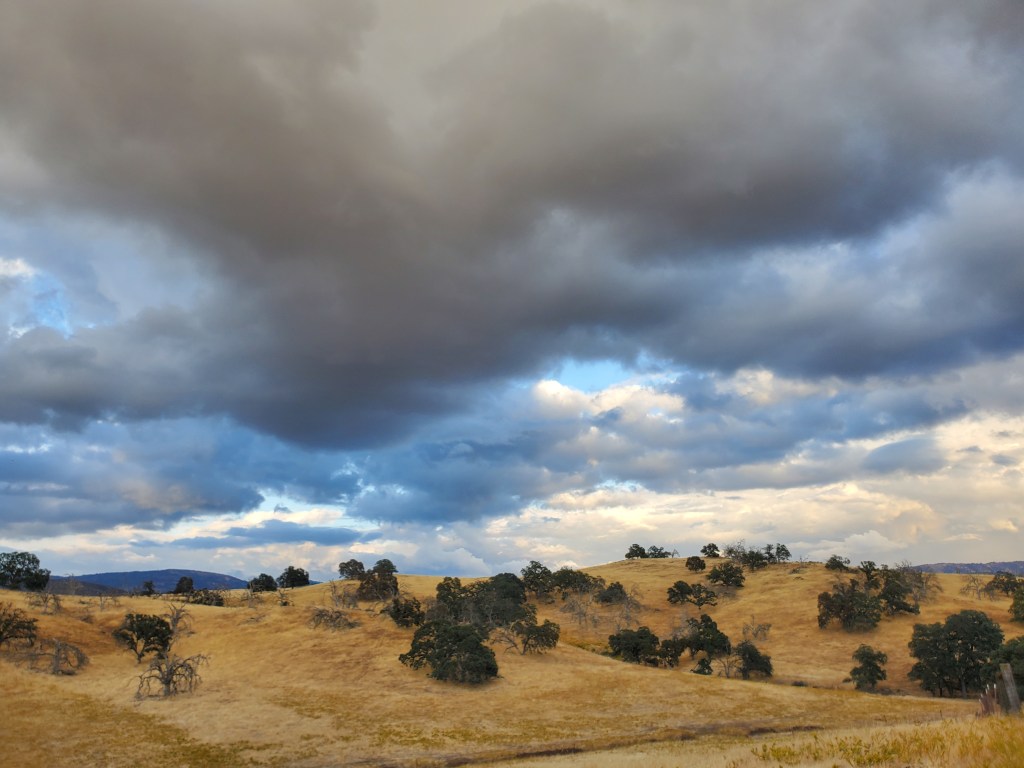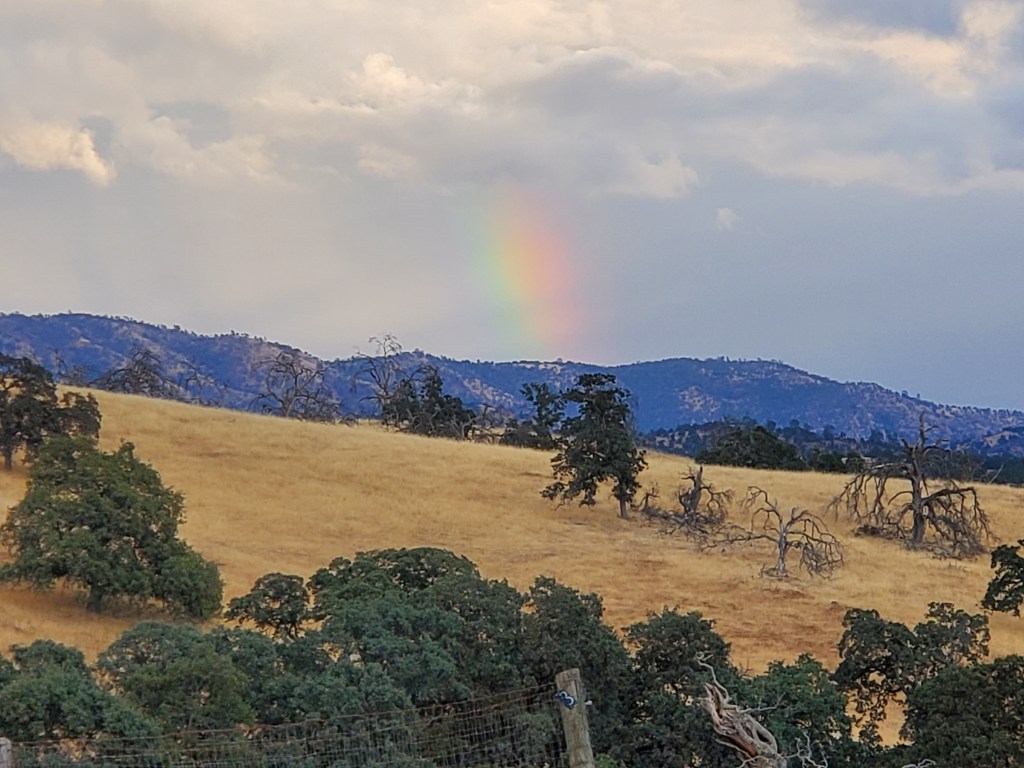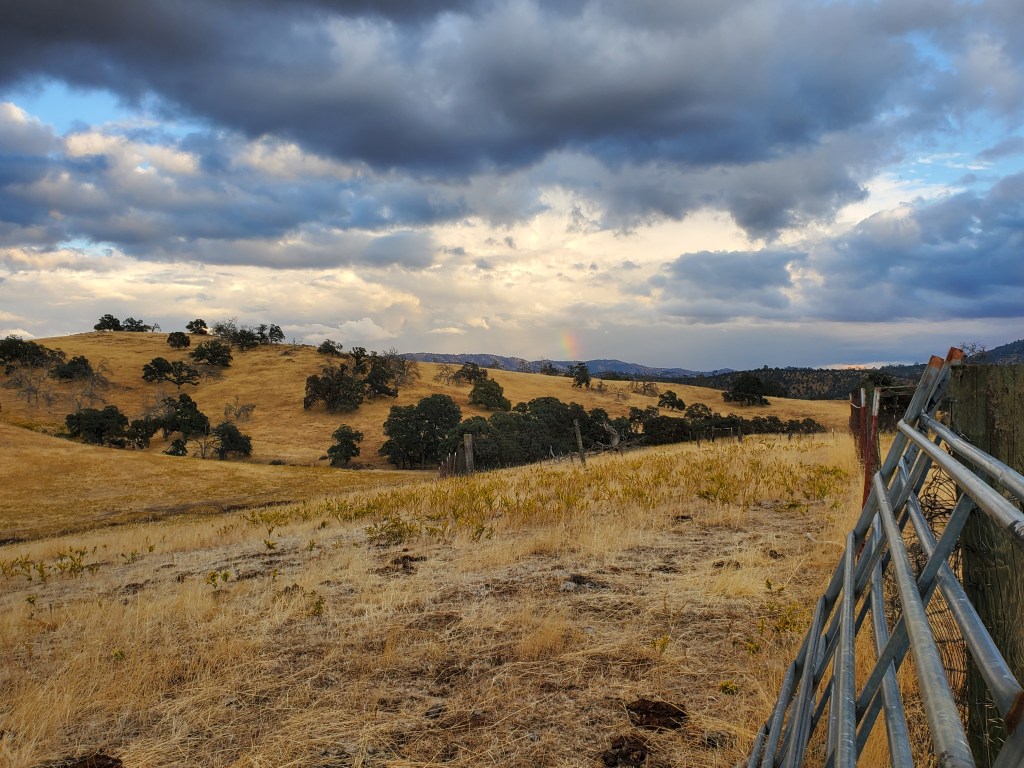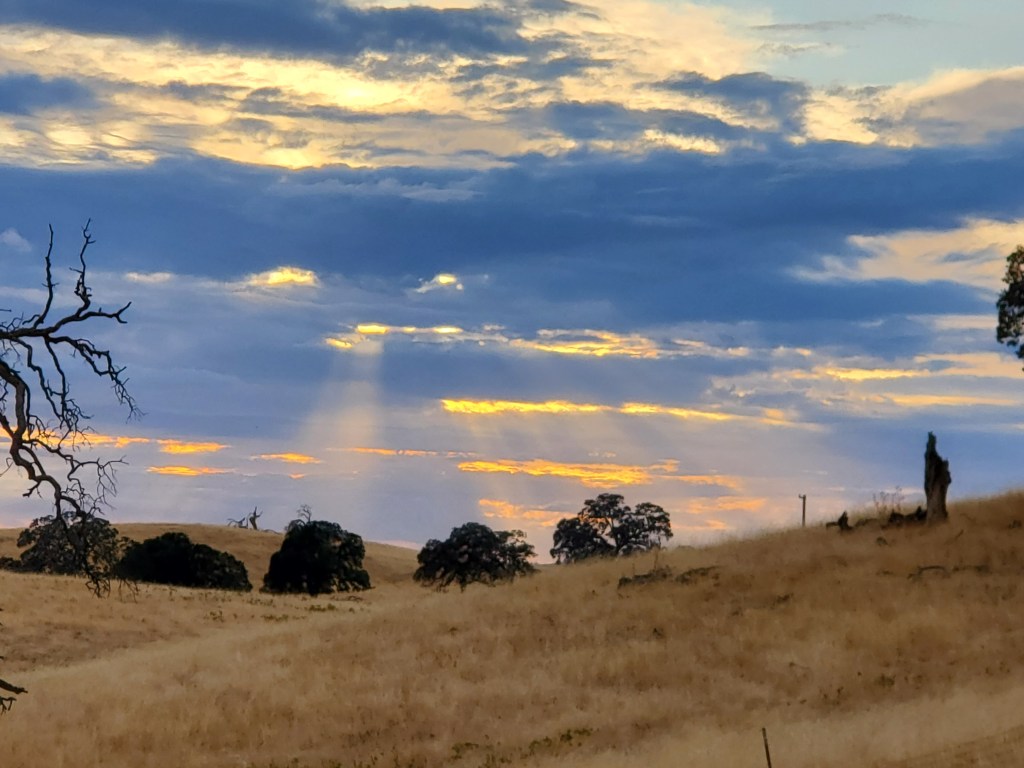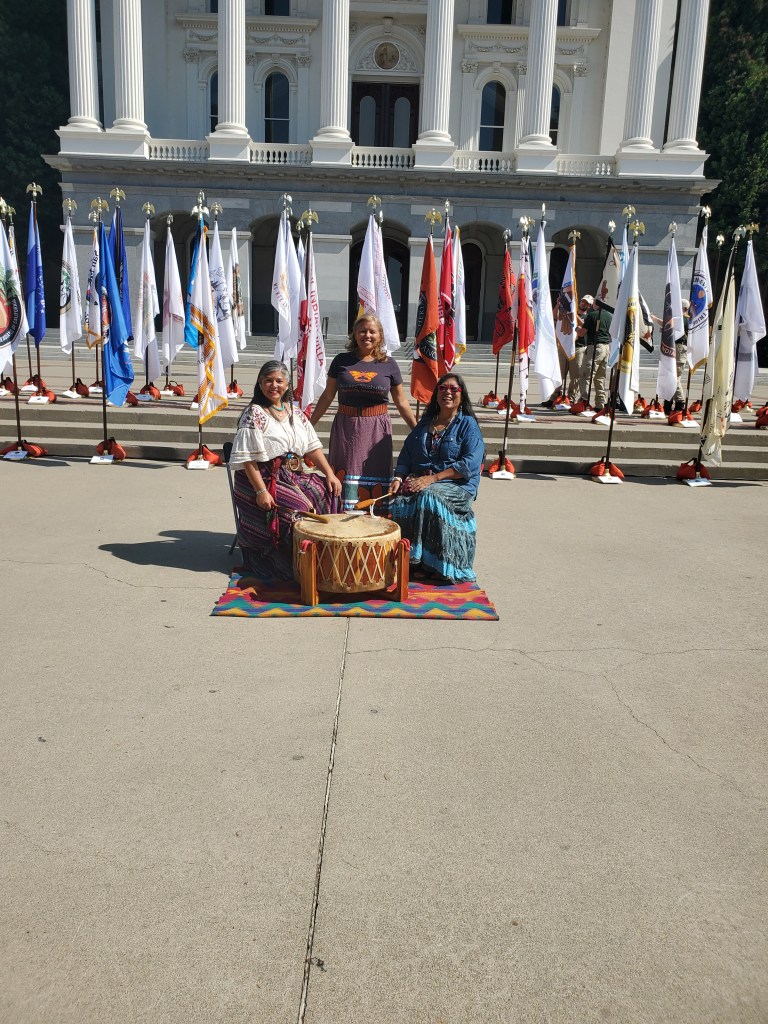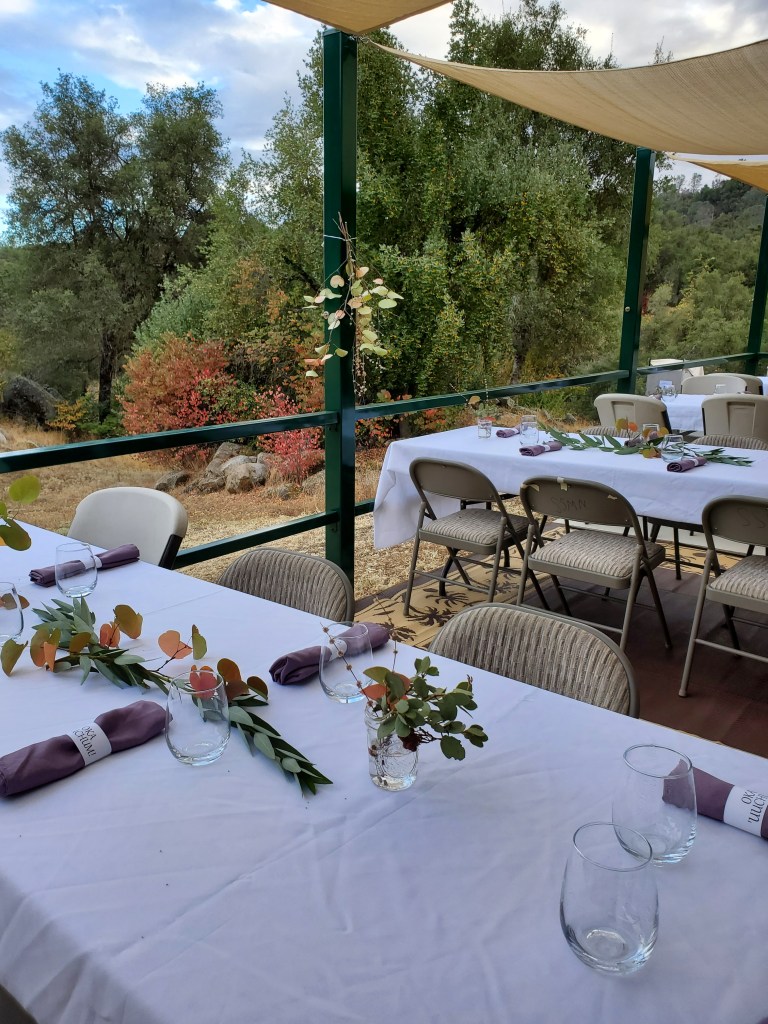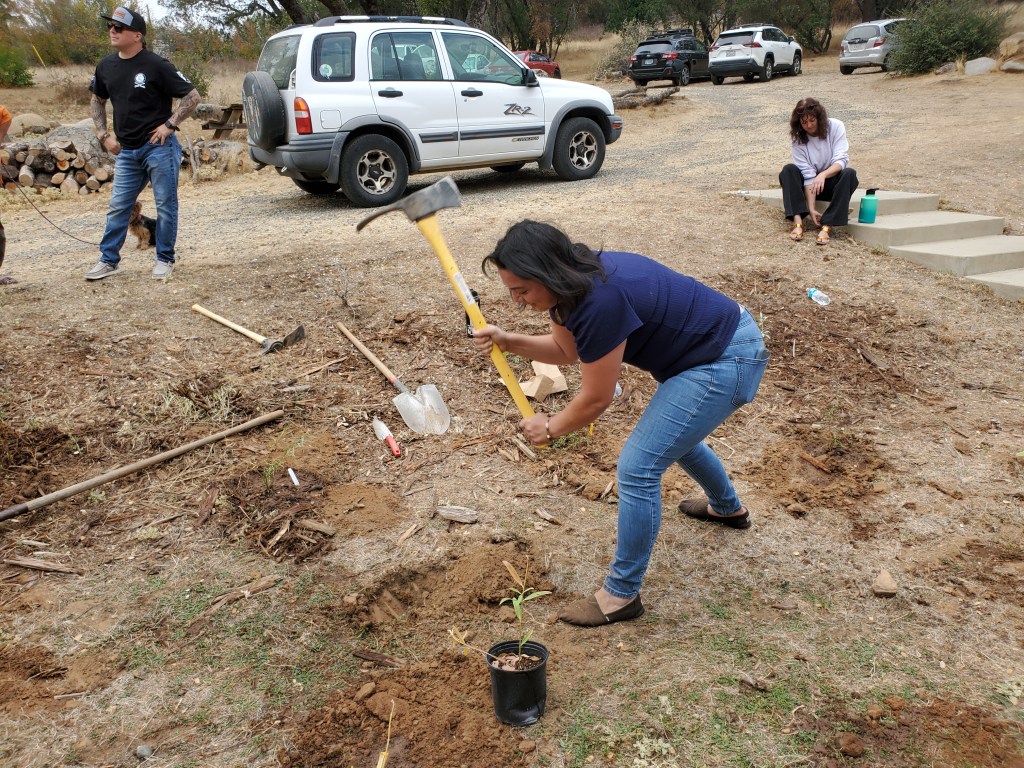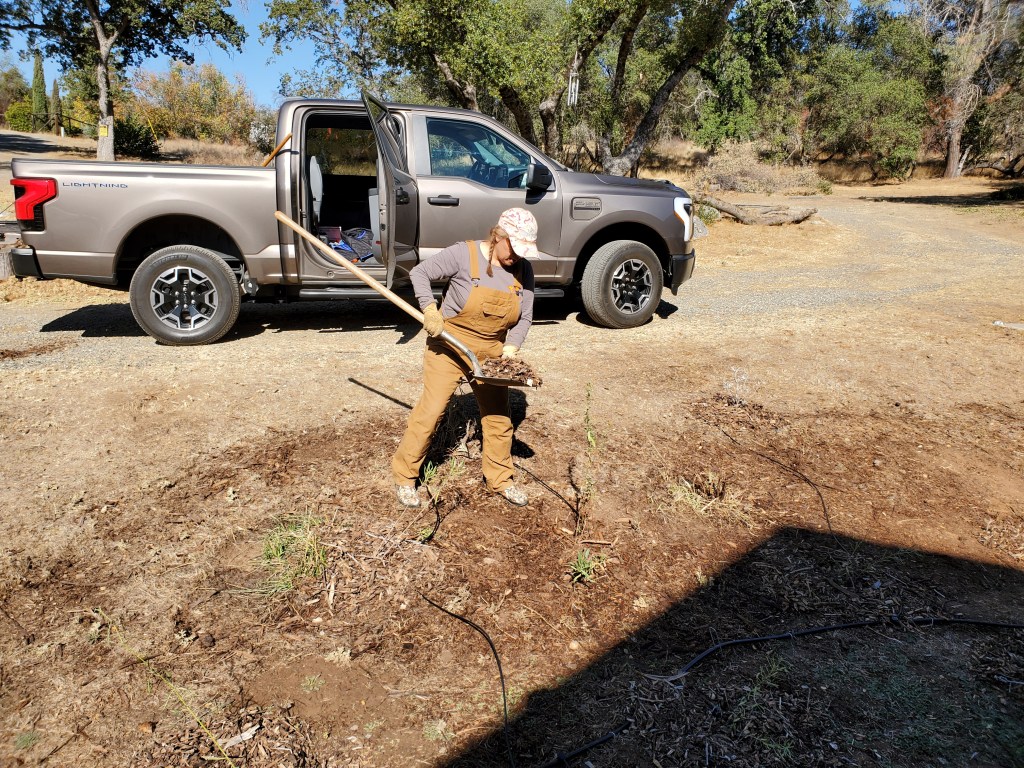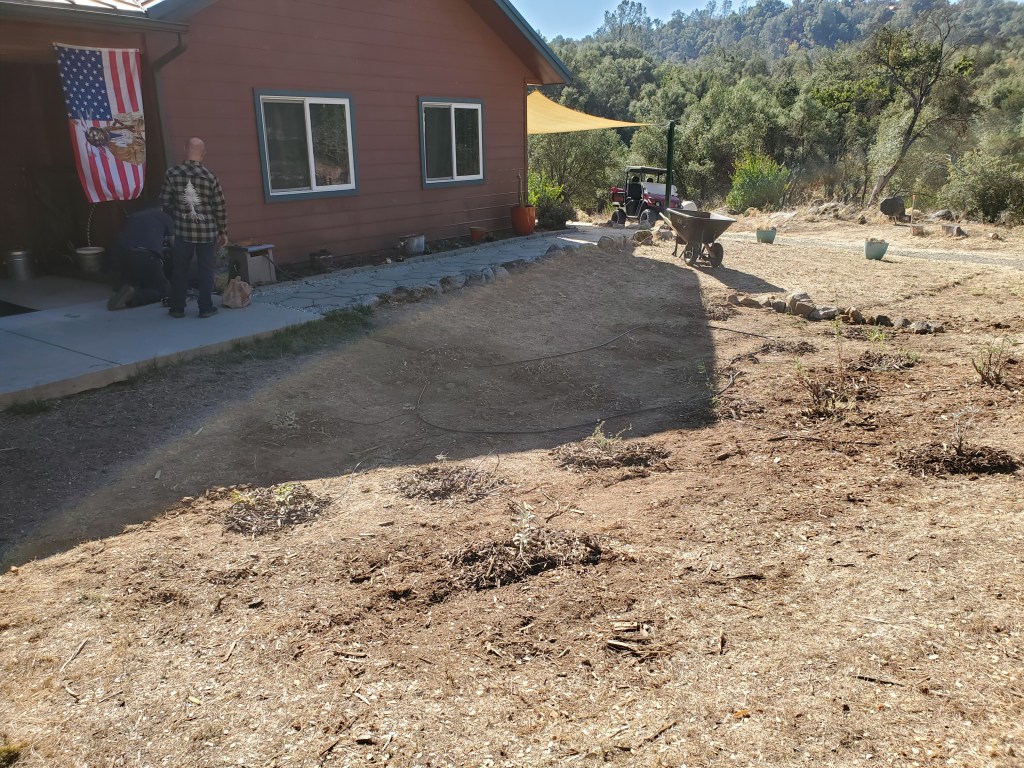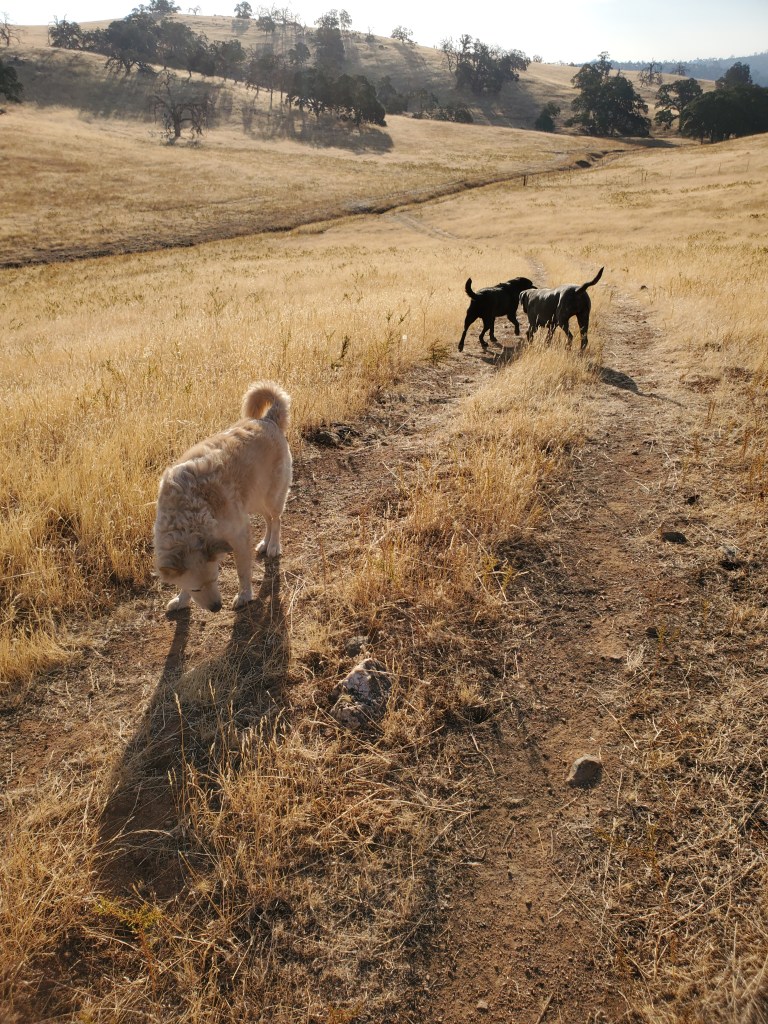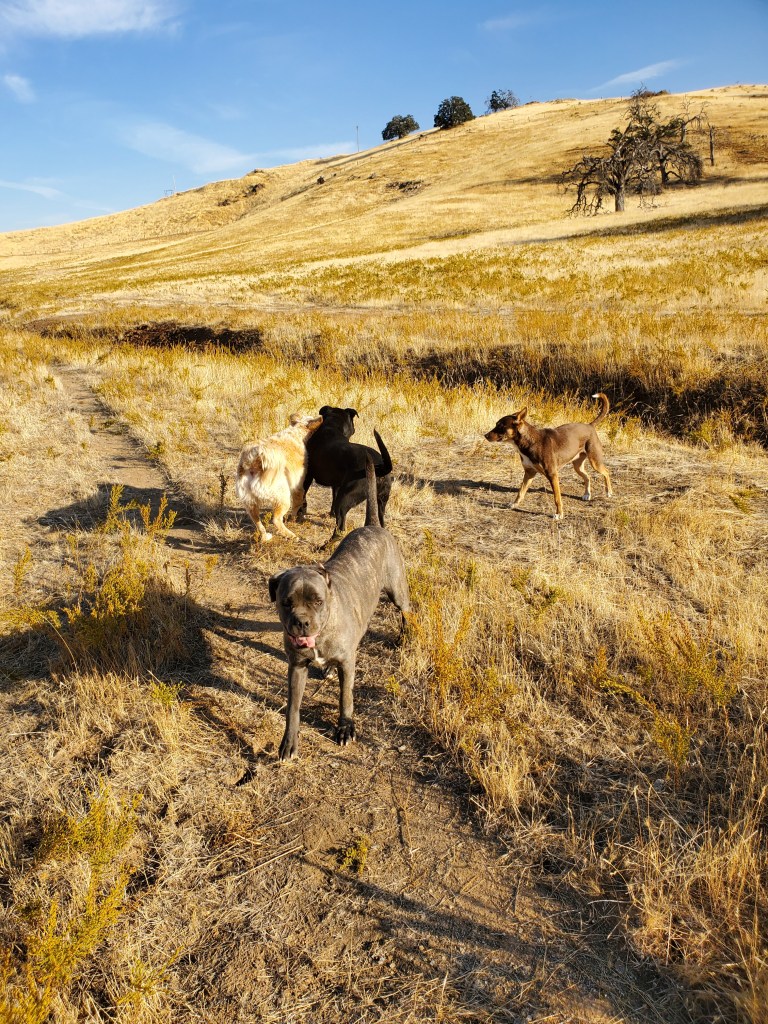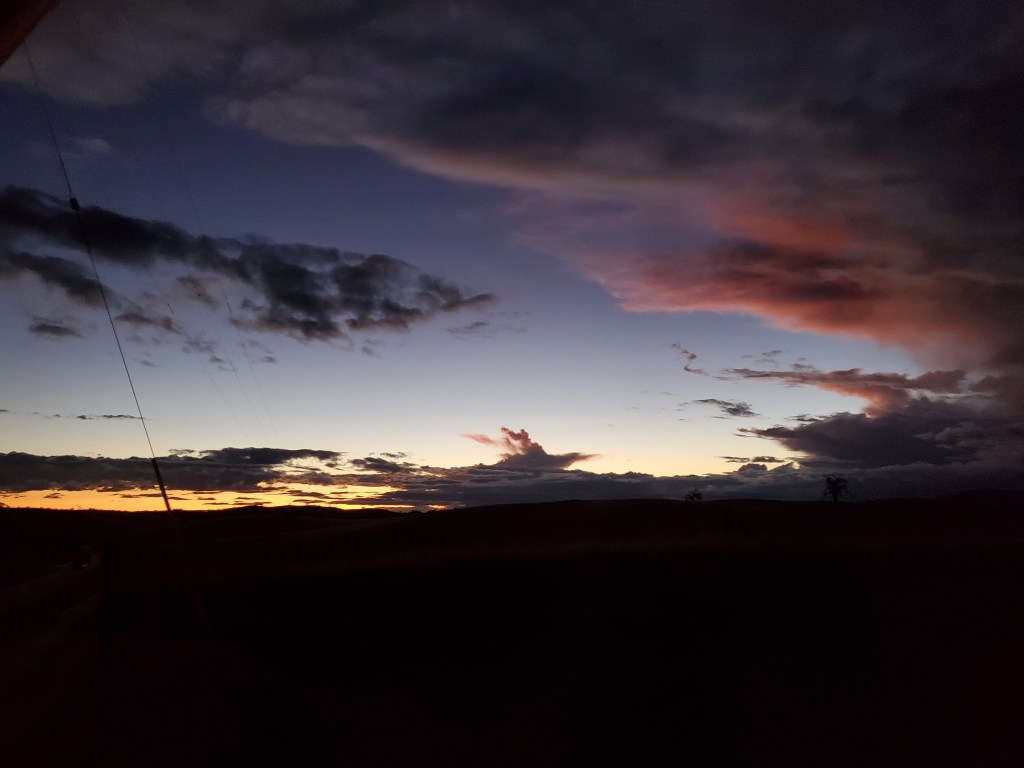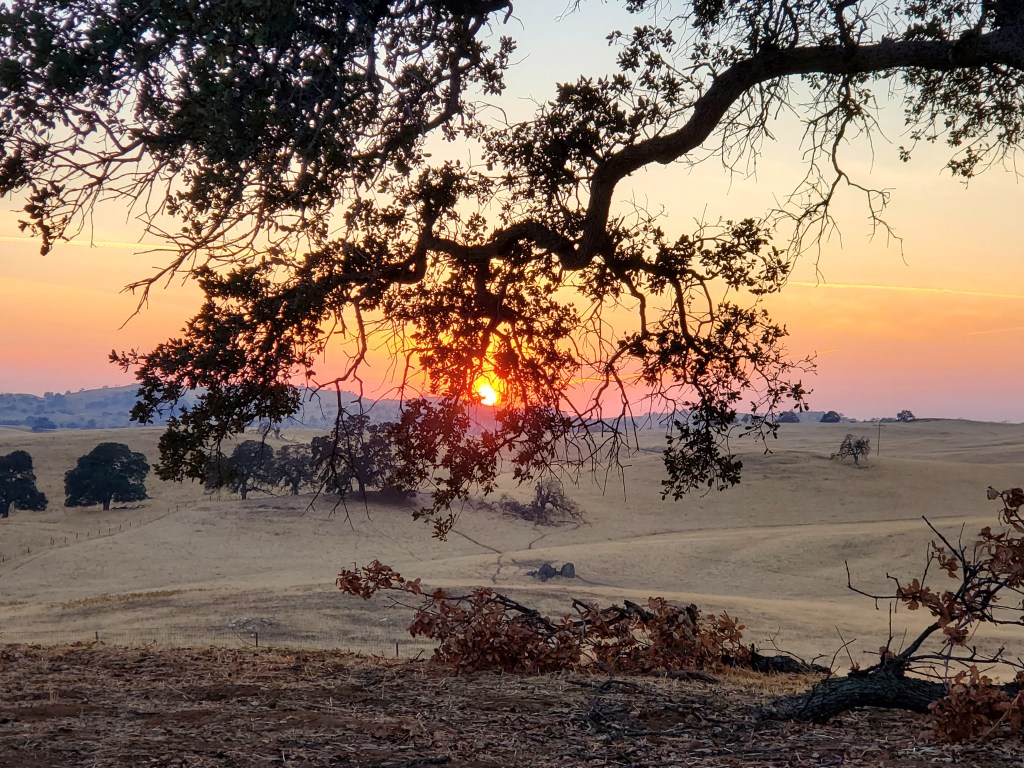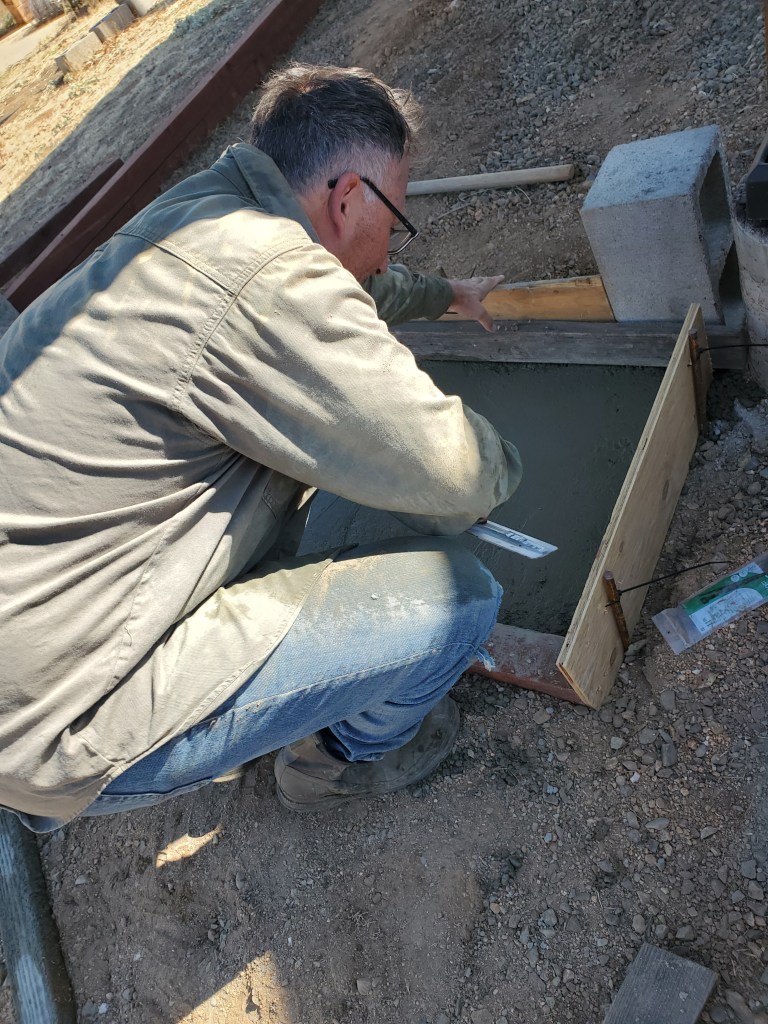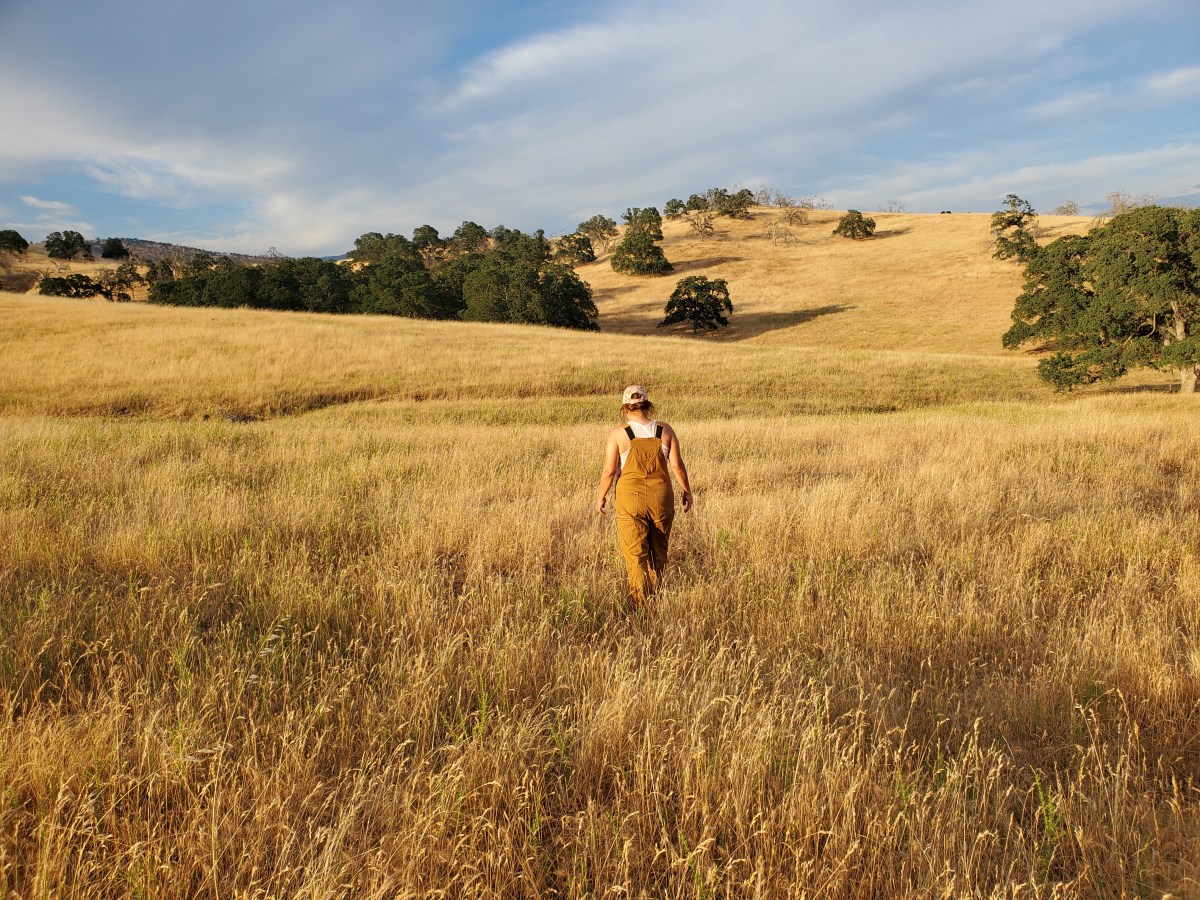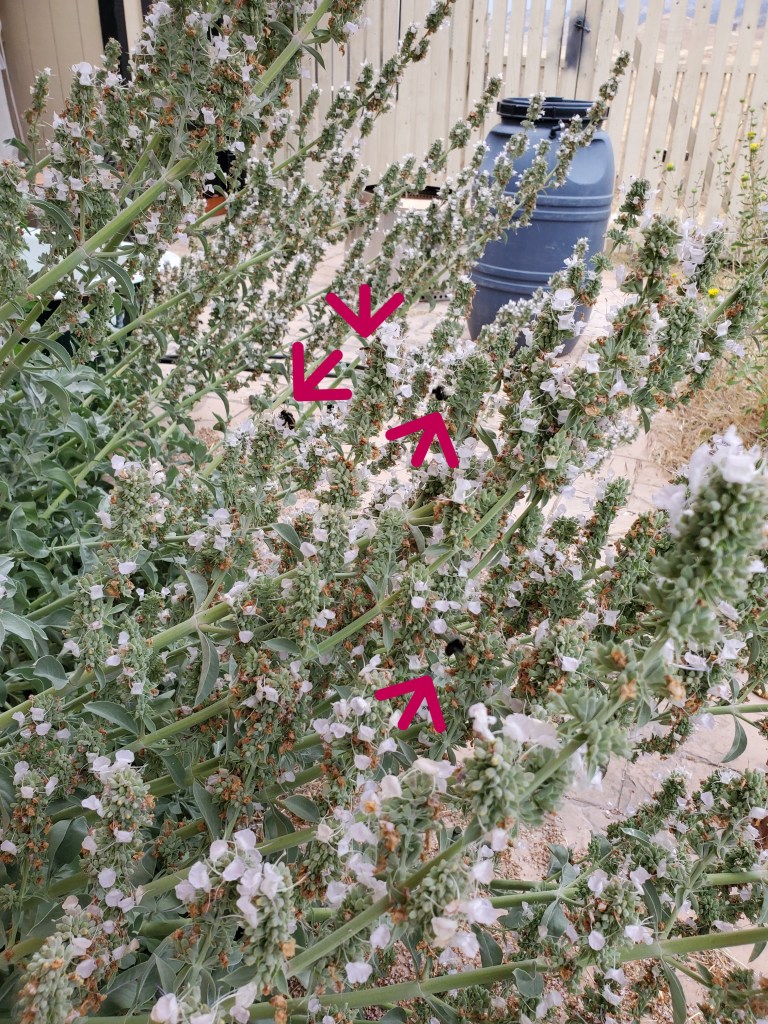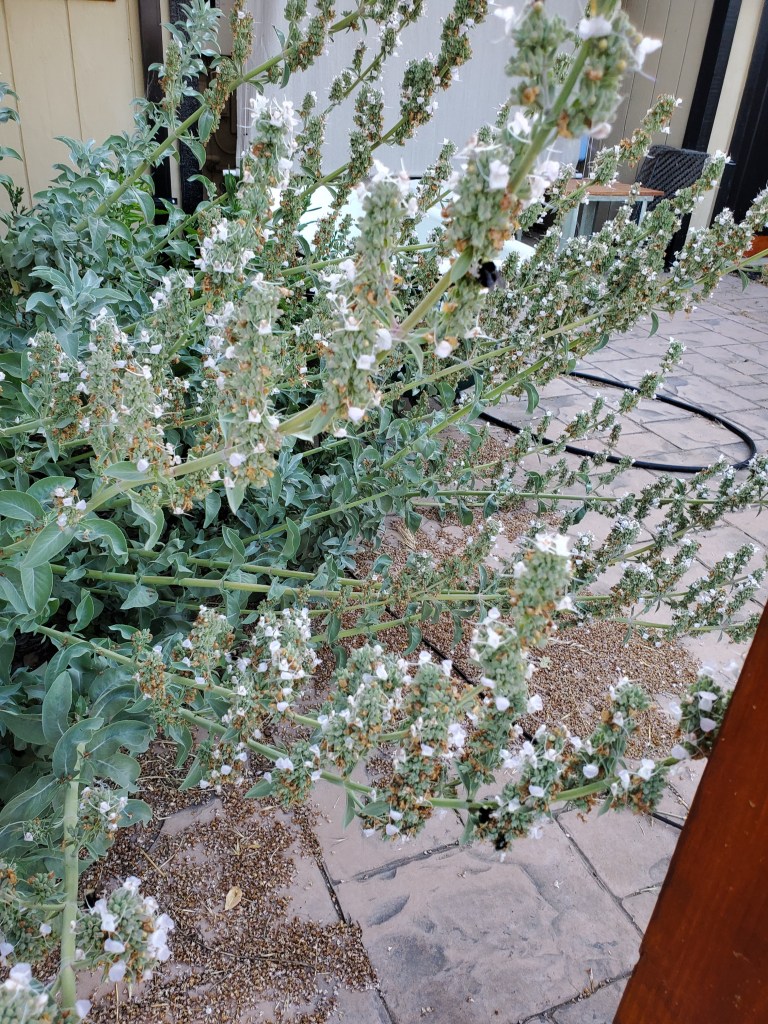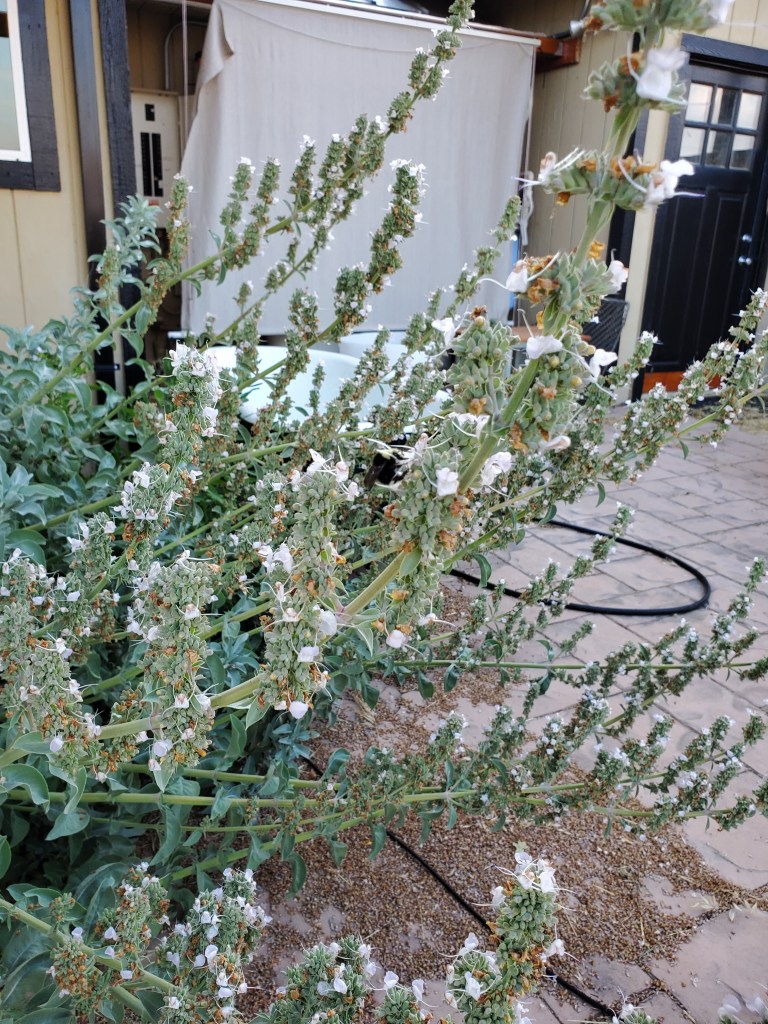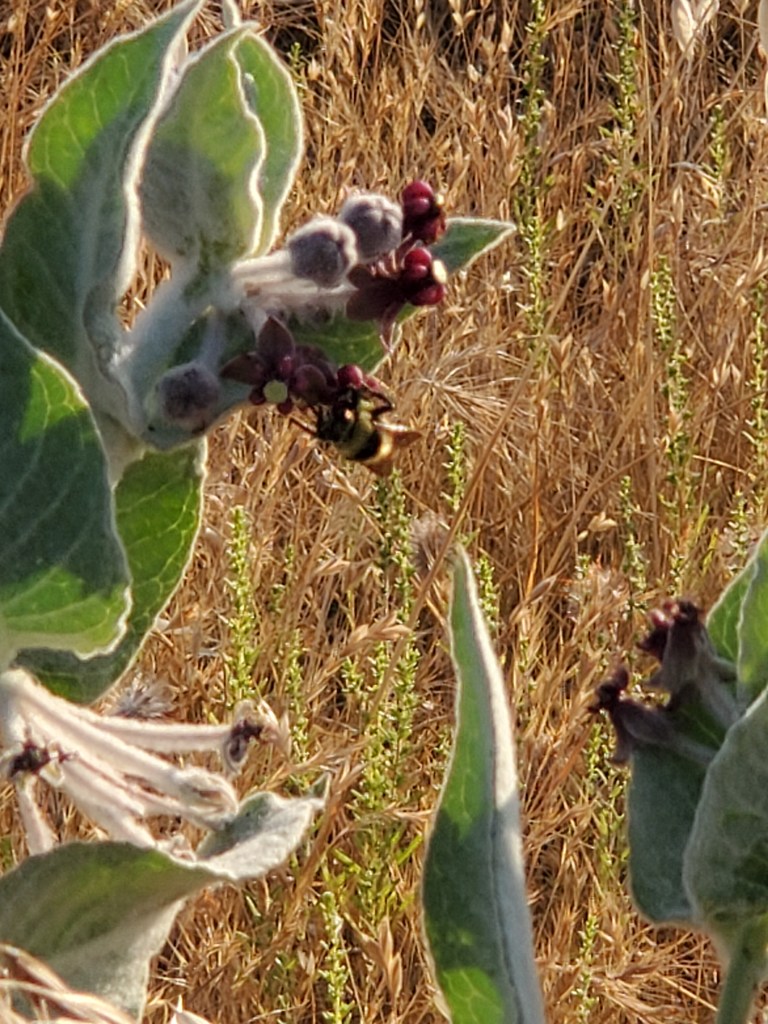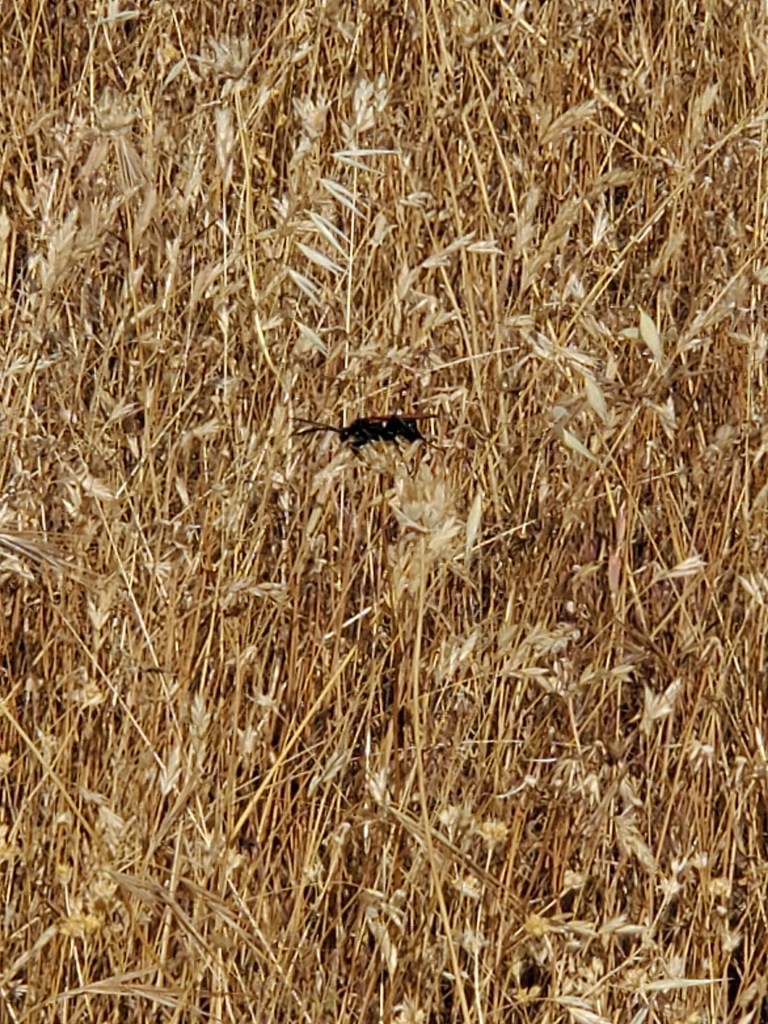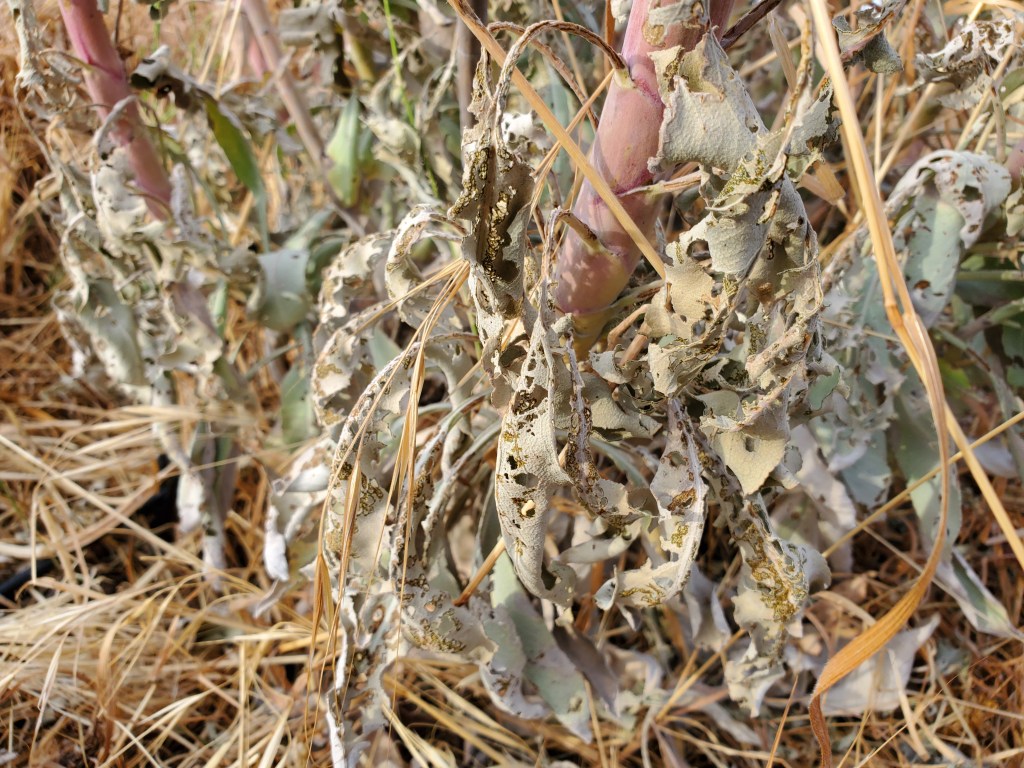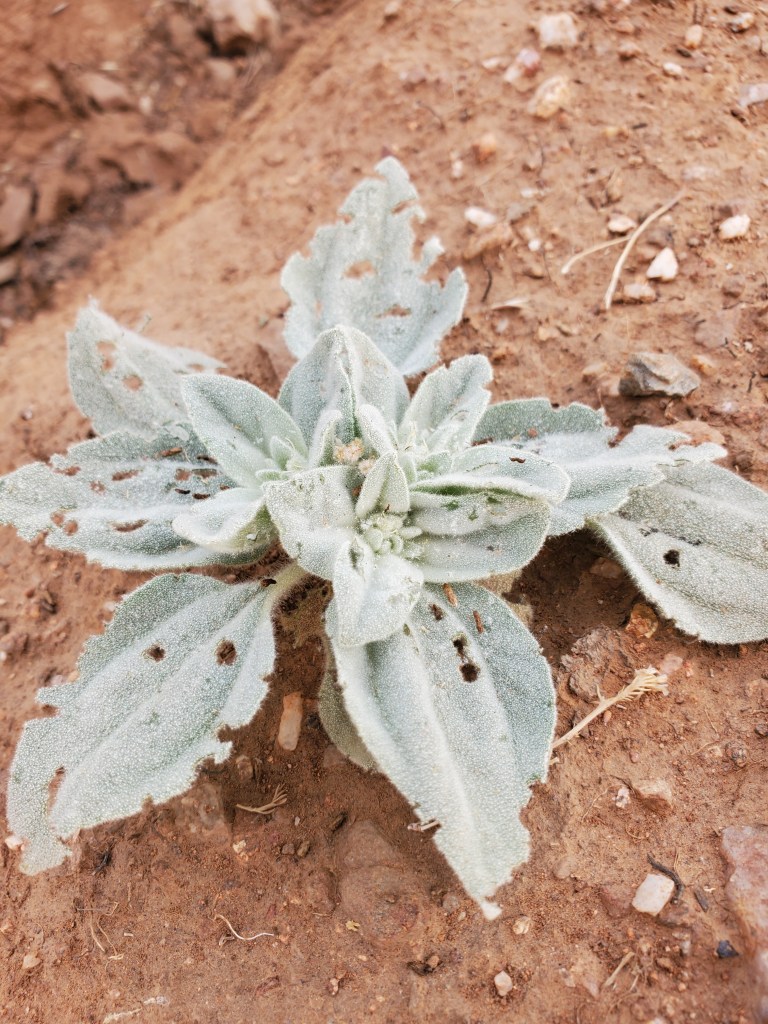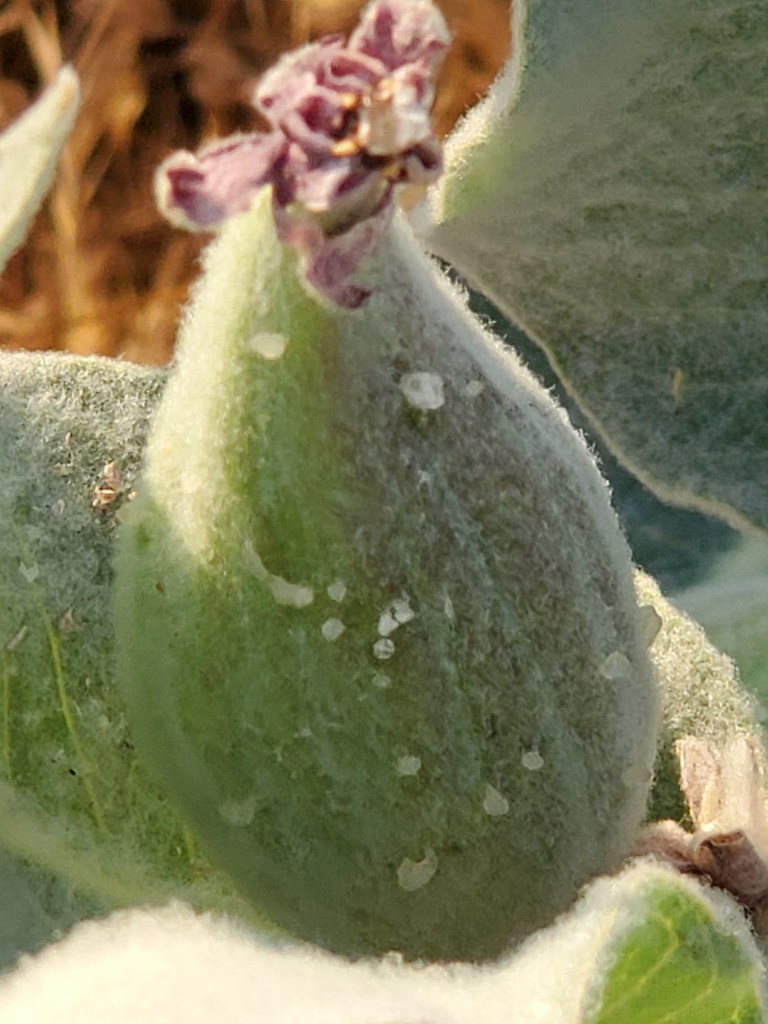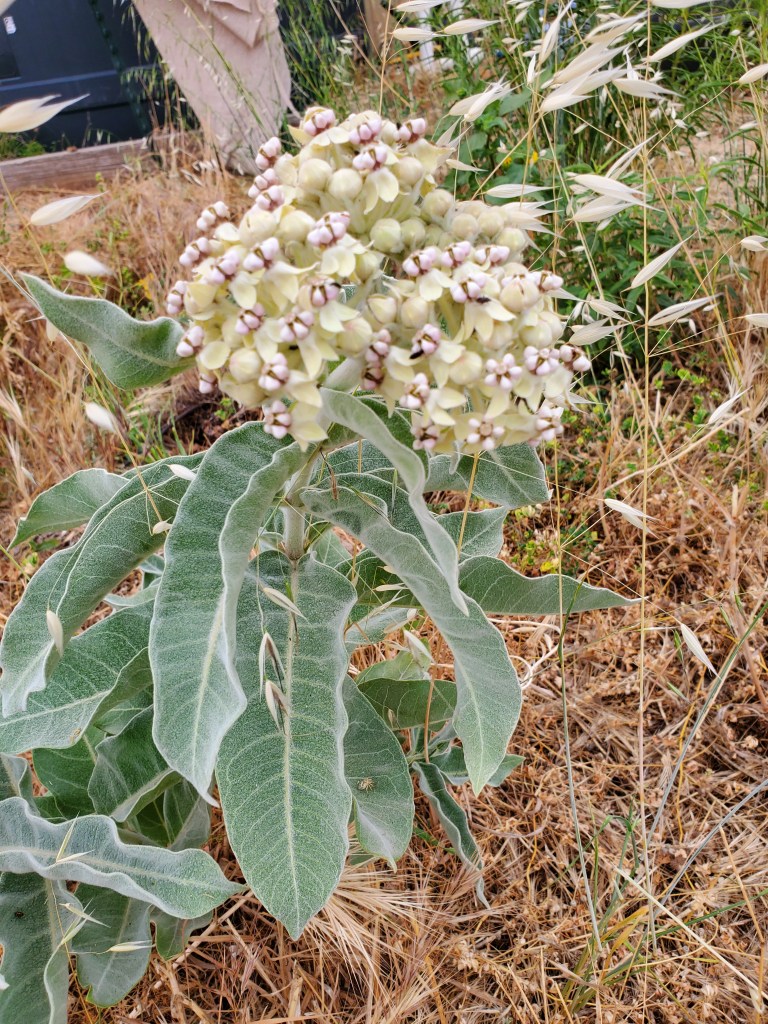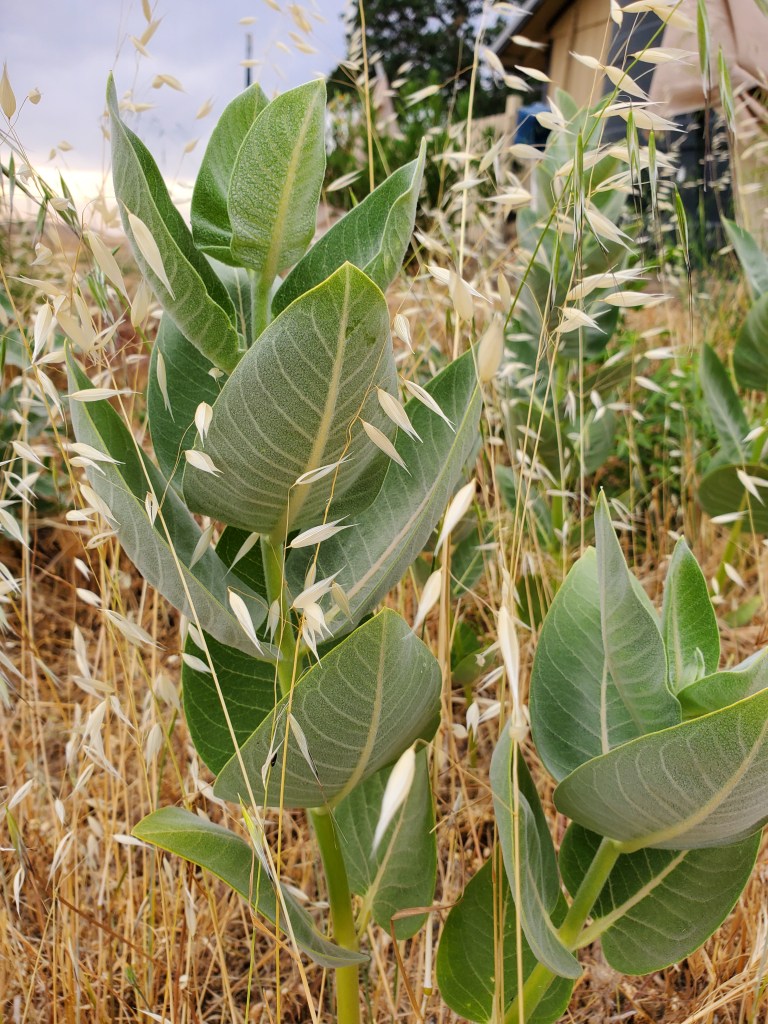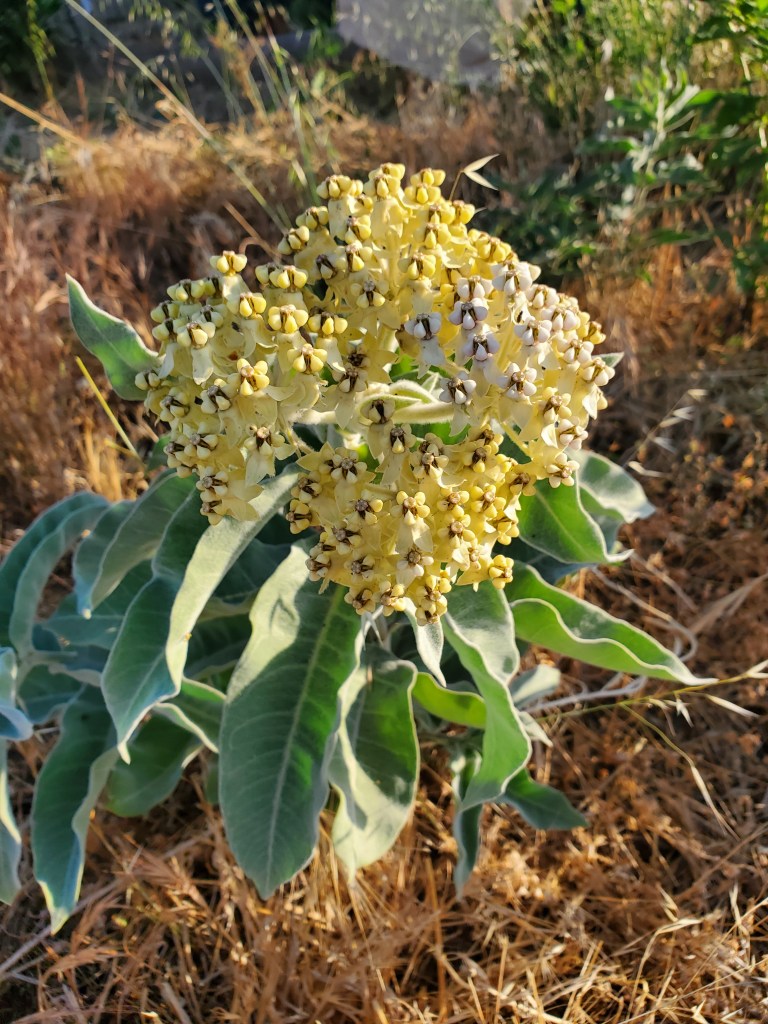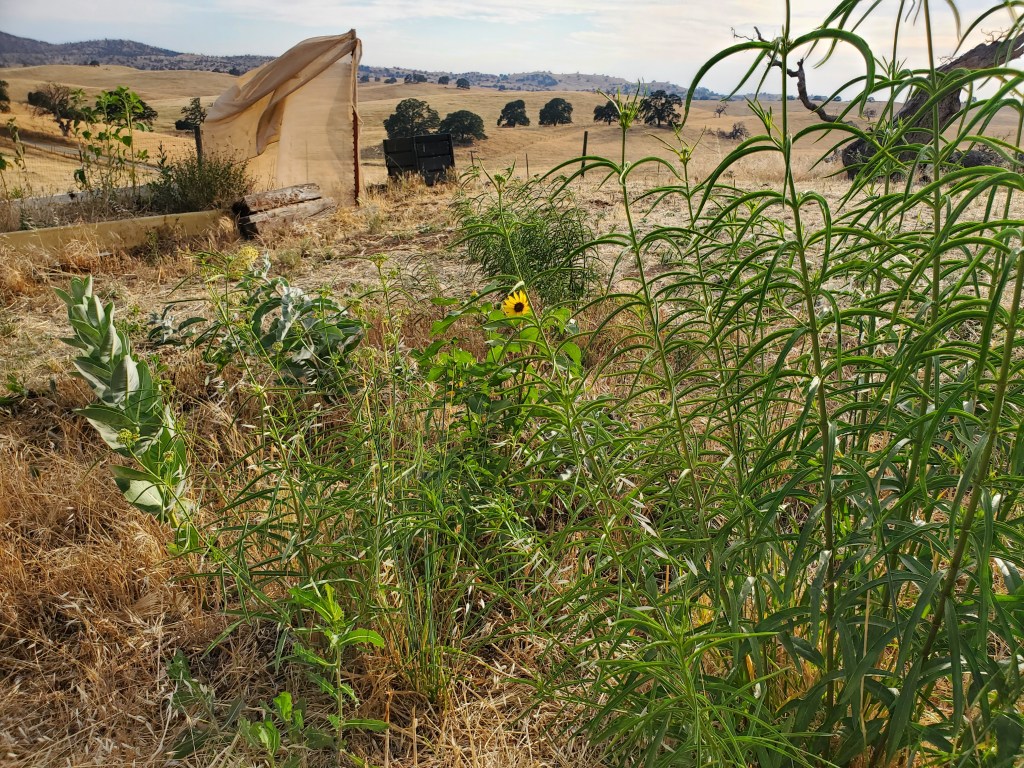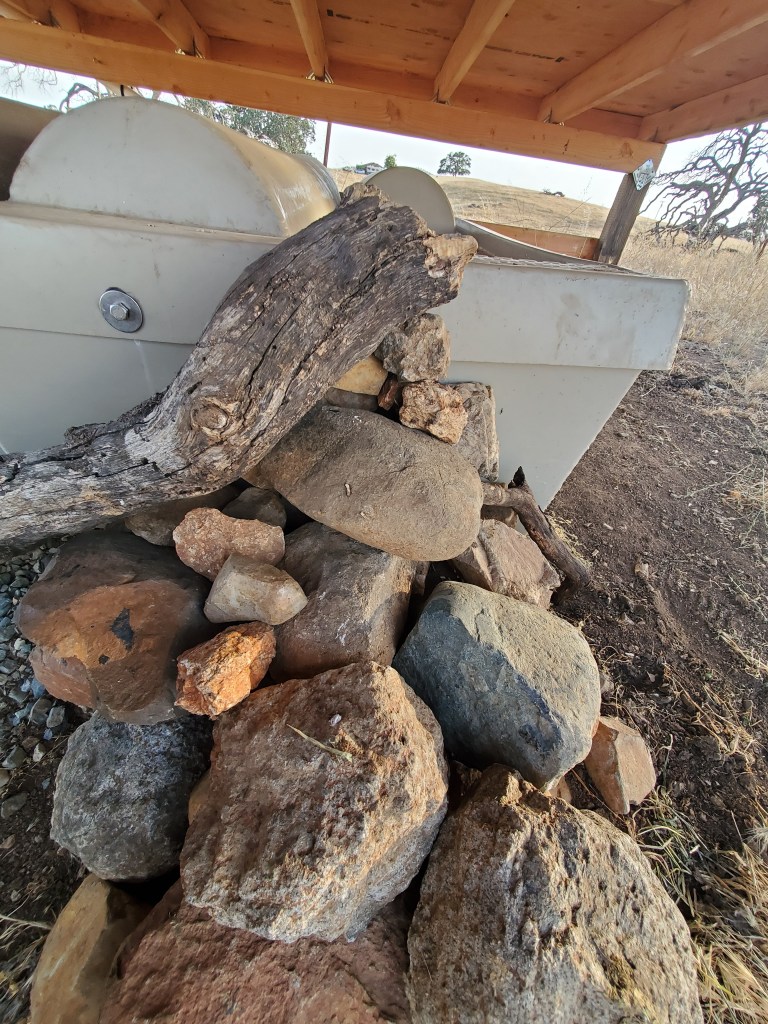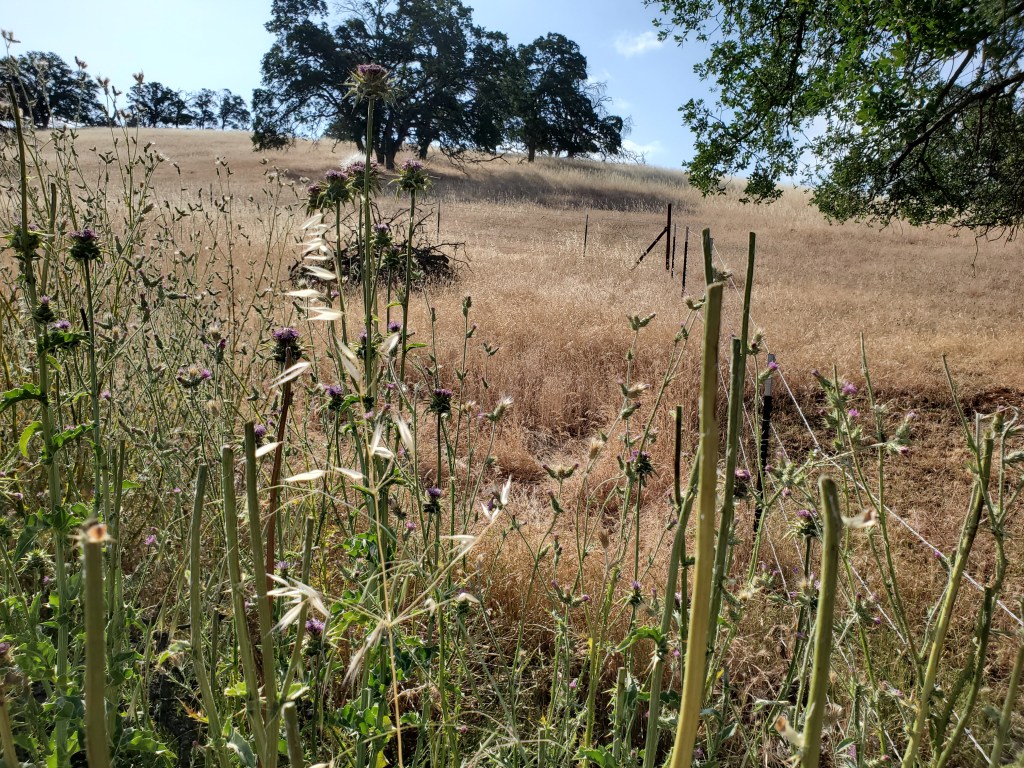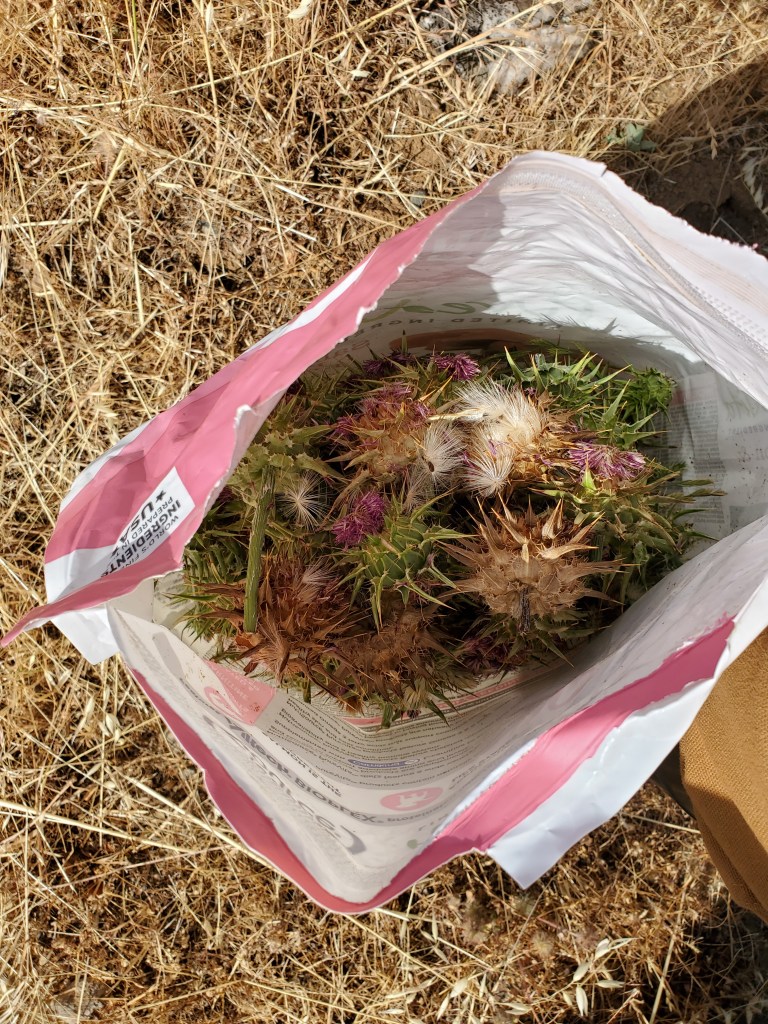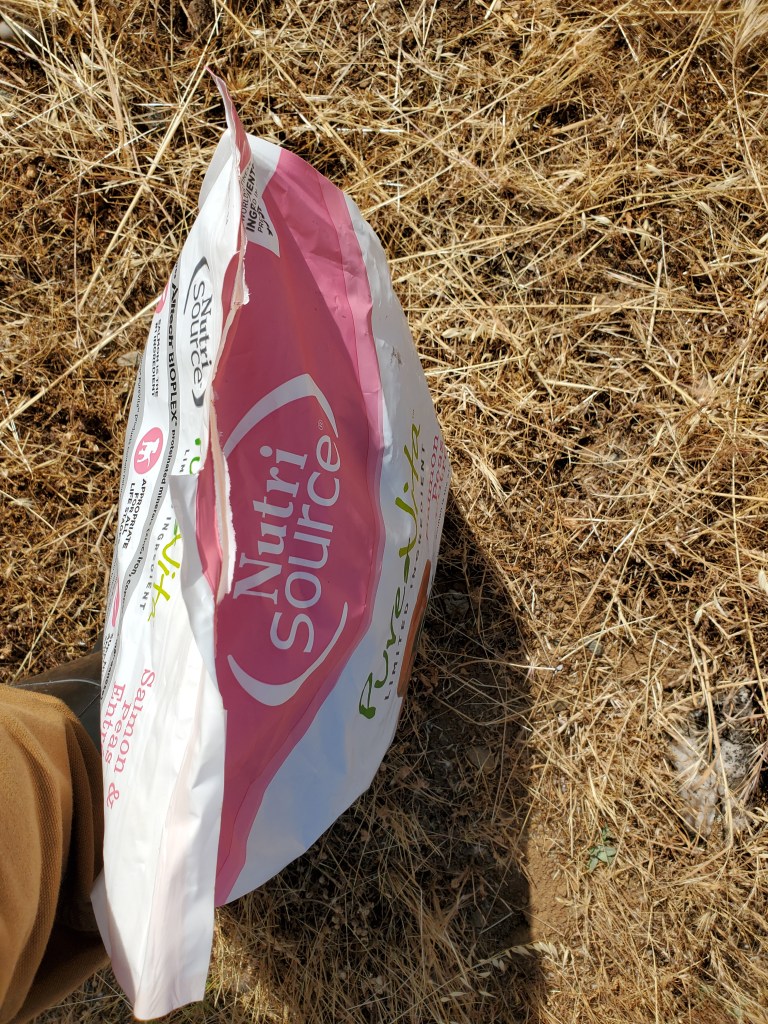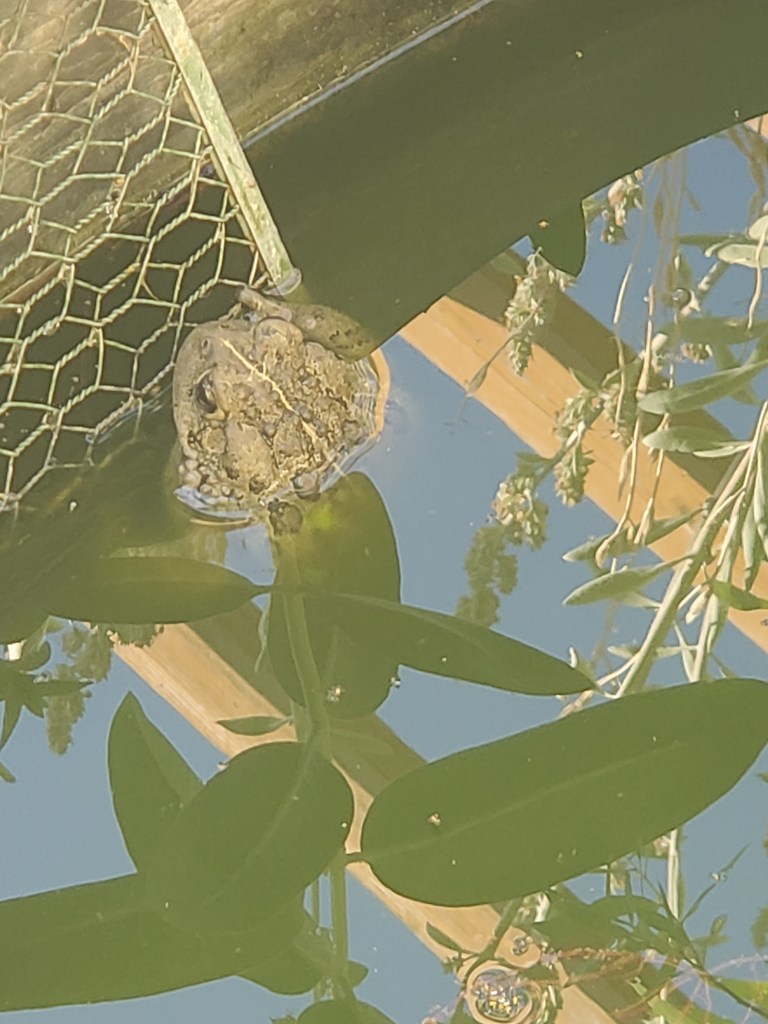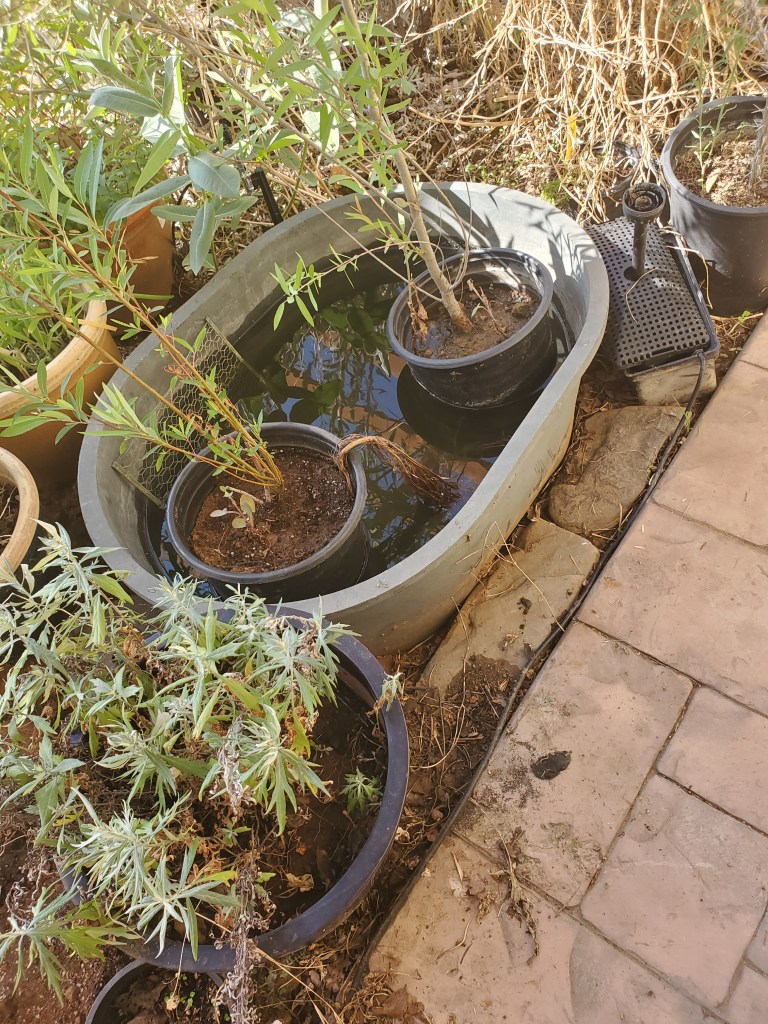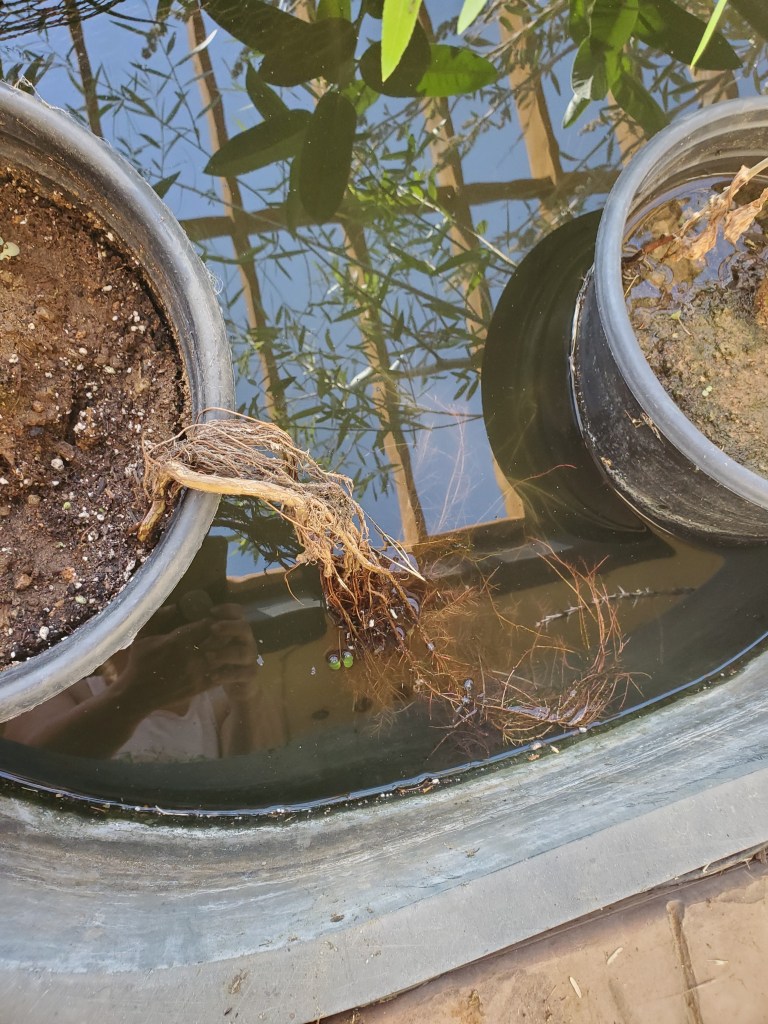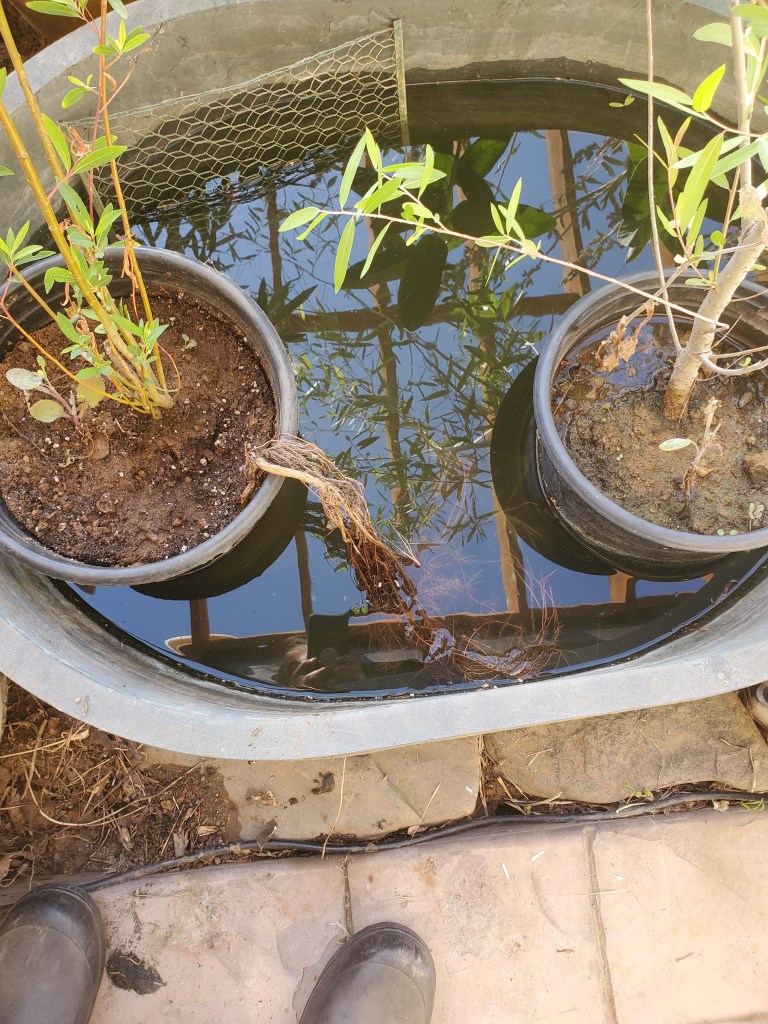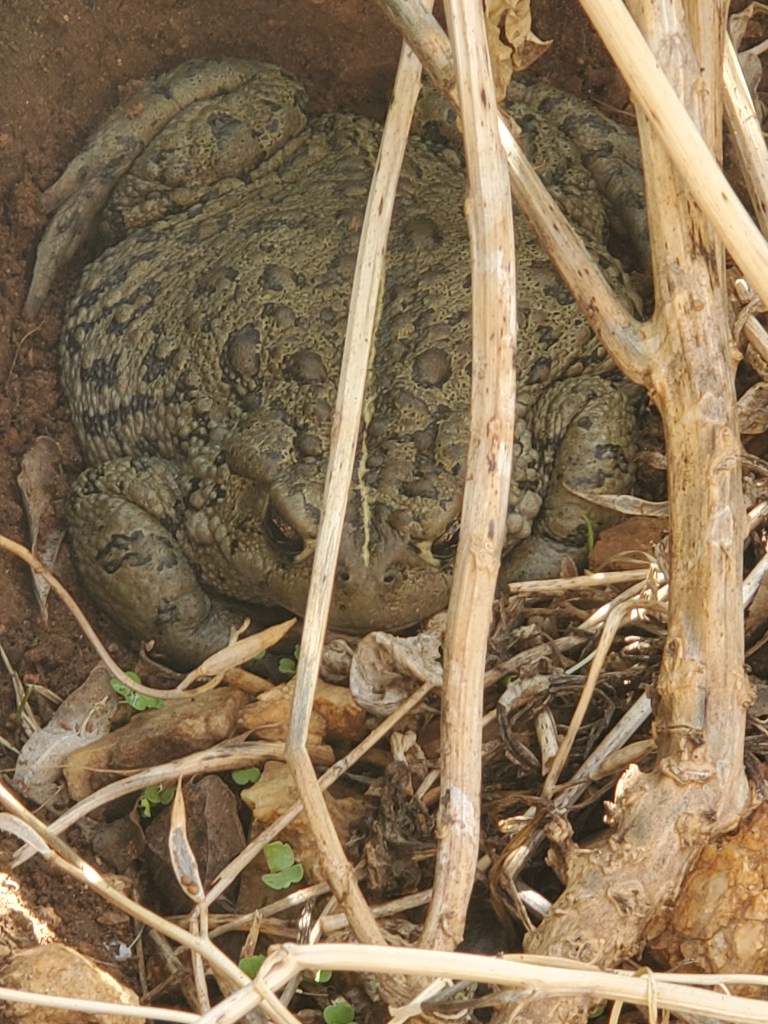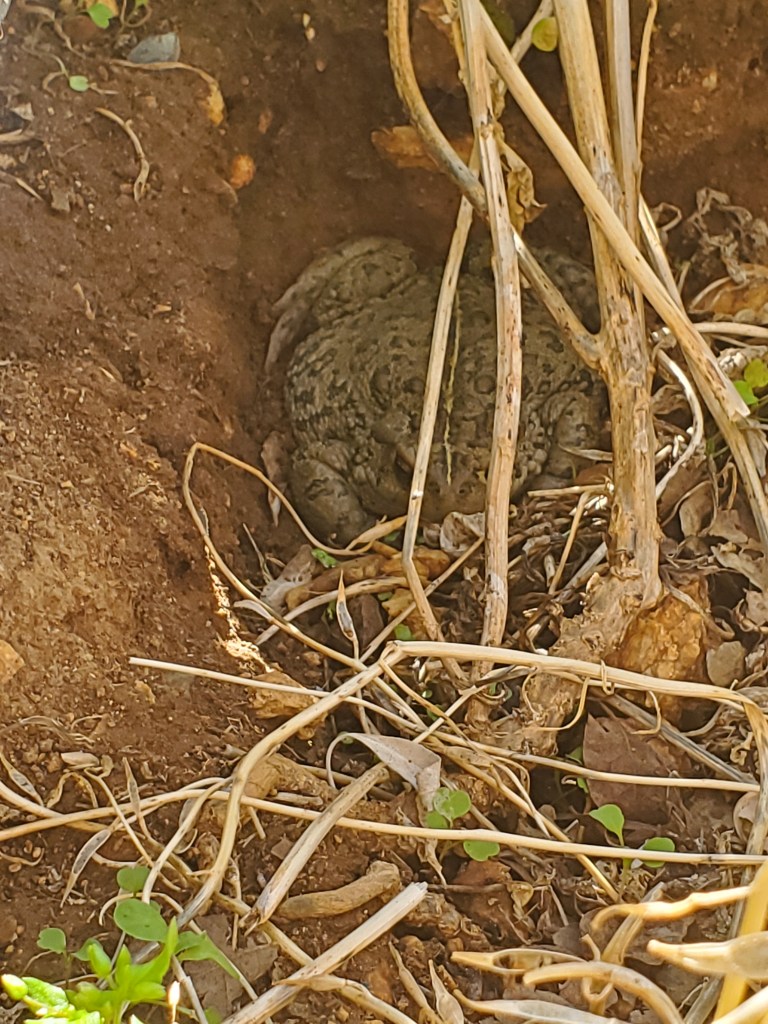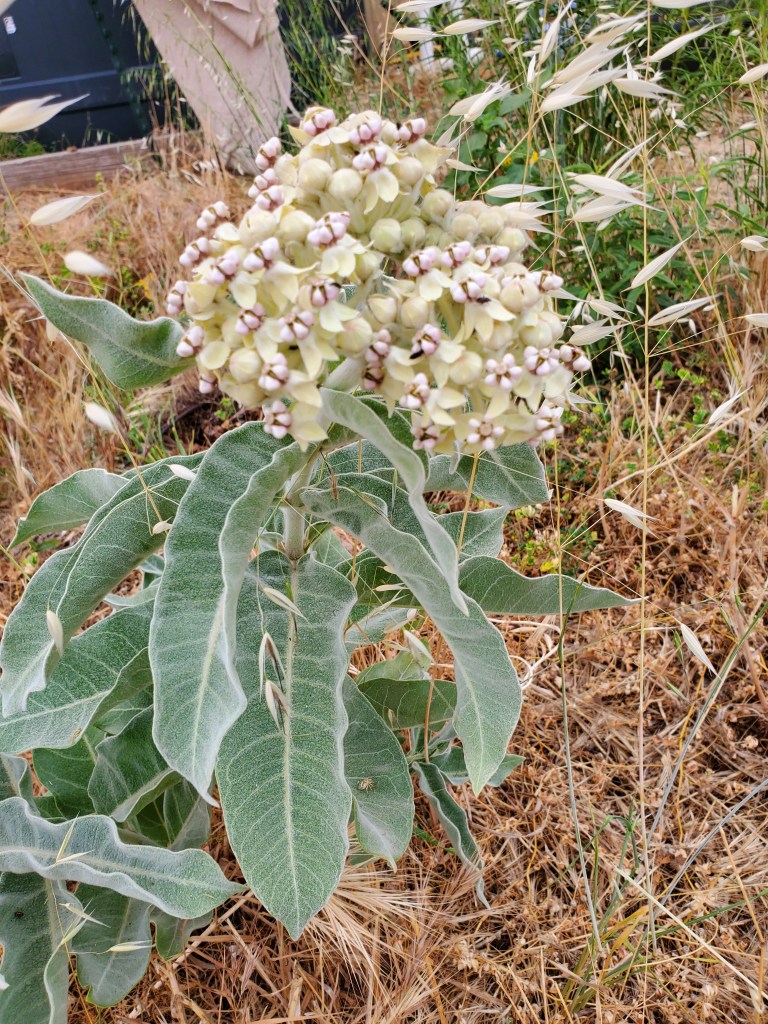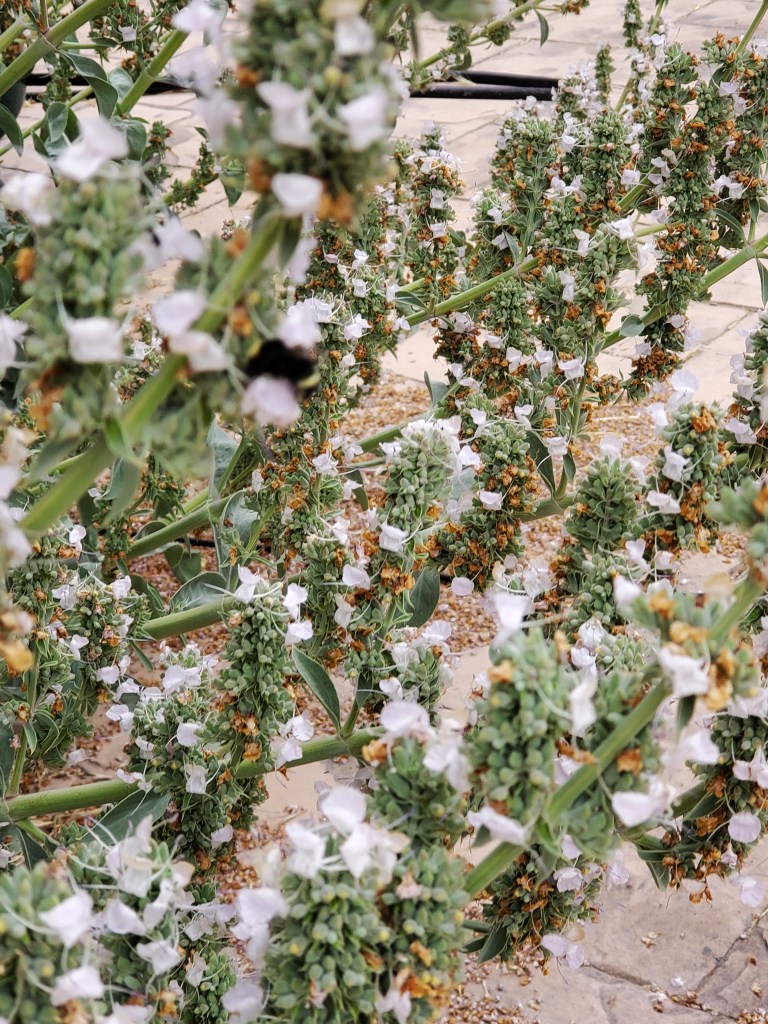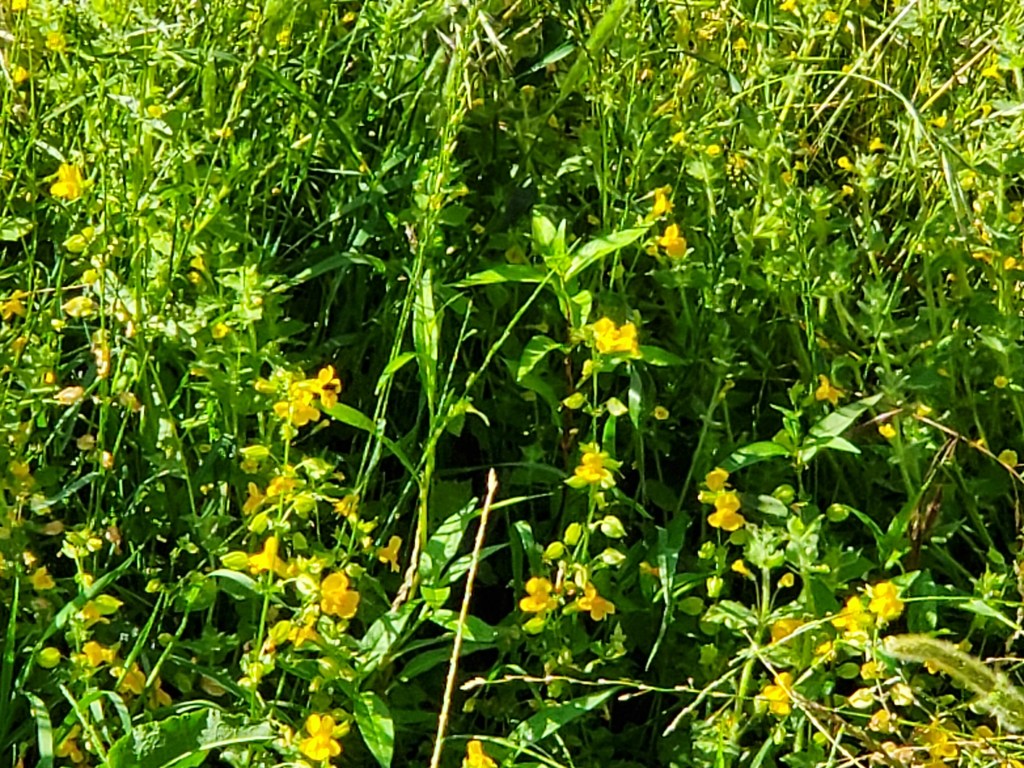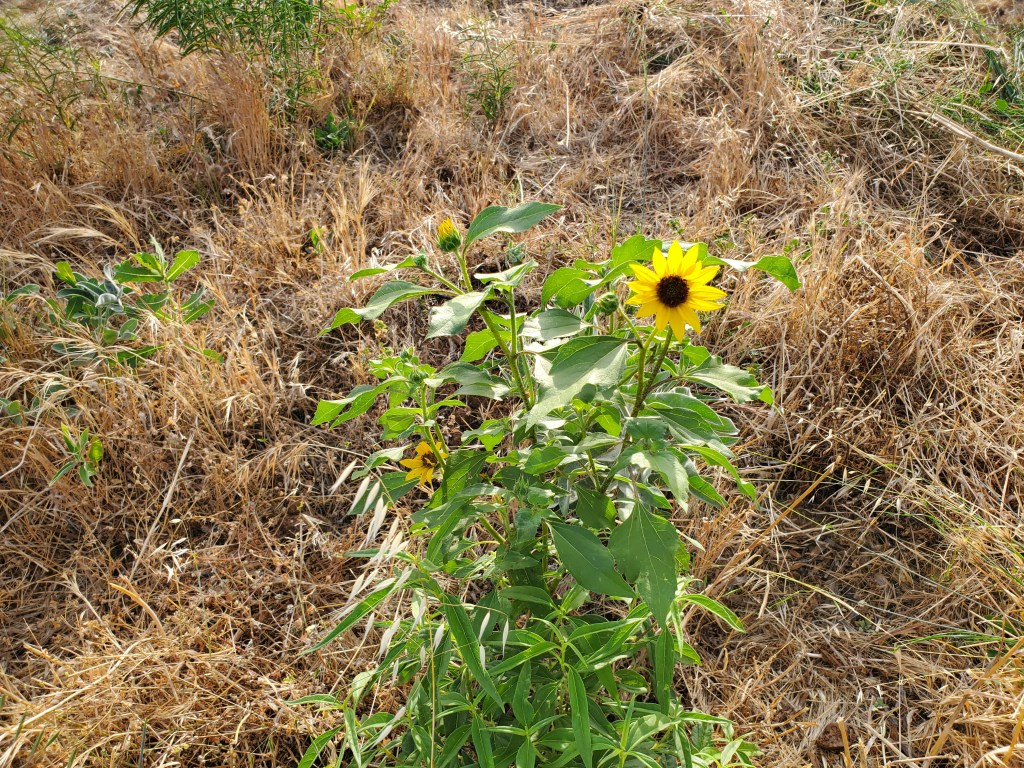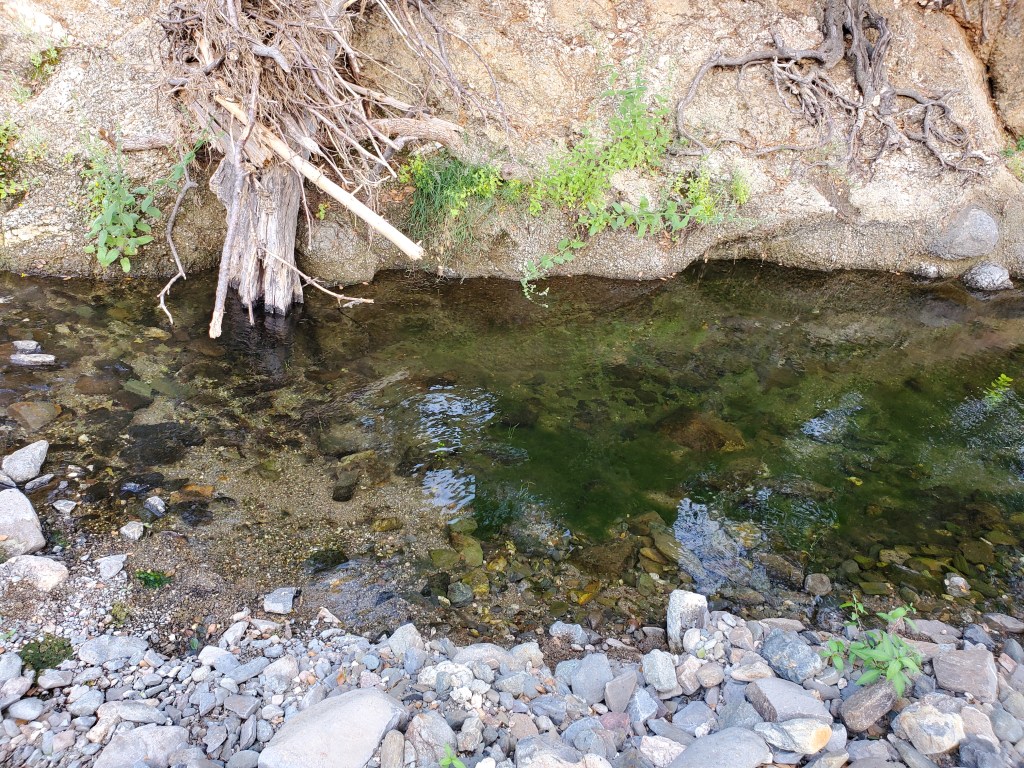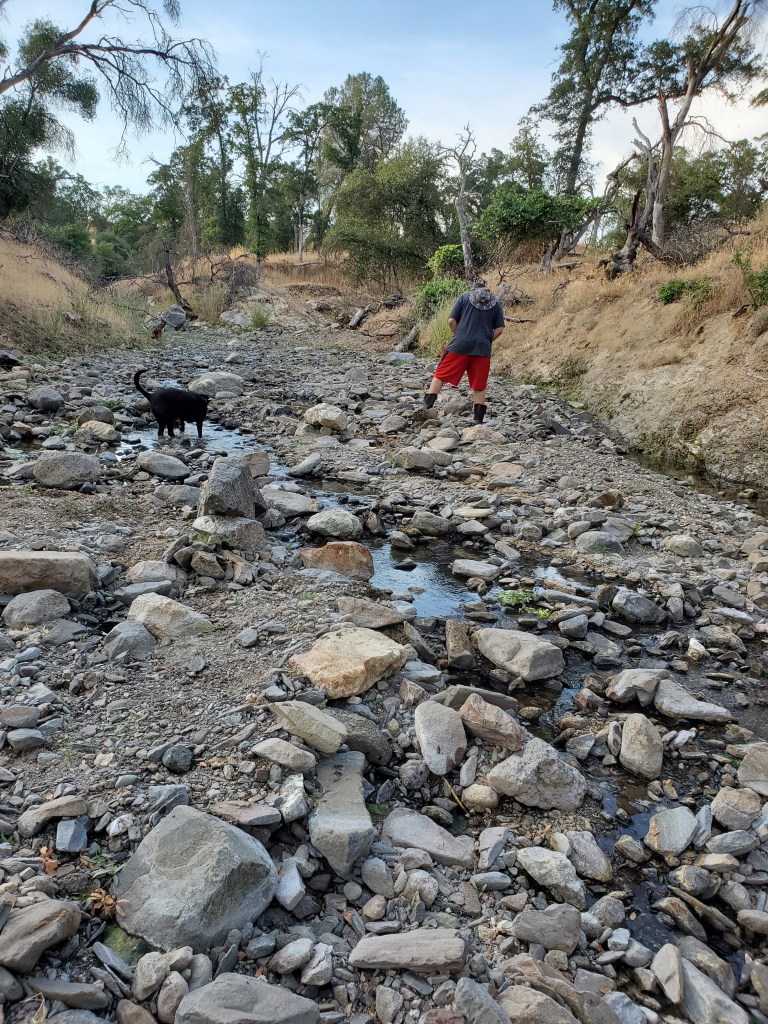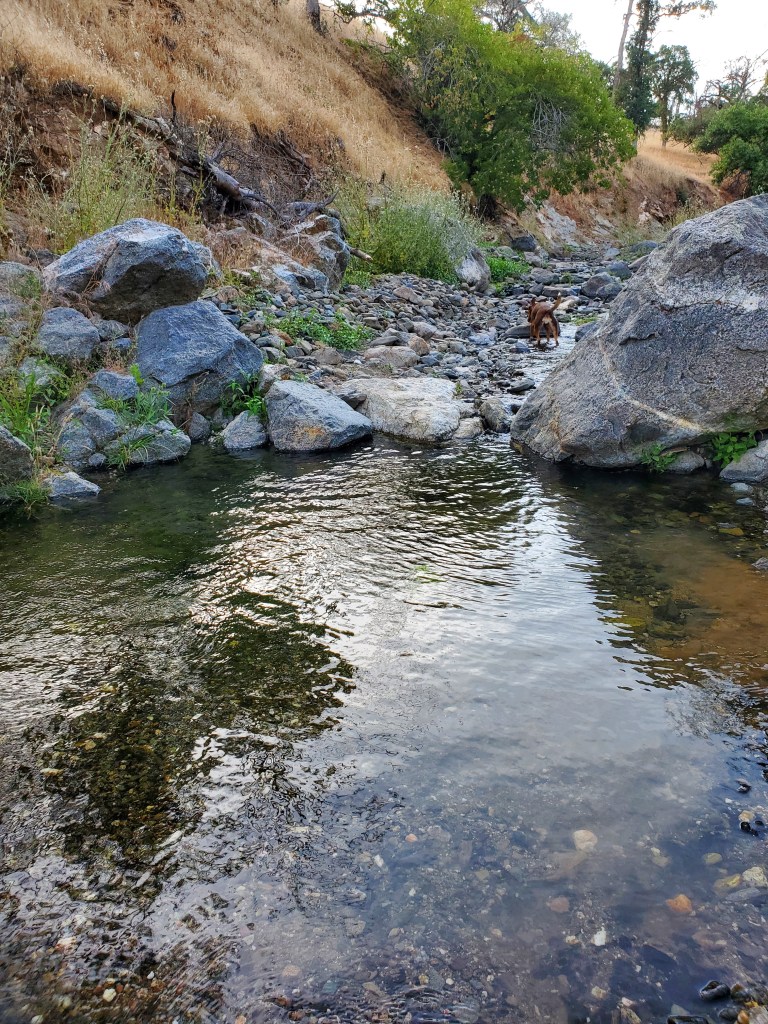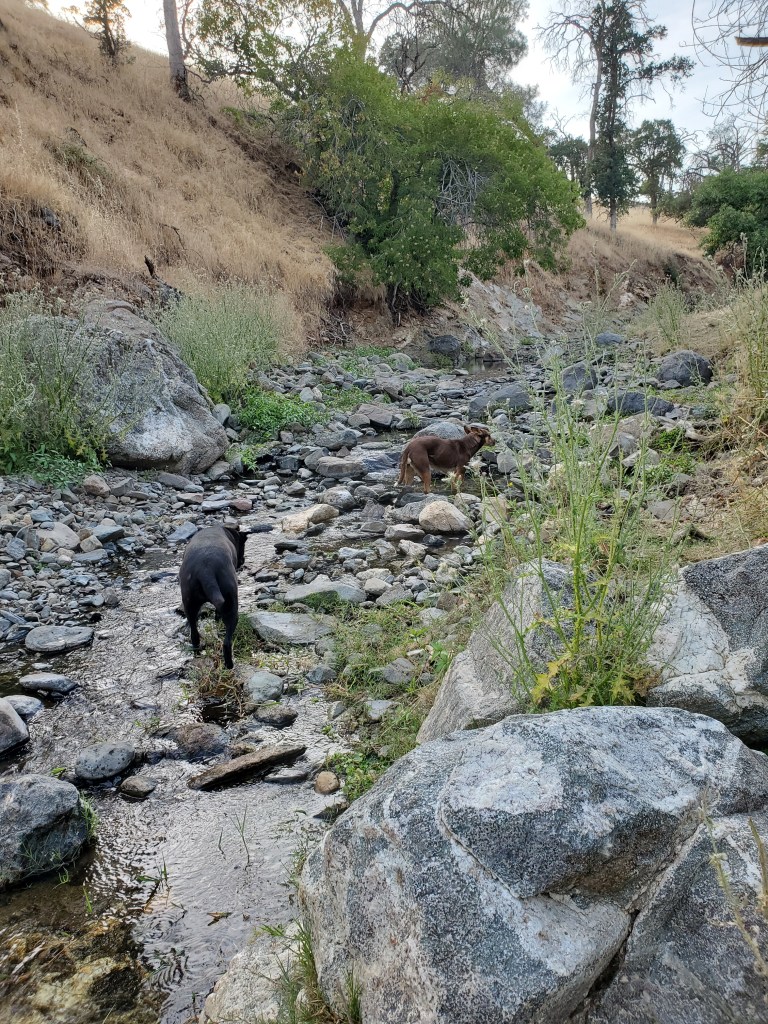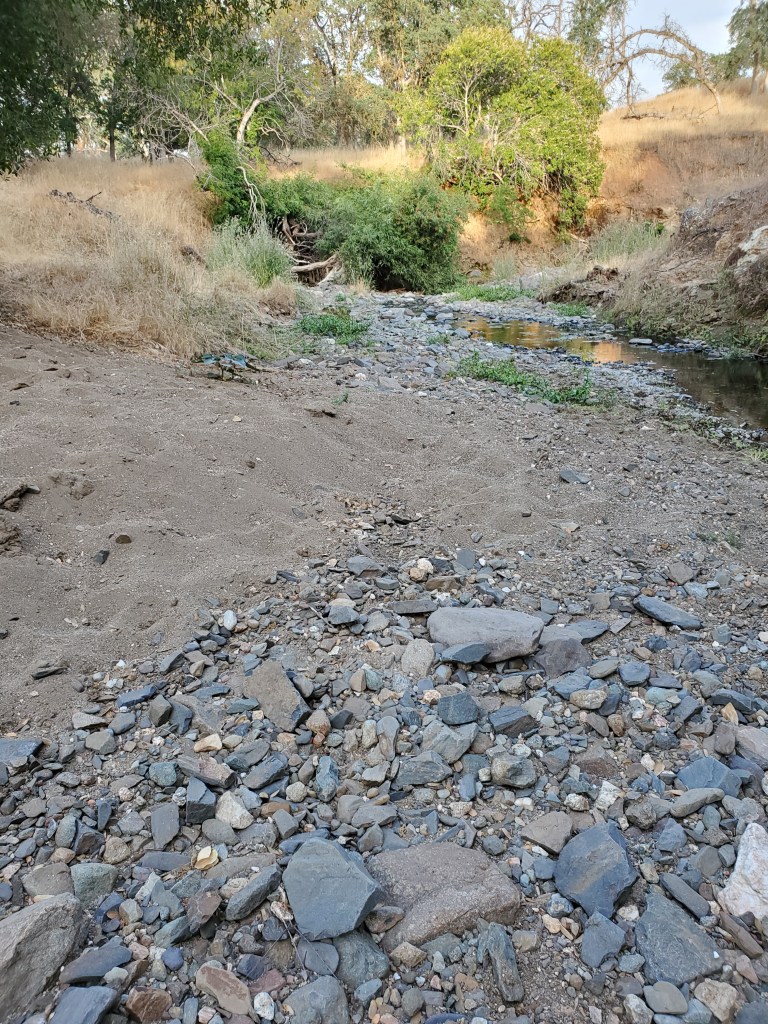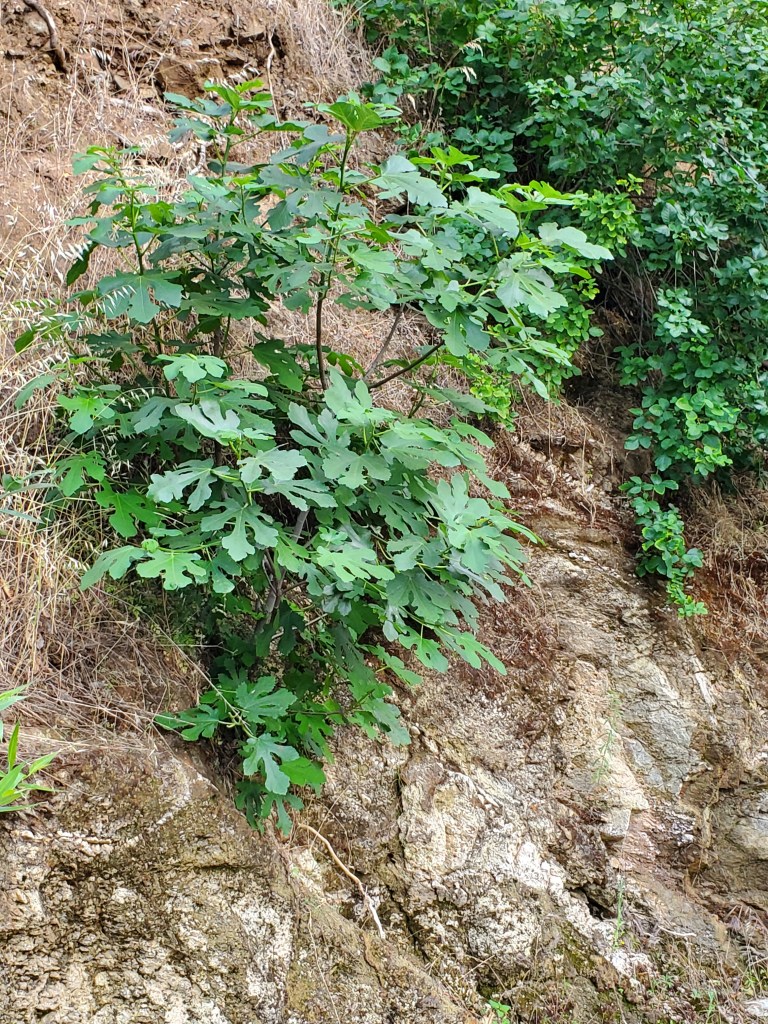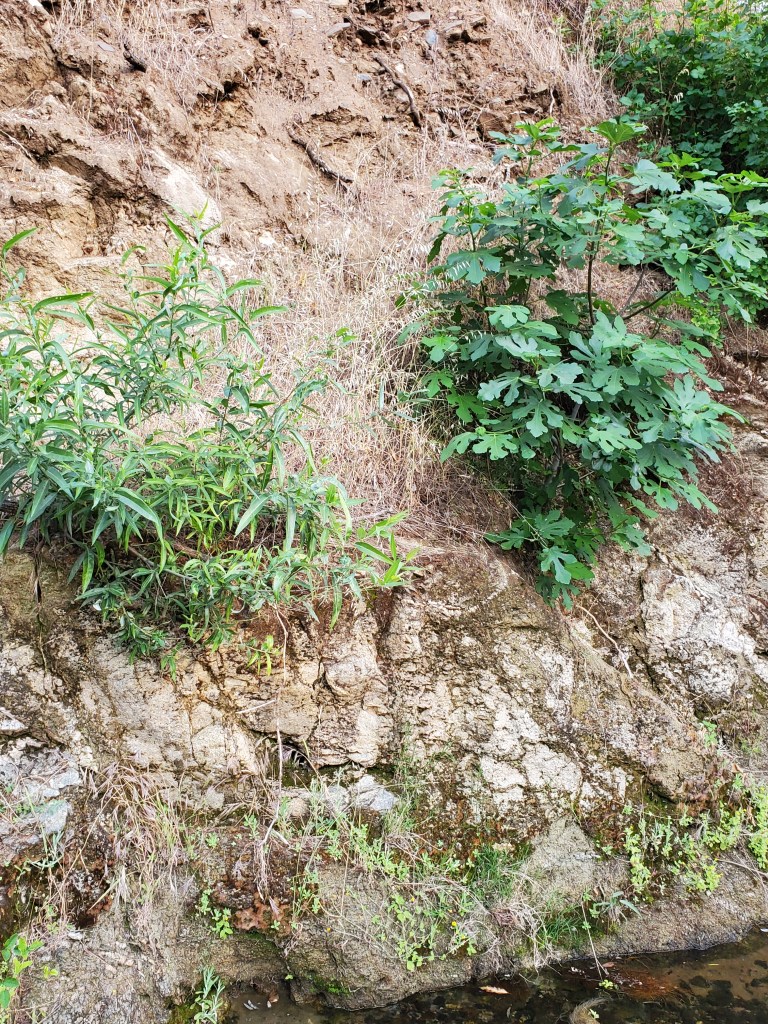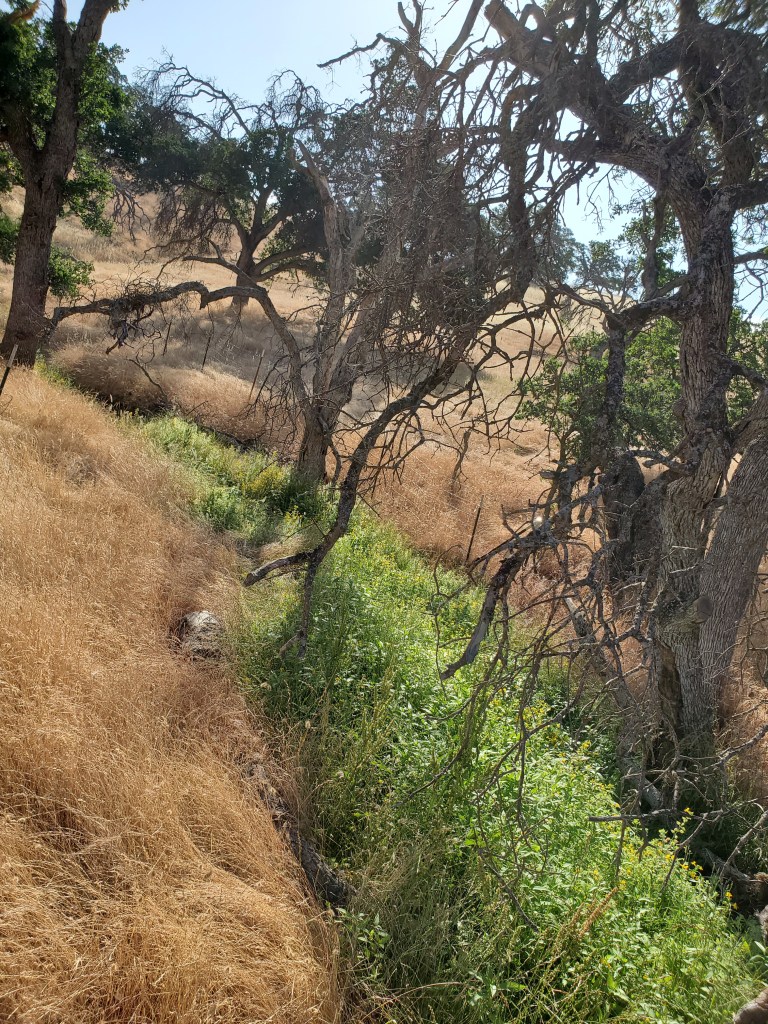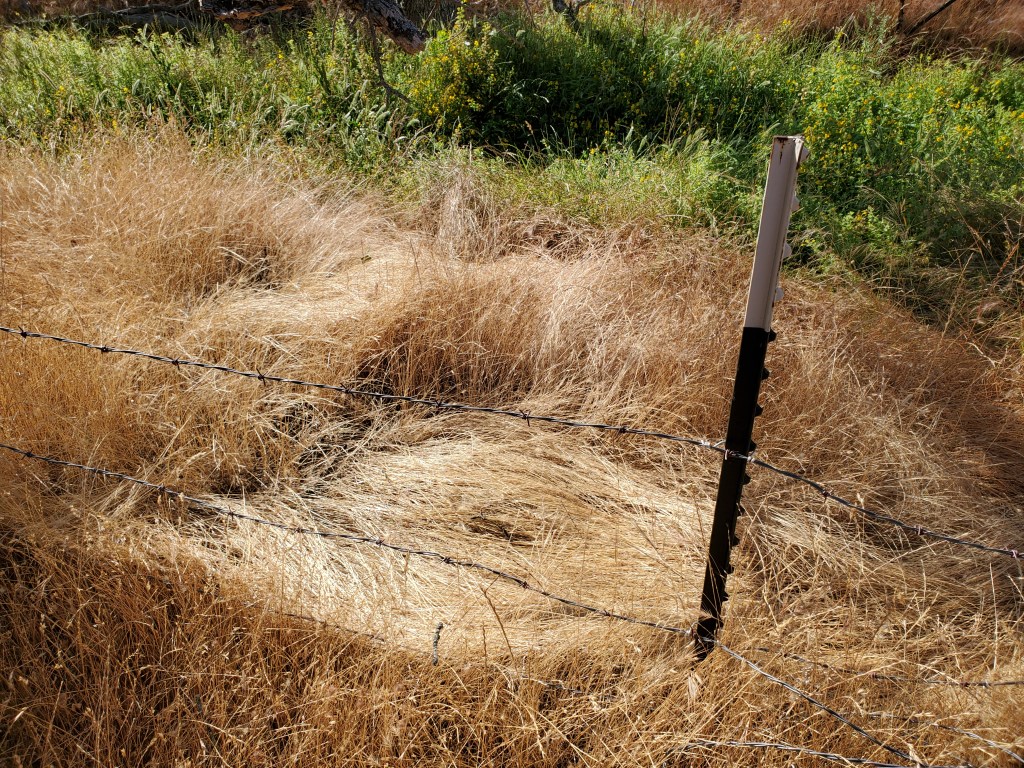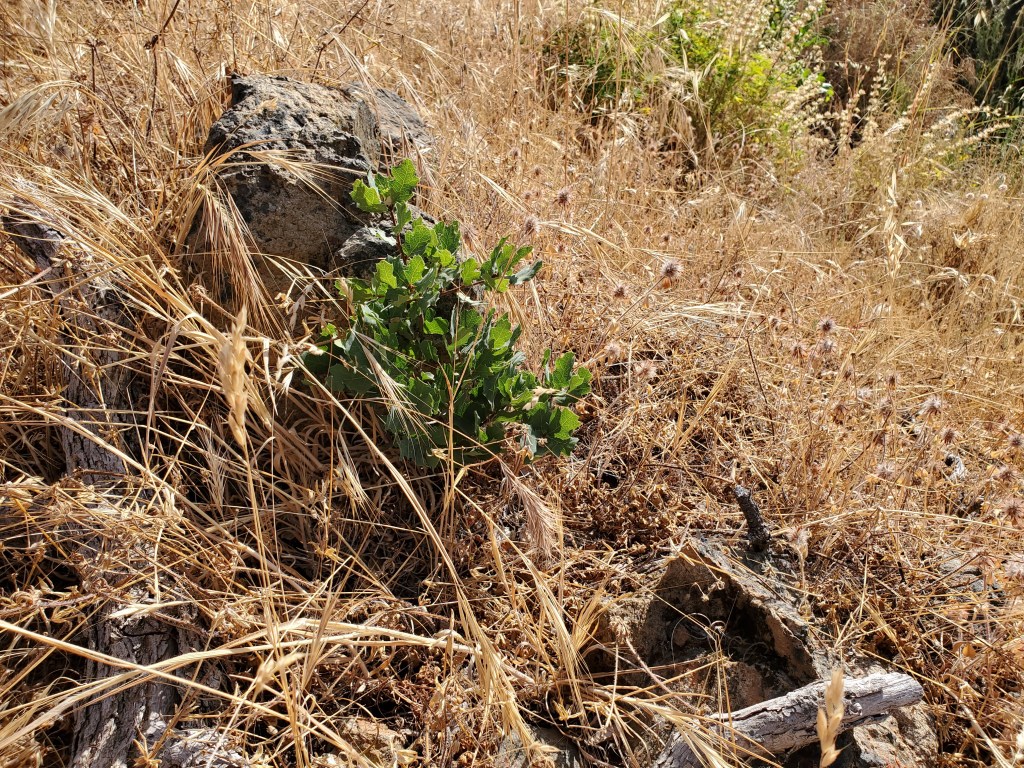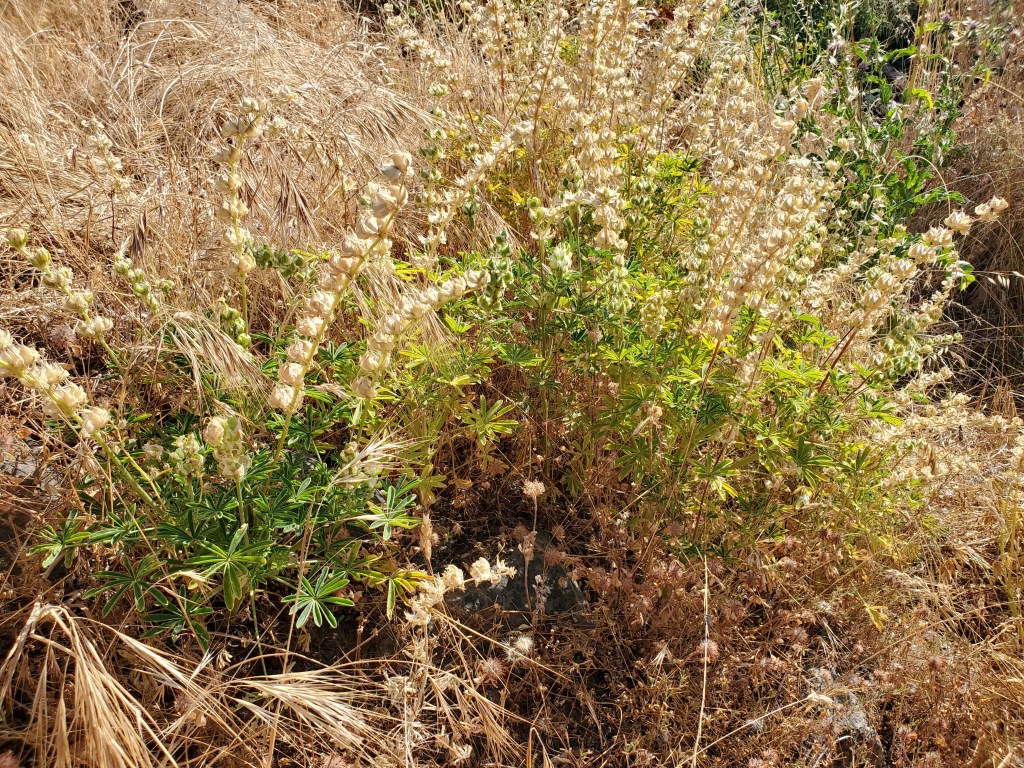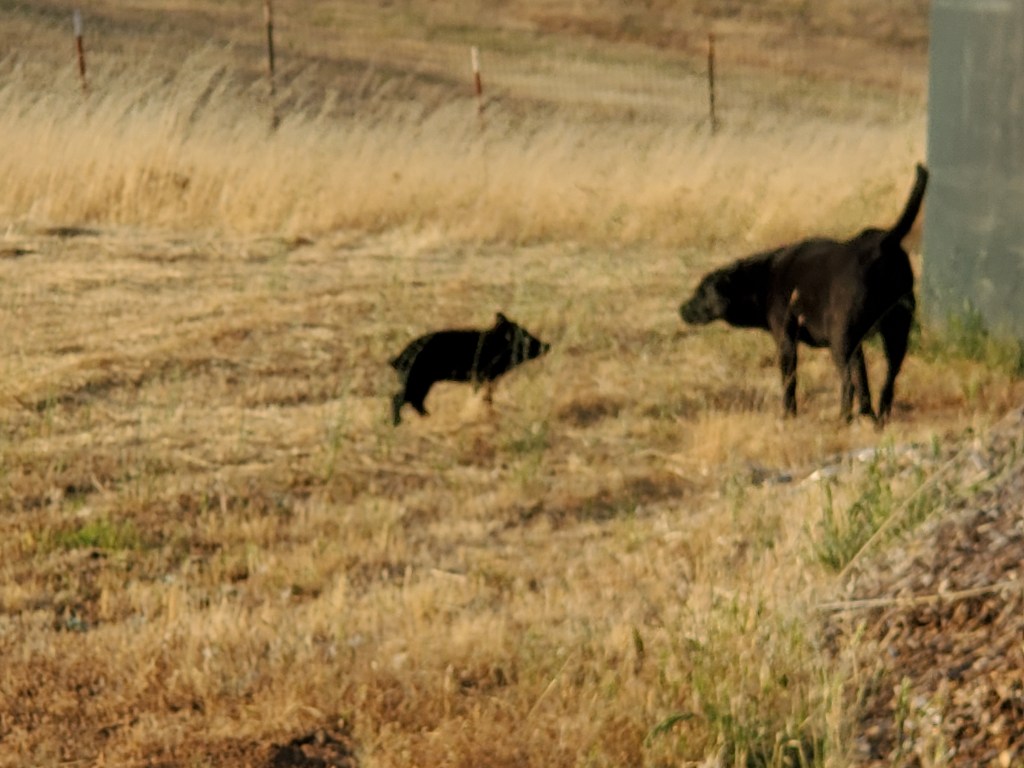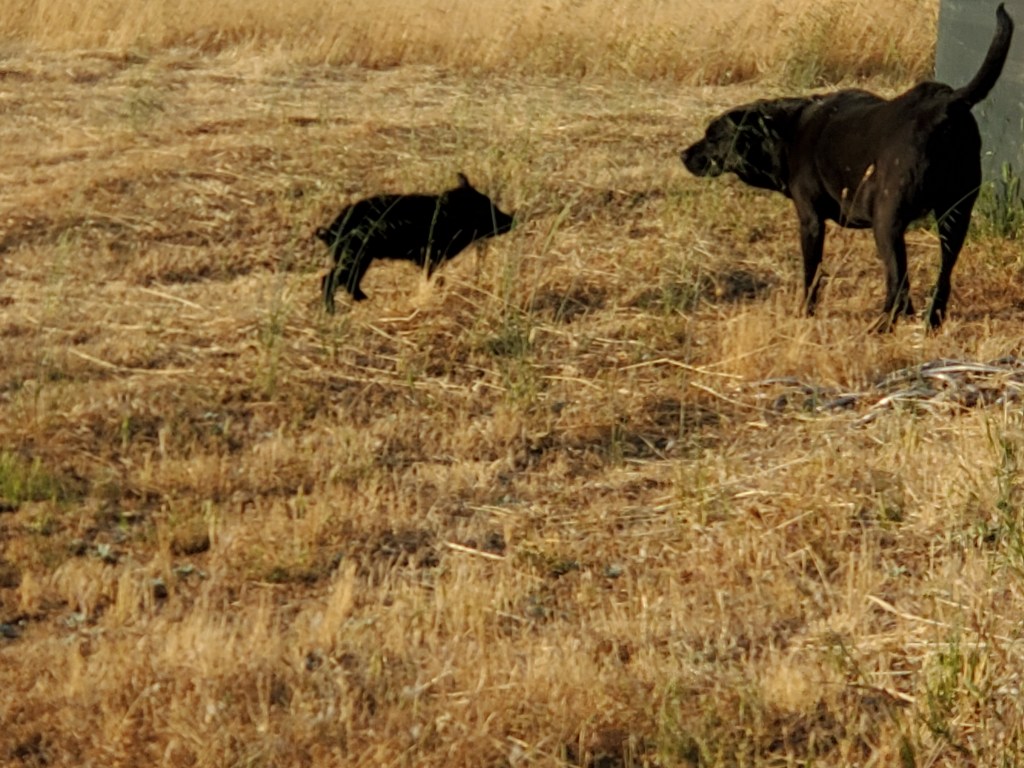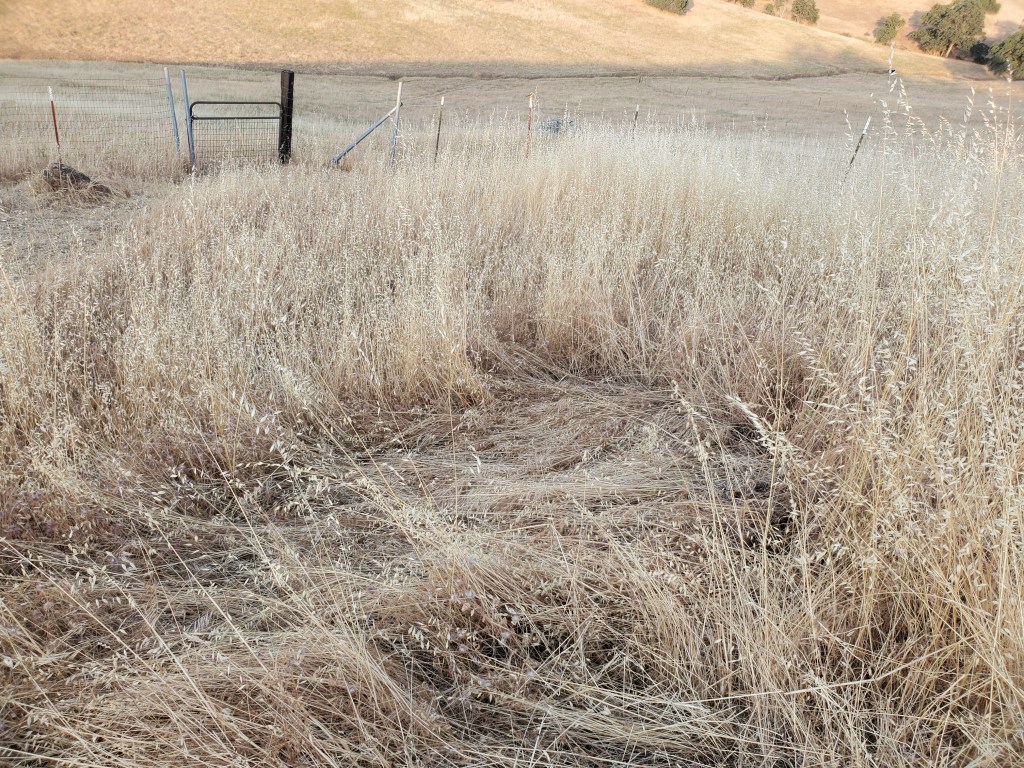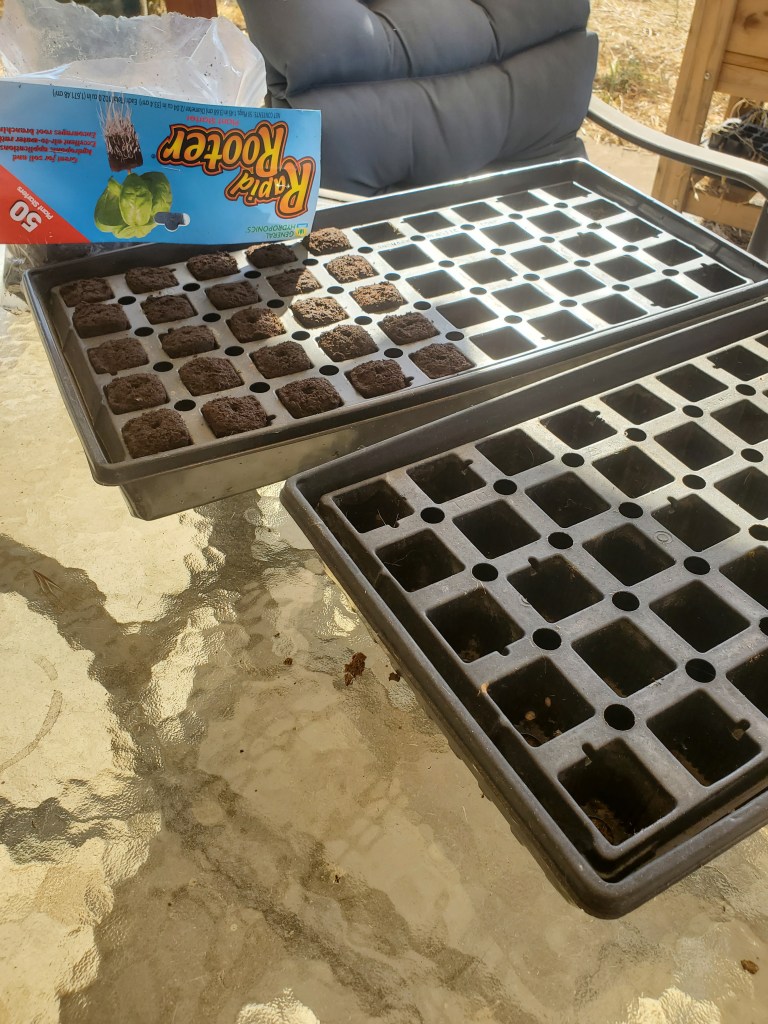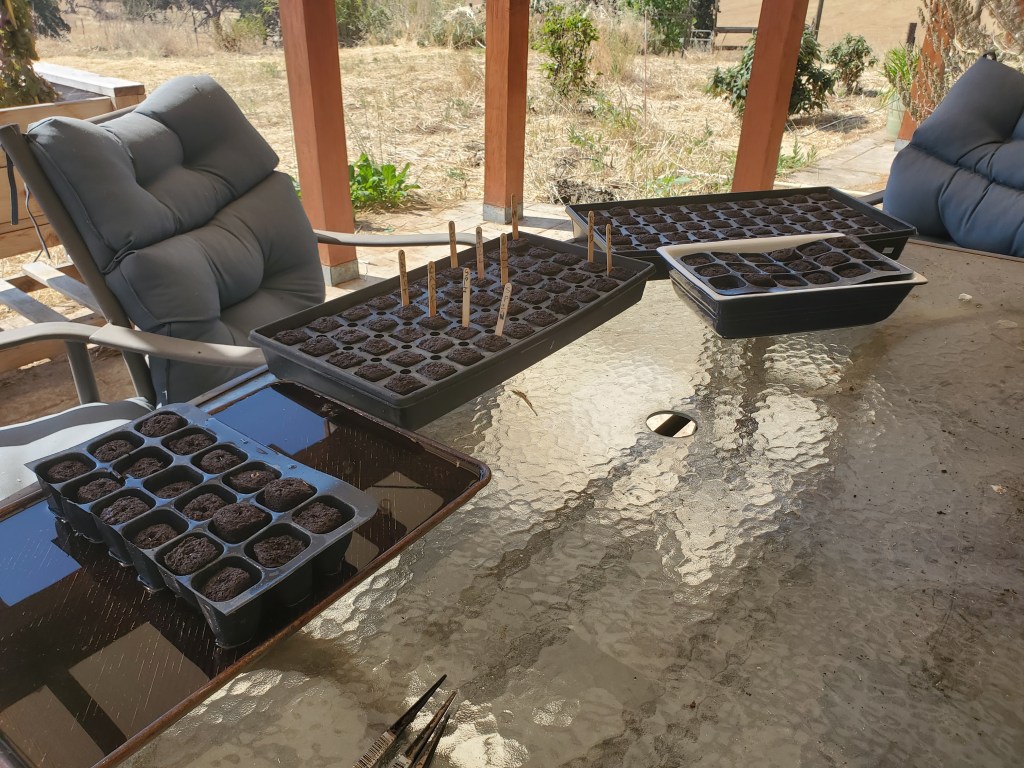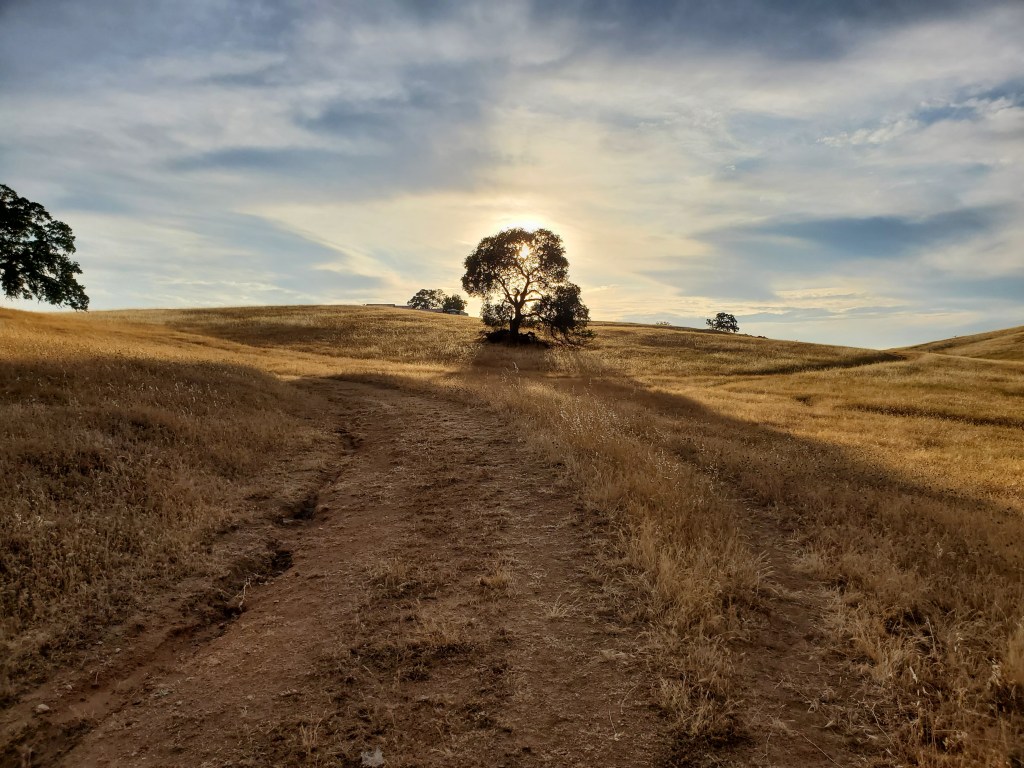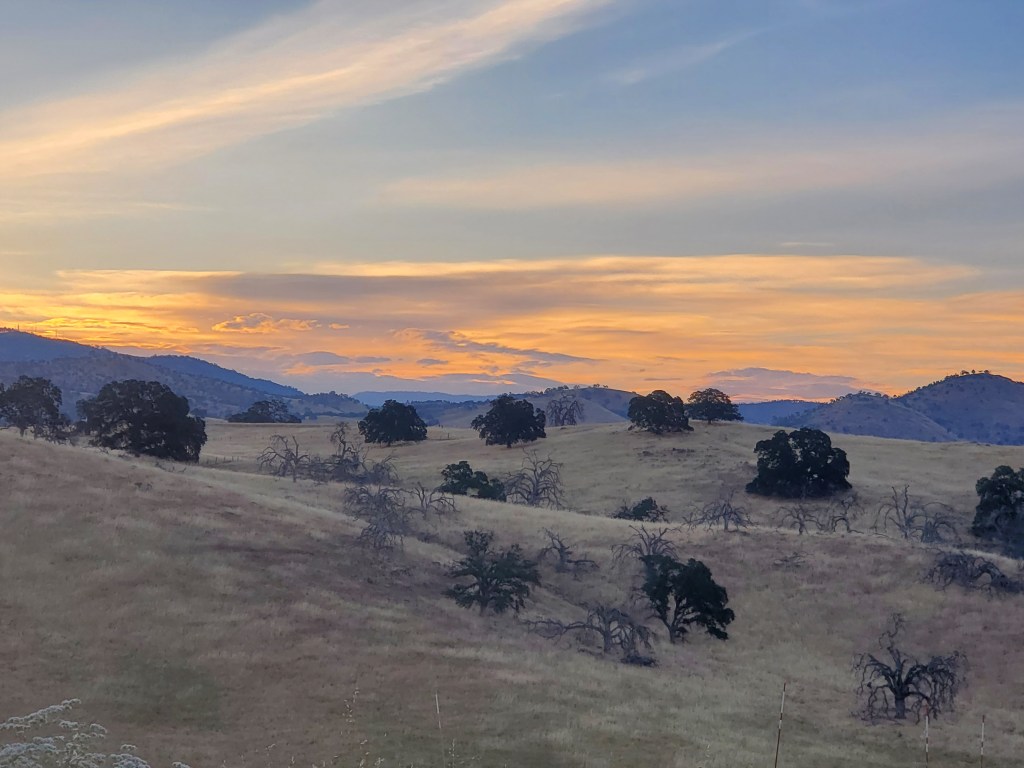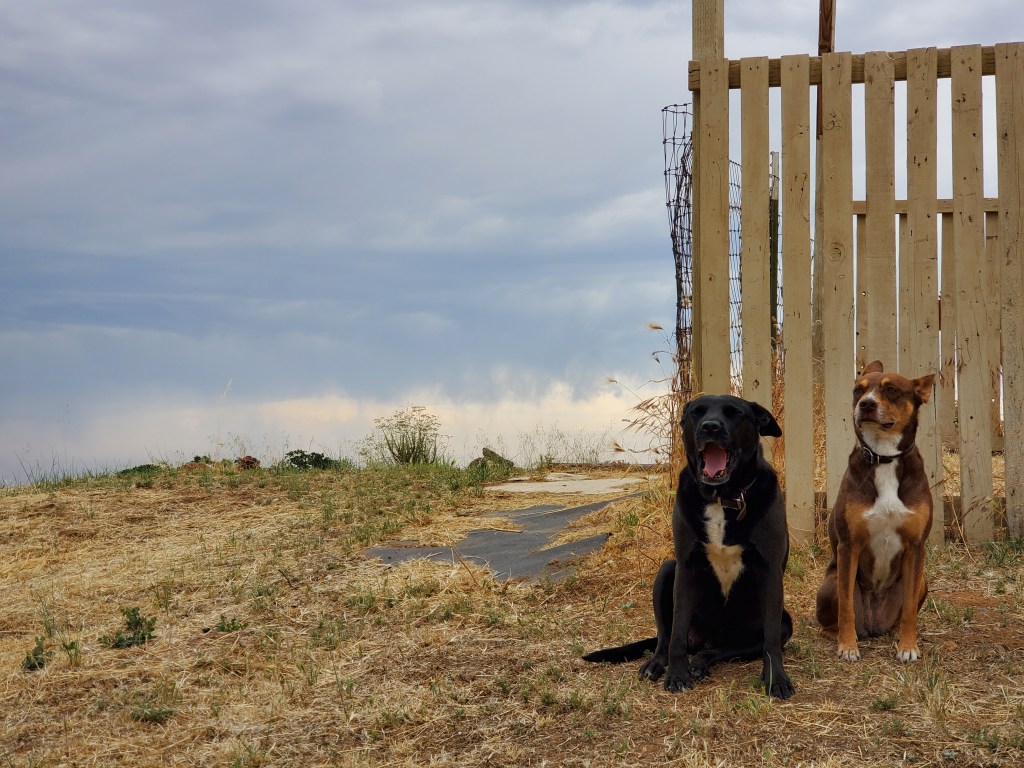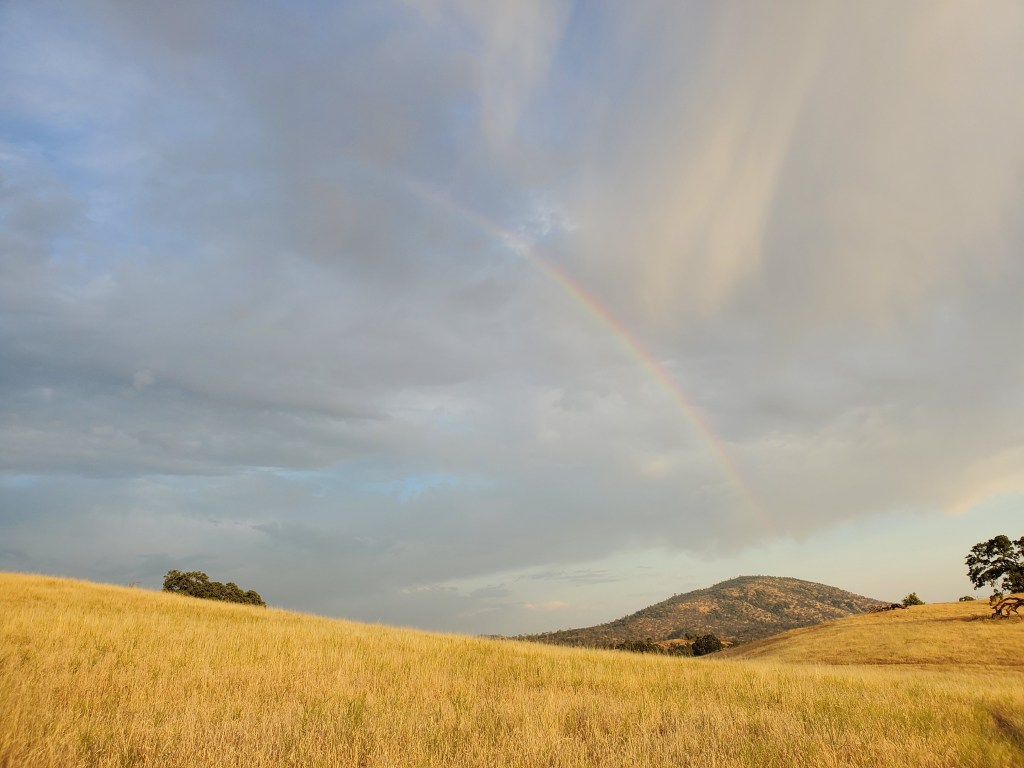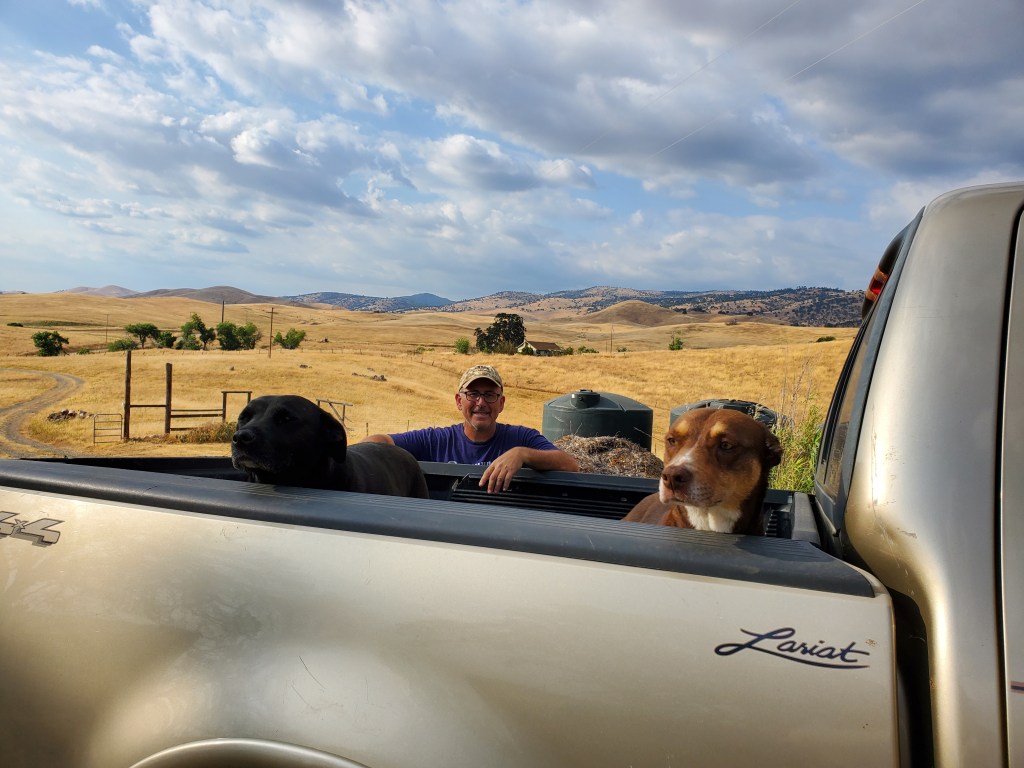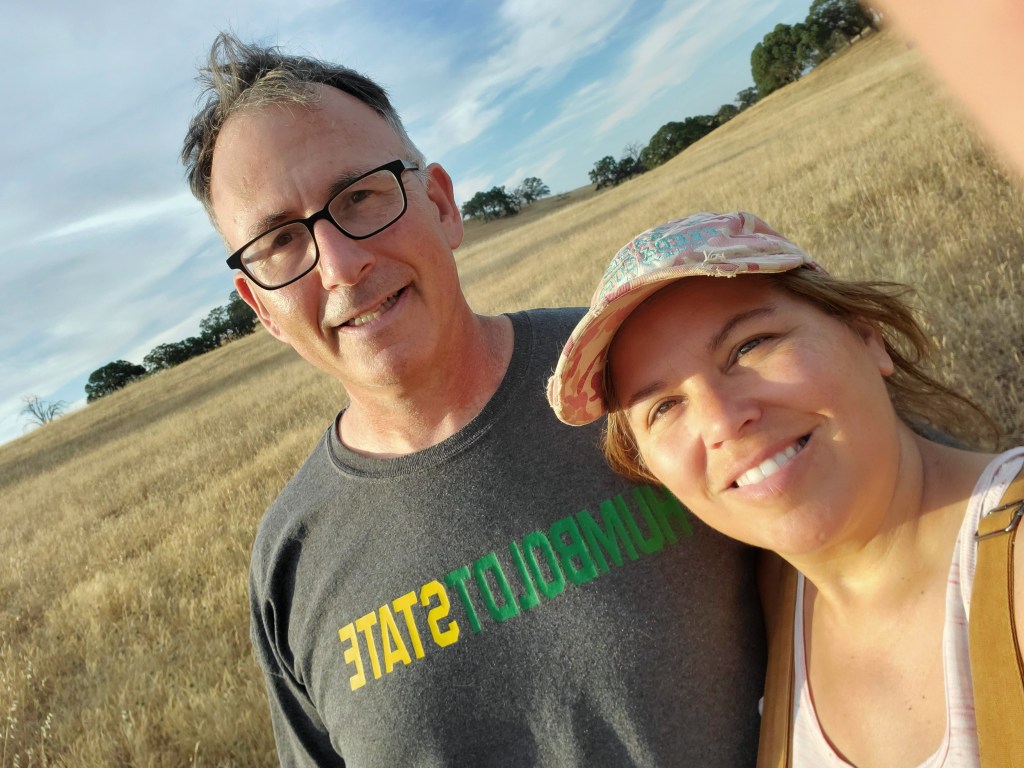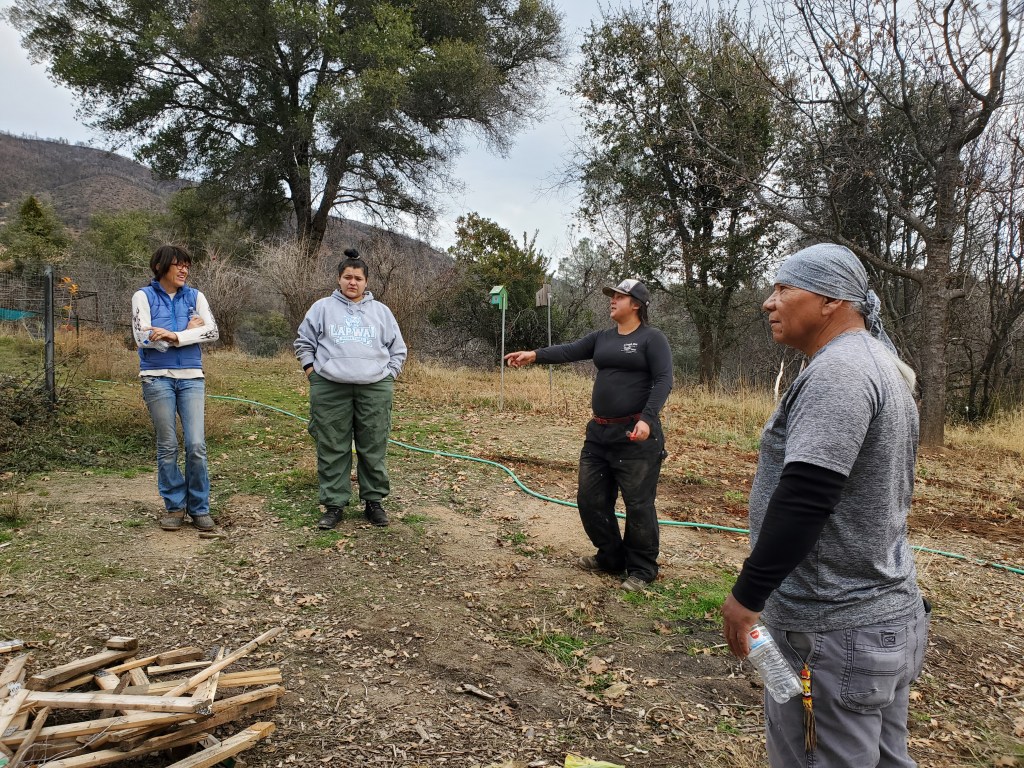
When people ask, “How was your holiday season?”, I reply, “Absolutely fantastic.” Not only did I have waves of family and friends, who I love, visit, but I was out with my Southern Sierra Miwuk Nation pollinator family as well. I can think of few ways more precious to spend my time than helping care for our Maala Bwia (Mother Earth) with others who care deeply about our butterfly, bee and plant relatives. I also love to watch Shana, the Pollinator Program Coordinator, work. She is so knowledgeable, organized, a terrific problem solver and hard worker.
In December, I helped her and several other volunteers plant Xerces Society Habitat Kit plants in the Oak Fire burn scar. Shana has collaborated with several property stewards whose land was burned over, and some whose entire homes burned completely, to repopulate the land with native pollinator plants. It was incredible to see the scale of the fire from the ground. We had to dig through layers of ash to plant – giving the natural world just a little head start and hungry life forms, looking for food, a place they can count on. It was also very encouraging to see so many native plants regrown, including oak seedlings sprouting. Like my people, the plants are resilient.



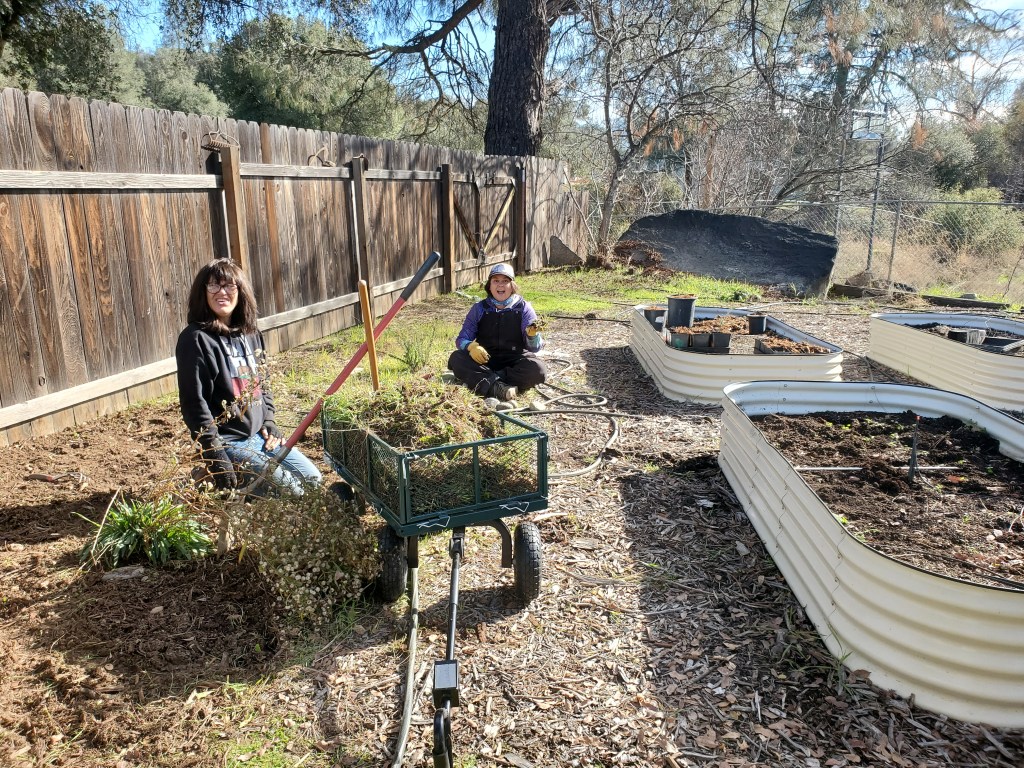
This work is sacred; it is living in reciprocity… giving your time, energy, and attention to supporting the life of others – human, insect, plant, mammal or otherwise – that support you. As Indigenous people, we can feel moved to honor someone for their contributions — and, as a people, we are so talented, creative, resourceful and generous. It was in this context that one of the Pollinator Team members, Trisha, gifted a gorgeous doll to Shana, which Trisha had made. The medicine in the doll was so palpable. Like Shana, the doll is a warrior. Trisha even made a miniature spear of obsidian. Wow.
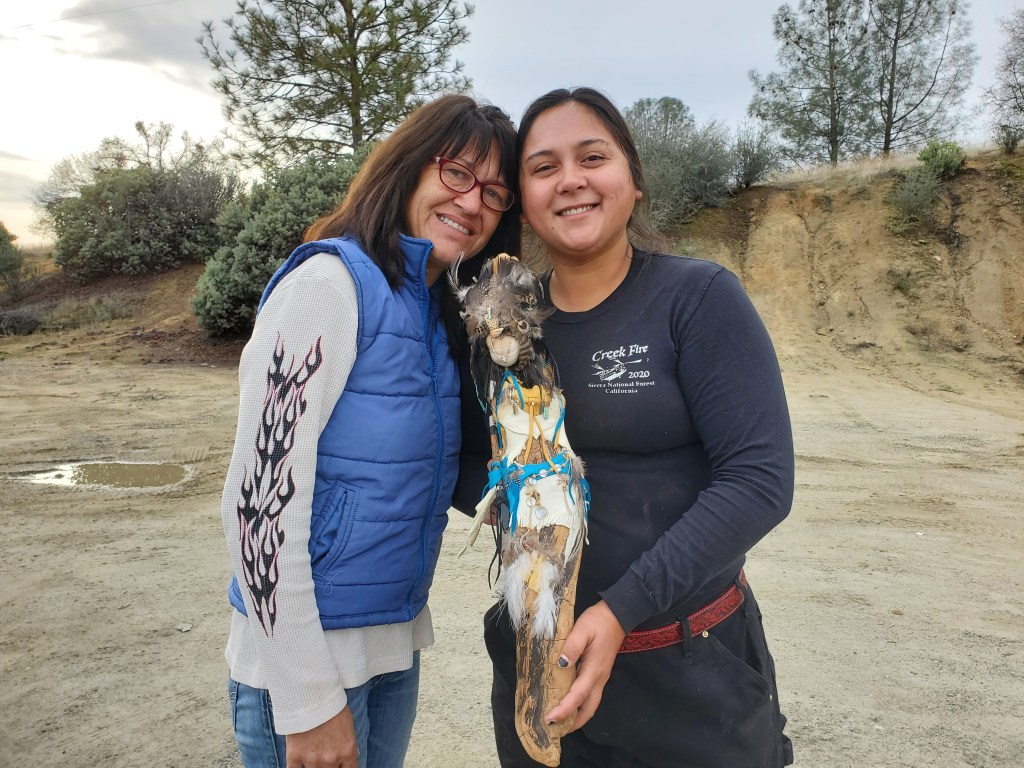
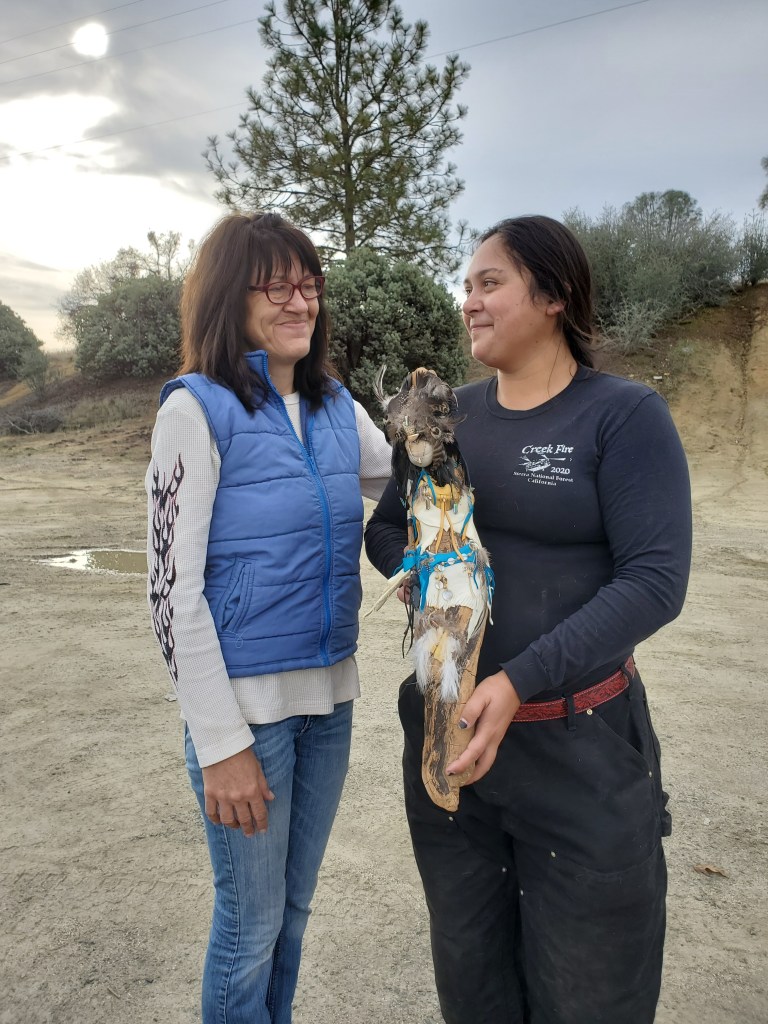
After taking the photo, I was talking to another volunteer, then turned around to see Trisha extending a doll to me too. I was shocked and so honored that she would gift me such a beautifully made item. The doll she gave to me was a wood gatherer. I love it. She is a powerful piece as well, with her carefully crafted wood bundle on her back, wood wrap on her front and an expertly carved miniature hatchet with a blade of stone on her hip. She is so cool. Thank you Trisha for your thought of me and being moved by the energy we all posses to make things better for our relatives. Aho.
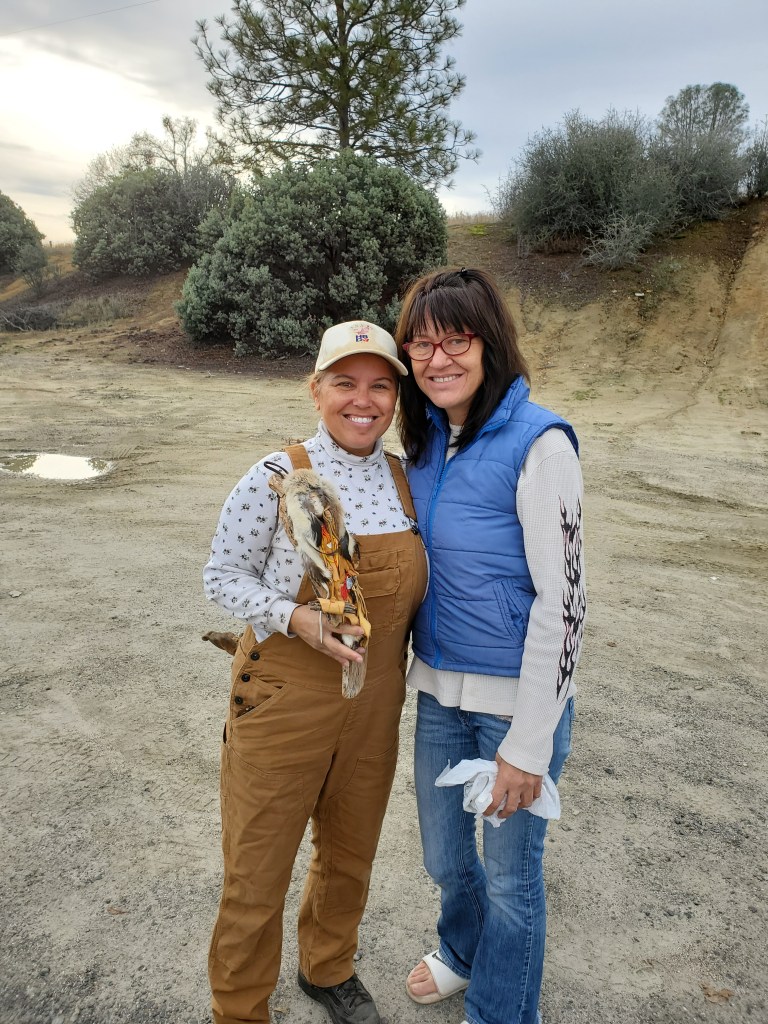
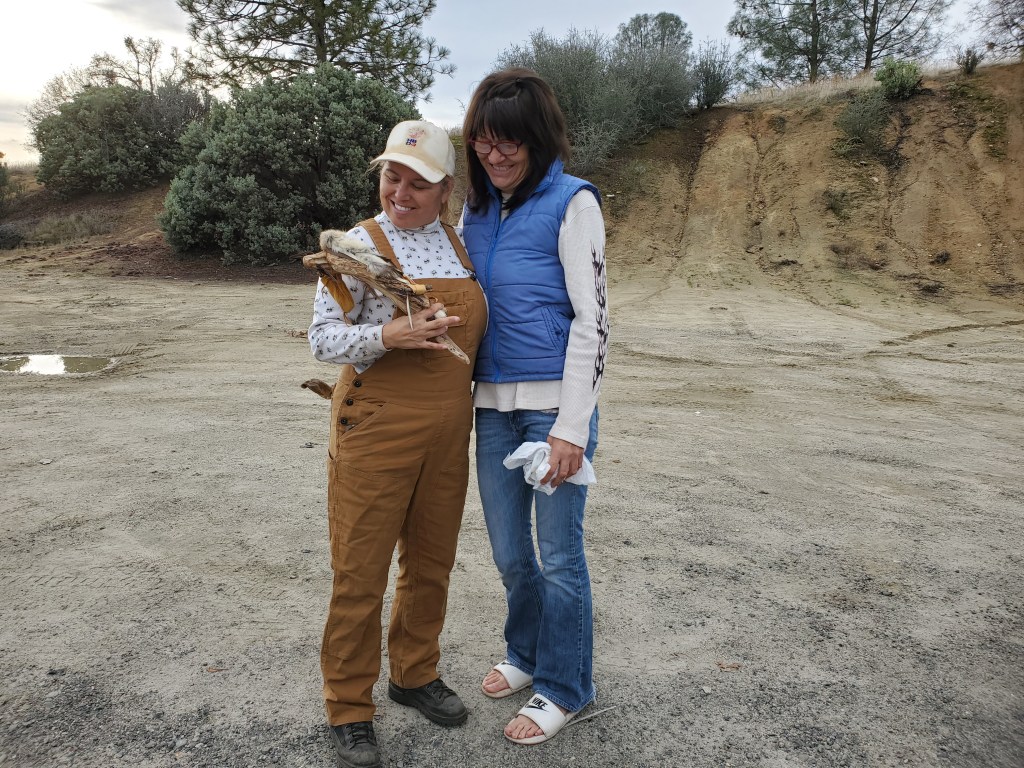
We did this work in December, so gifting was on the mind I suppose. One of my favorite relatives, Pete, surprised me with a gourd canteen gift that he grew and prepared for carrying water. Pete (Mescalero Apache), and his wife Jakki (TX Cherokee), are close friend-family. We are probably even biologically related somewhere. My grandfather told me how Yaquis and Apaches are cousins. I found out later that indeed, my Yaqui people used to hide the children with the Apaches when we were being hunted. Likewise, when the Apaches had their fights, they stored their children with us. How sad that this was necessary, but what a beautiful act to protect one another’s future. Reciprocity again.
It is difficult to express how grateful I was to receive both these gifts; truly, it was overwhelming. Compliments are difficult for me. The work is its own reward. Fortunately, we had a lot of work to do, so I could put the energy from my heart, swollen with joy, into planting. Chiokoe uttesia Pete, in weweria. Thank you Pete, my relative.
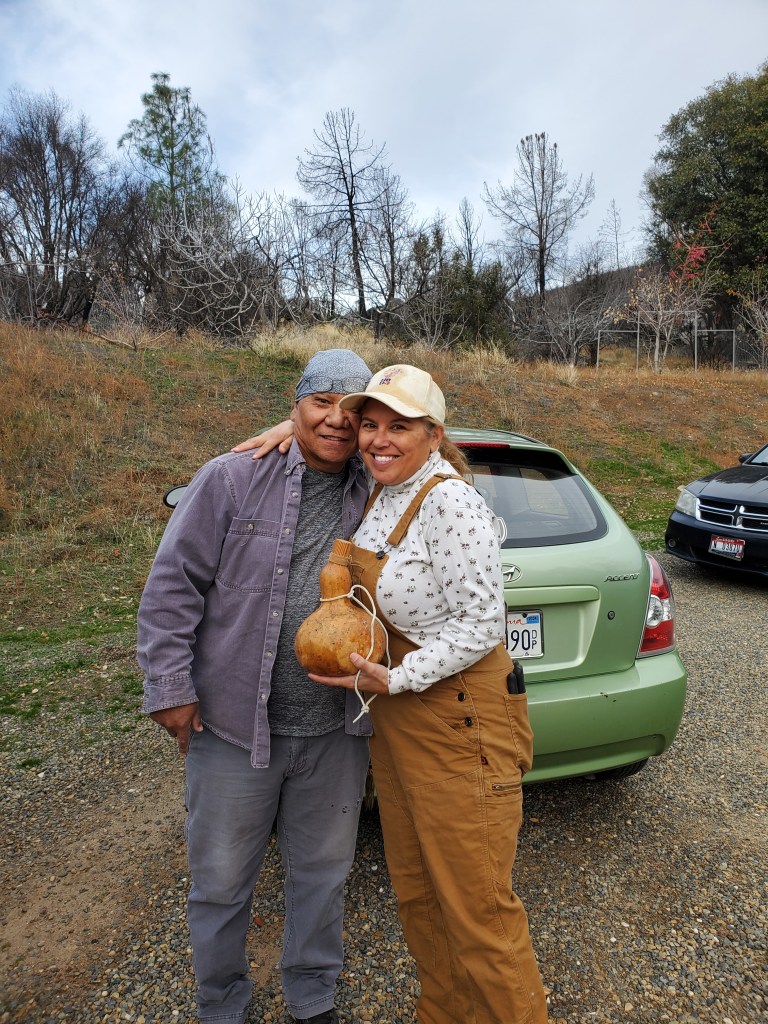
The Hilltop Freezes – Finally
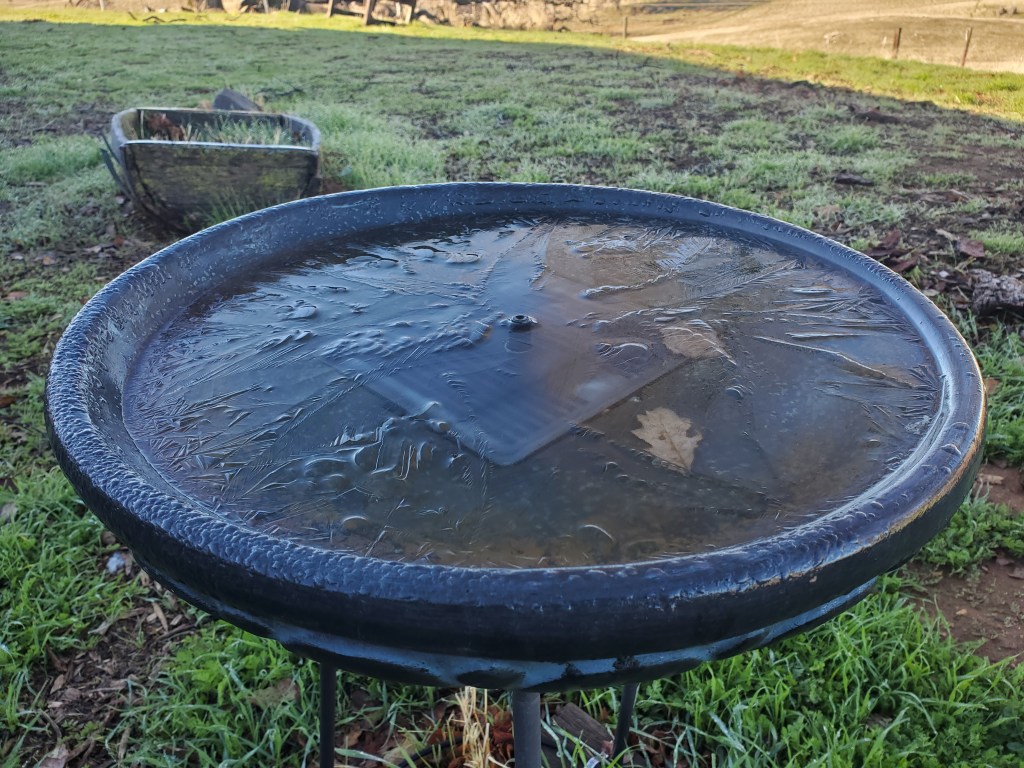
We need things to freeze so life can rest. Freezes also help retain balance by eliminating population overages [Think: grasshoppers]. For the last four days, there has been a crystal white coating of frost on the ground. Troughs and baths have a solid shell at the top. My breath has been visible as I go about doing my morning chores. Just a few weeks ago I could still go outside in a tank top for a little bit, but now a large jacket is required attire. The rain has come more frequently, and I am wishing for snow.
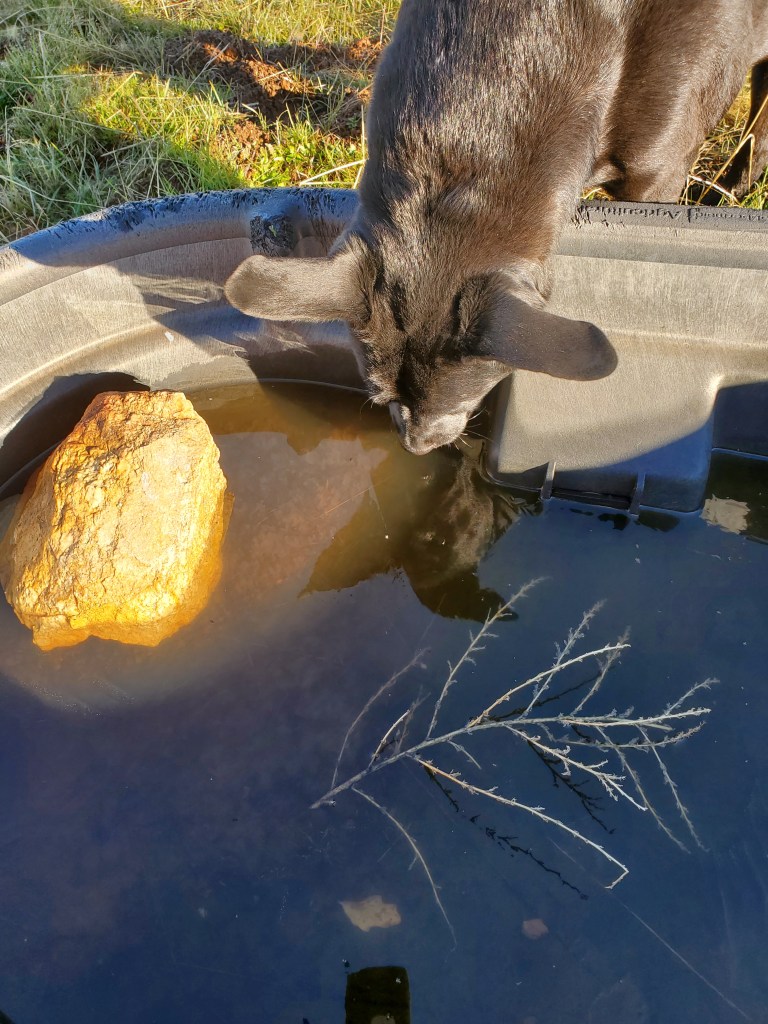
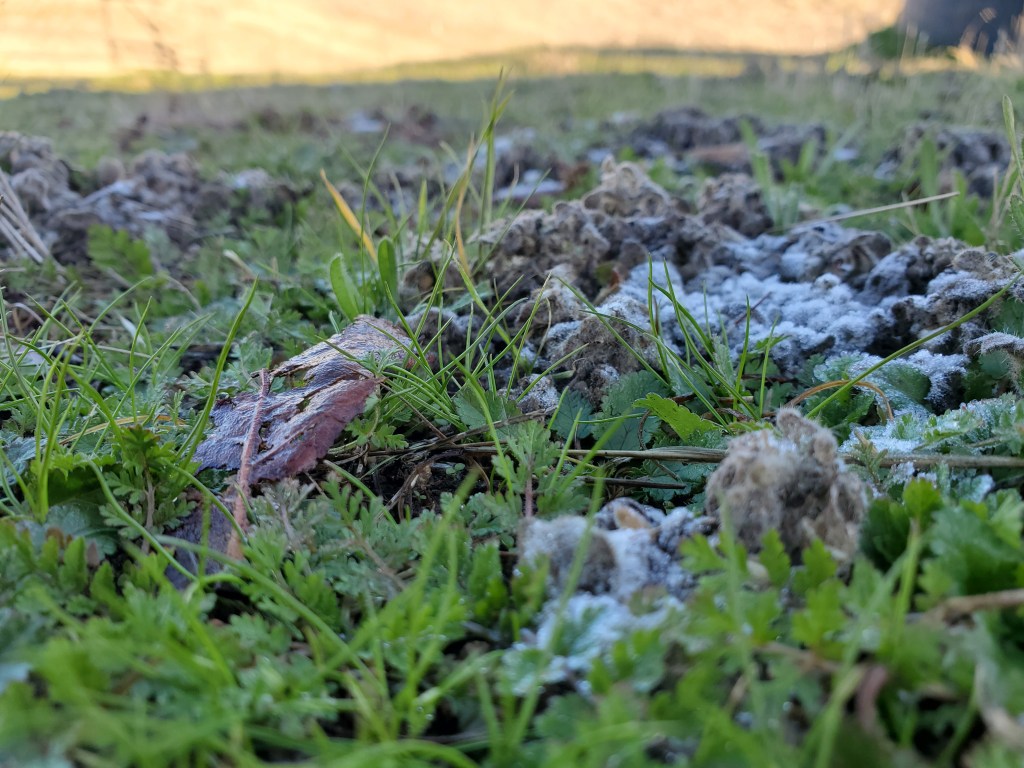
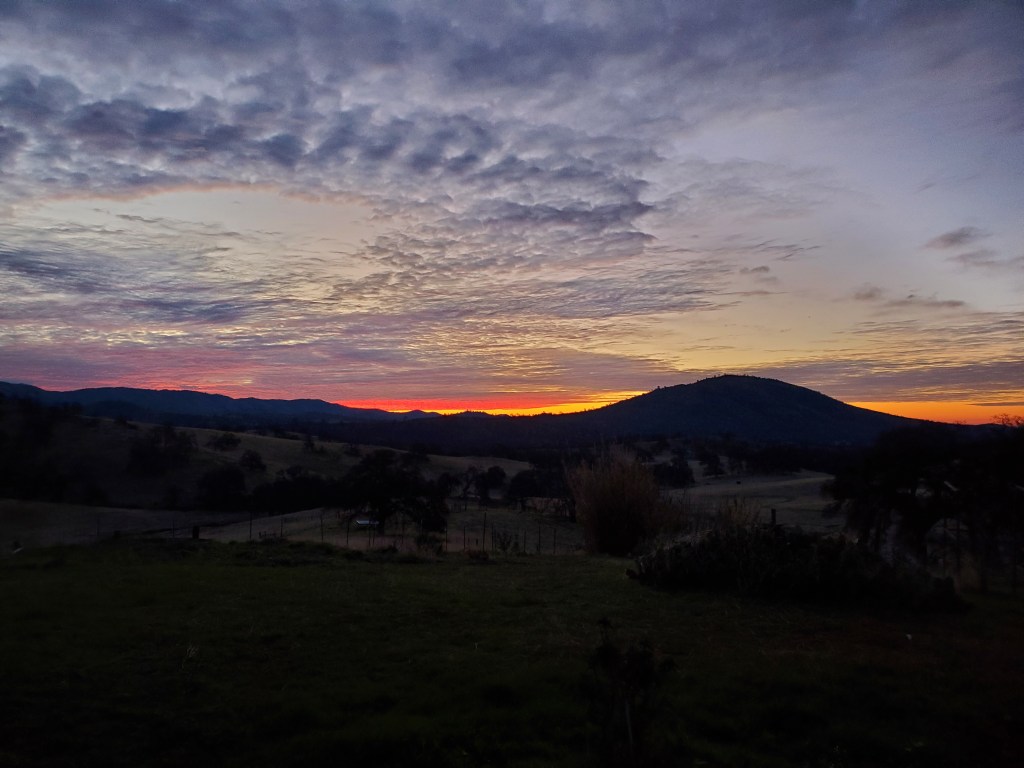
With the cold weather, I will admit that I have felt more sluggish – wanting to curl up with a blanket, book and hot cup of tea. Although the pace is slower, there is still work to be done. I have the cross fence going in to protect the California Milkweed. My cattleman’s son, Chaz, is helping me with that. He does great work. I am still planting a few native plants, and doing quite a bit of seeding. I received 10lbs of narrowleaf milkweed seed that I am sowing. I also just received my order of California seed mix for habitats and meadows, which contain native grasses and wildflower. With the rain and easy ground to work, it is a fantastic time to plant seeds.
When my mothers-in-law were visiting for the holidays, it was great. I had an extra set of hands to help. For regular readers of this blog, it will seem as though every guest to my home is put to work. I promise; they are always asking to help. Liz is a wonderful helper too. Every time she visits, she is up for working on laborious tasks. She helped dig two trenches one year for rain catchment. She helped build up brush piles and move wood another time. This time, she helped me plant milkweed seeds. It is not too intense of work, but it does take time to give the seeds a quality head start. Sometimes, you can just broadcast seeds, throw them out in the area you want them to grow. This can work, but does provide easy pickings for birds, and you are just hoping there were more seeds than bird pecks. What Liz and I decided to do was to create a small disturbance in the soil with a rake, toss the seeds in the new furrows, then rake back over the soil in the opposite direction. Using this method, the idea is to cover the seeds with soil, decreasing the possibility of “feeding the birds” primarily and planting seeds secondarily.
We did broadcast milkweed seeds in the arroyo around the rock and log drop structures given that the seeds would fall into deeper spaces between the rock into the soil – those spaces being like a deeper furrow. We chose this area because the rocks will slow runoff, and soil moisture will last longer in these spaces. This should give the milkweed roots more moisture longer to use for growth.
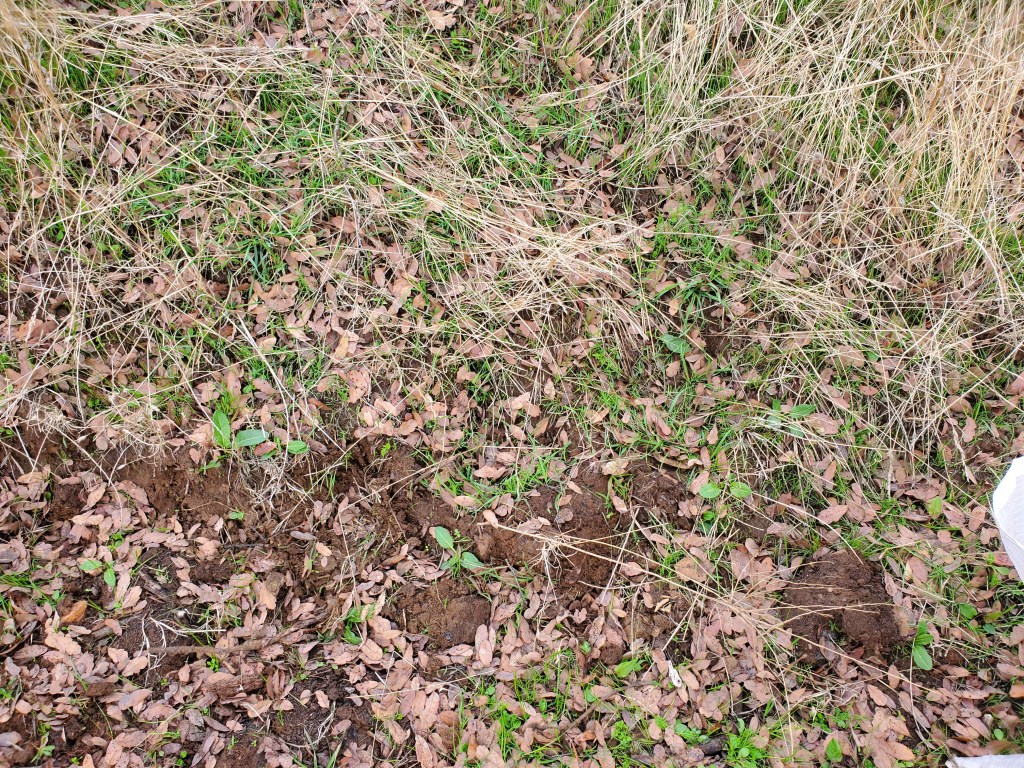
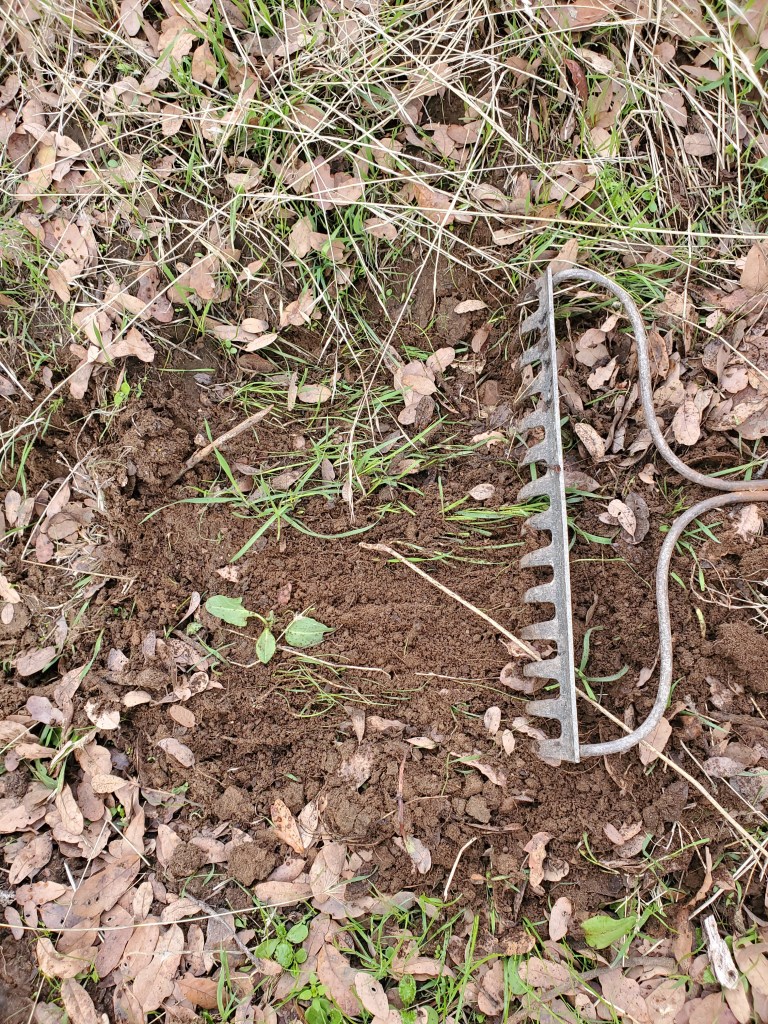
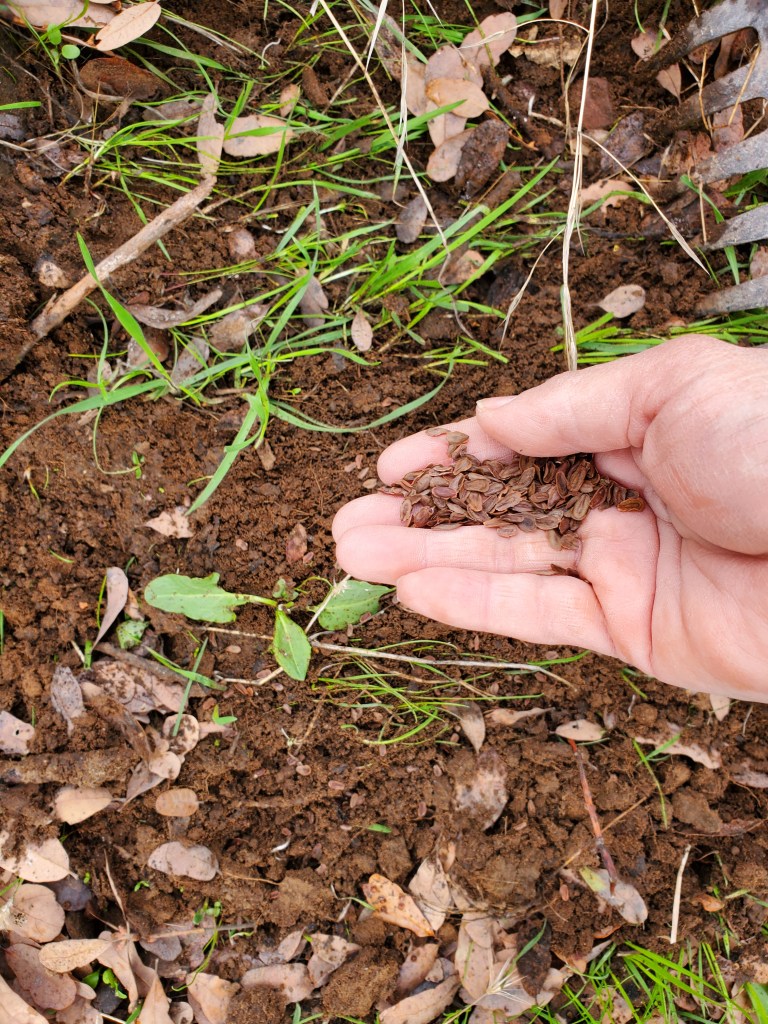


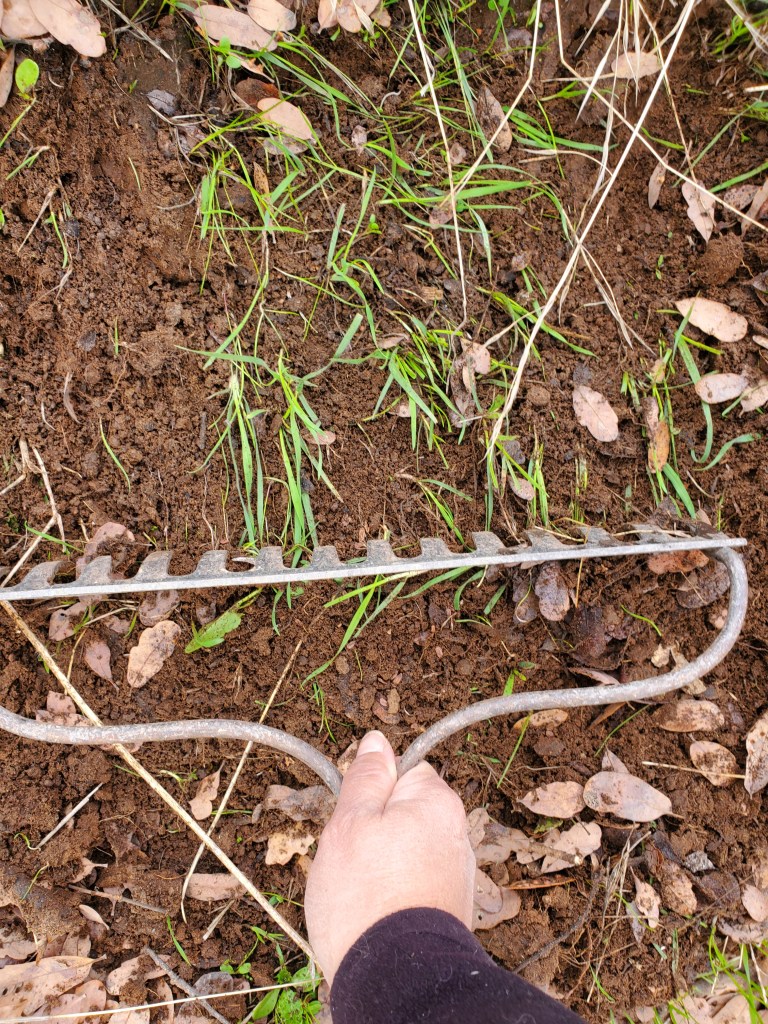
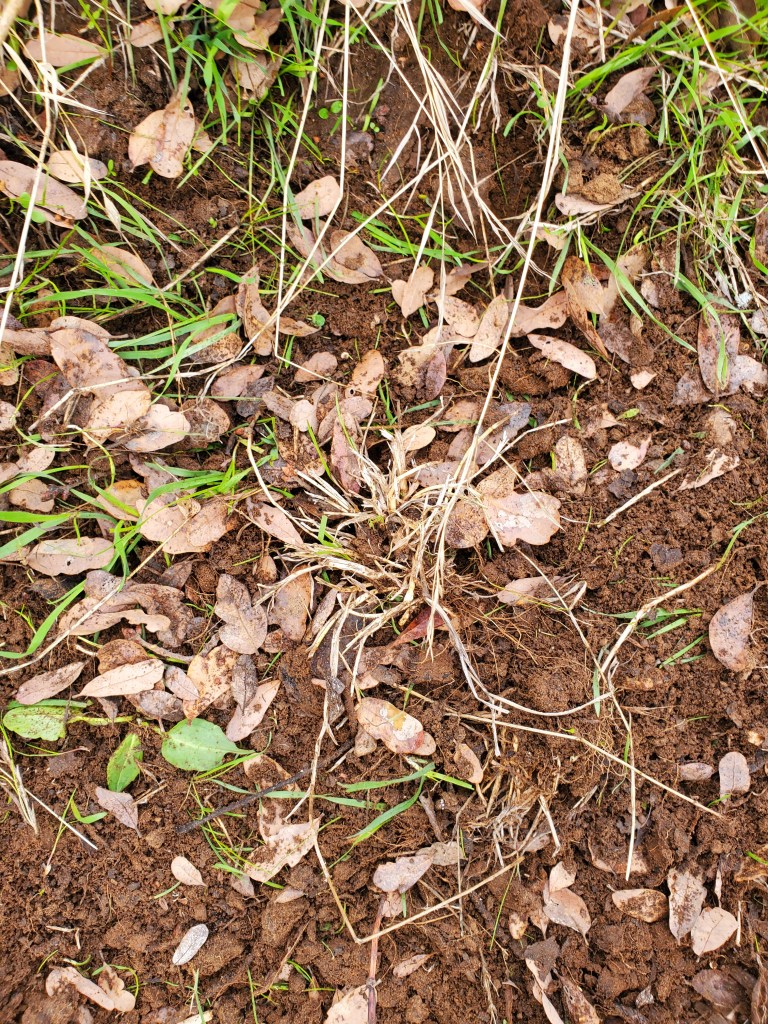
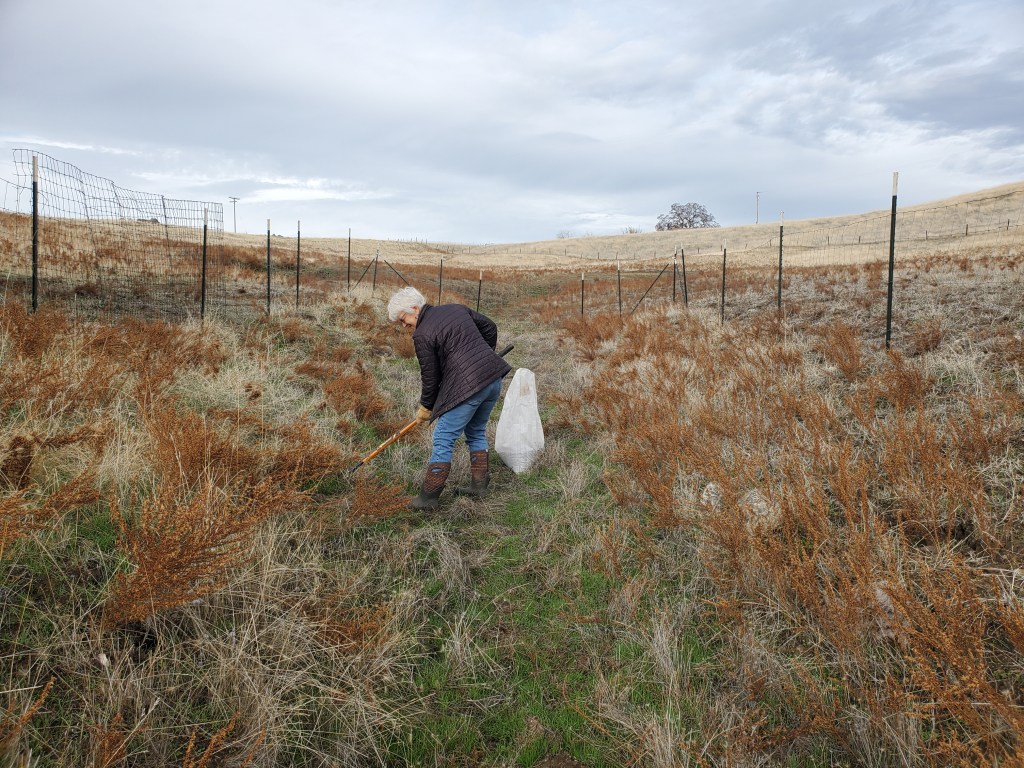
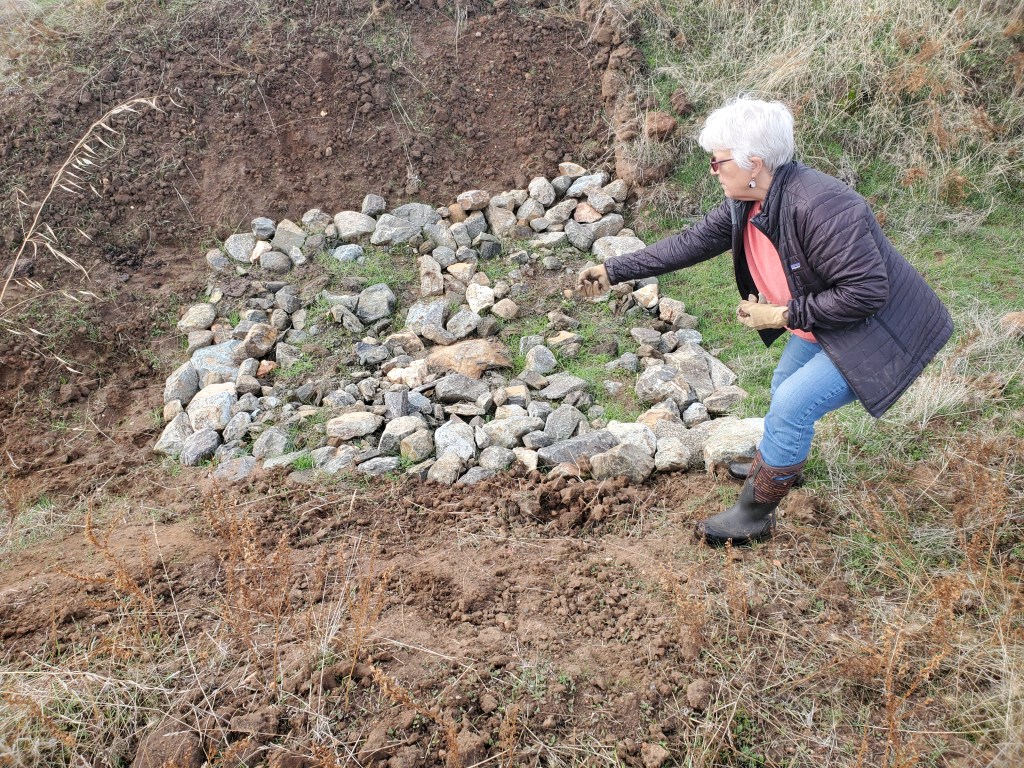
Monitoring
Monitoring the various conservation practices and the general health of the ranch are my favorite activities. Walking the hills, valleys and cliff sides, crossing creeks and breathing in the smells of the Earth bring me happiness. I make sure the guzzler and catchment system are functioning, the rain return in place and that the rock and branch access “ladder” for small creatures is built up to the top. I look at the creek beds and banks for changes, the health of the trees, the clarity and volume of water, what animals are around, pick up any trash that has floated in (by air or water) and take note of anything else that seems interesting.
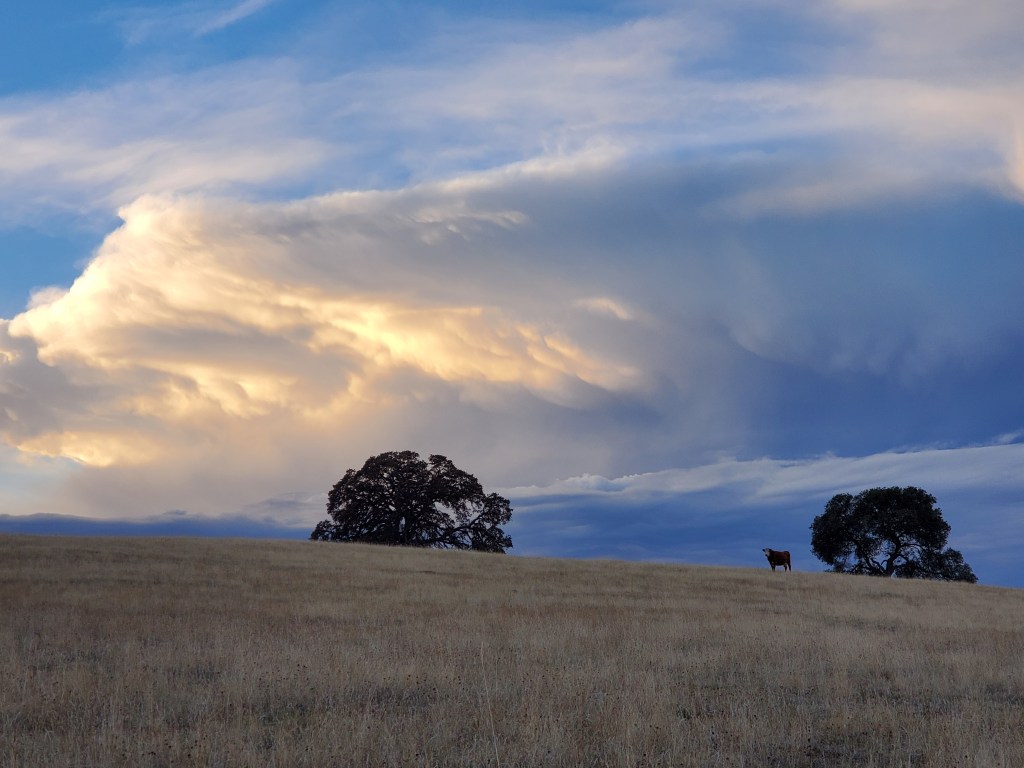


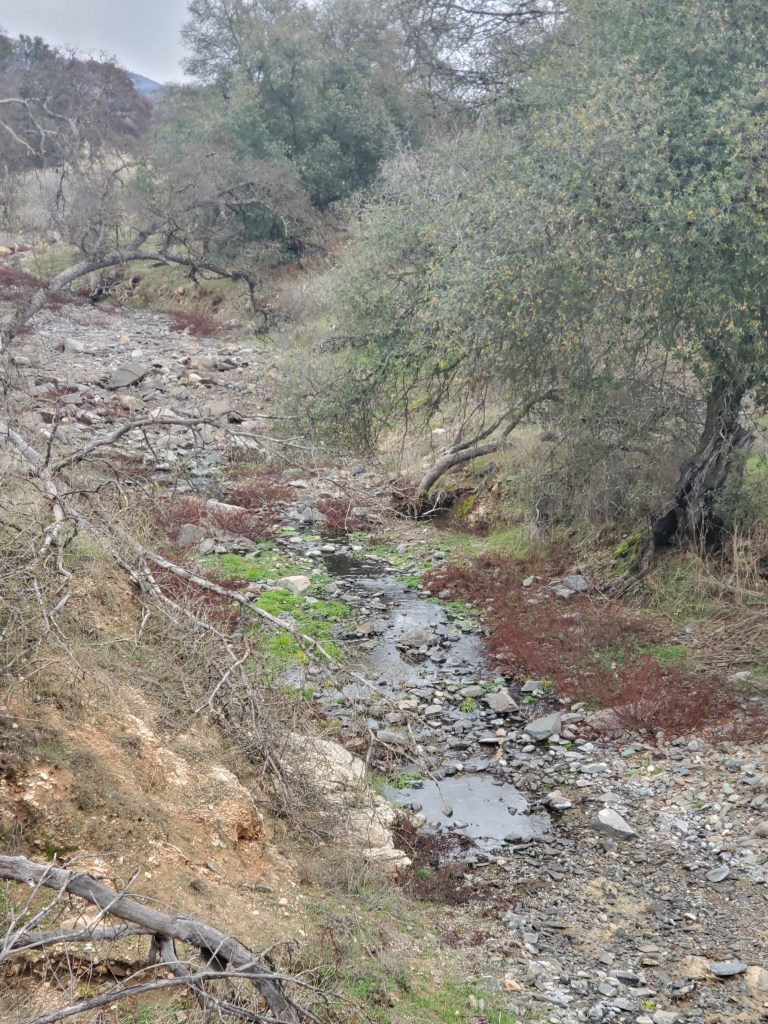
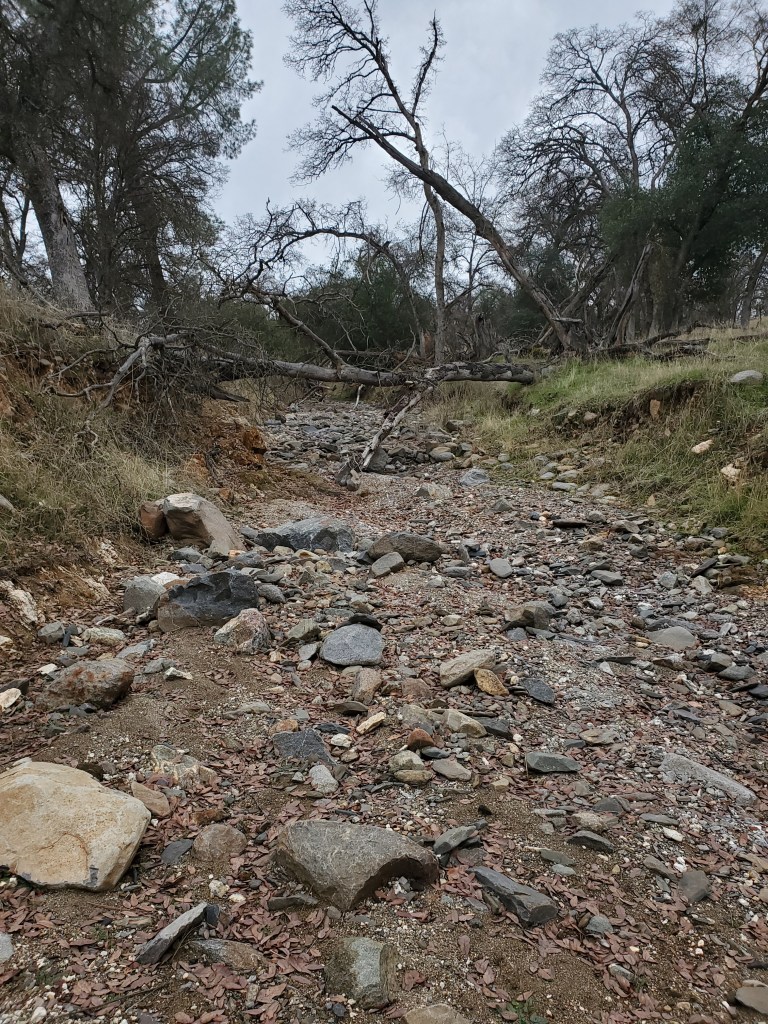
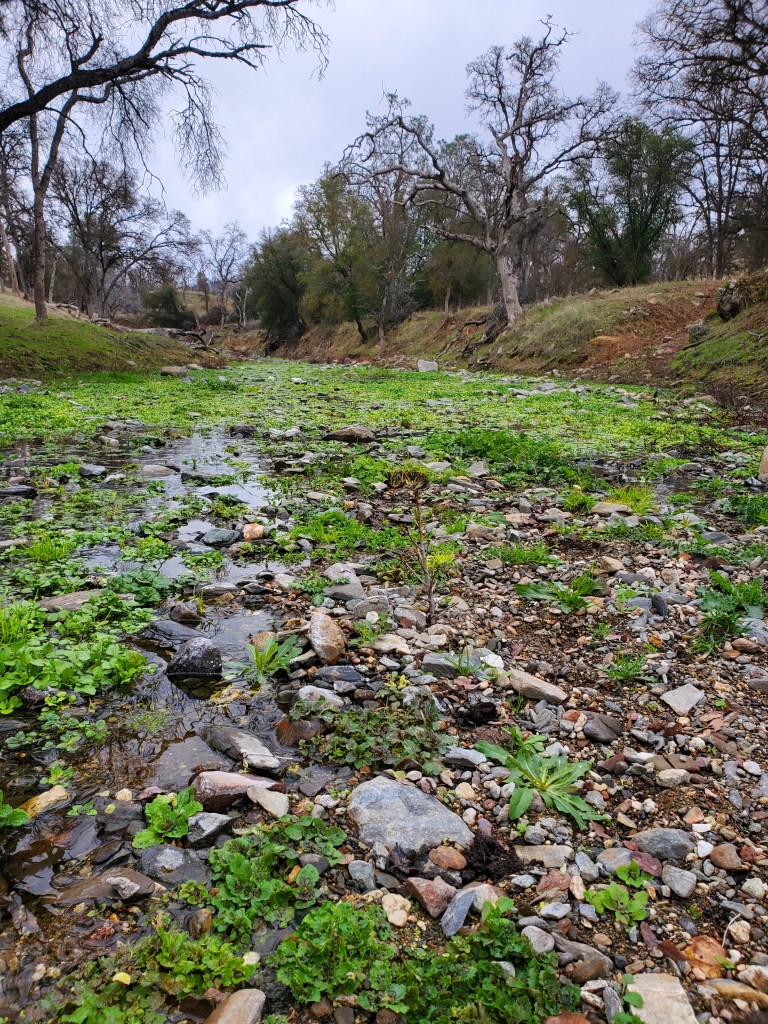
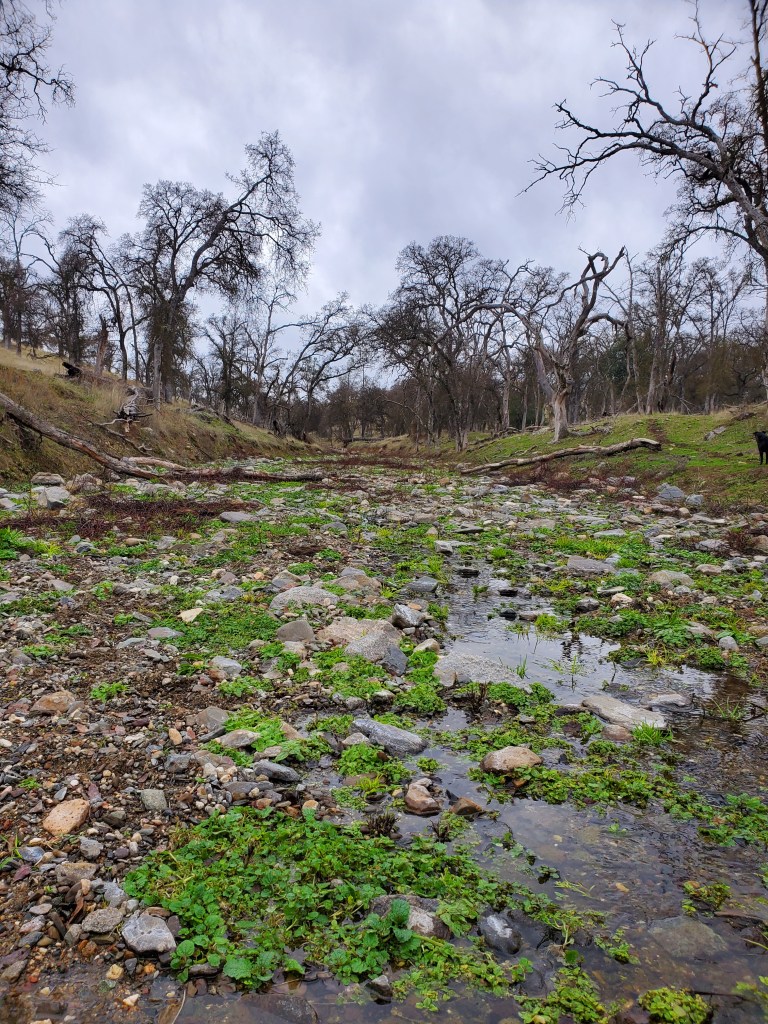
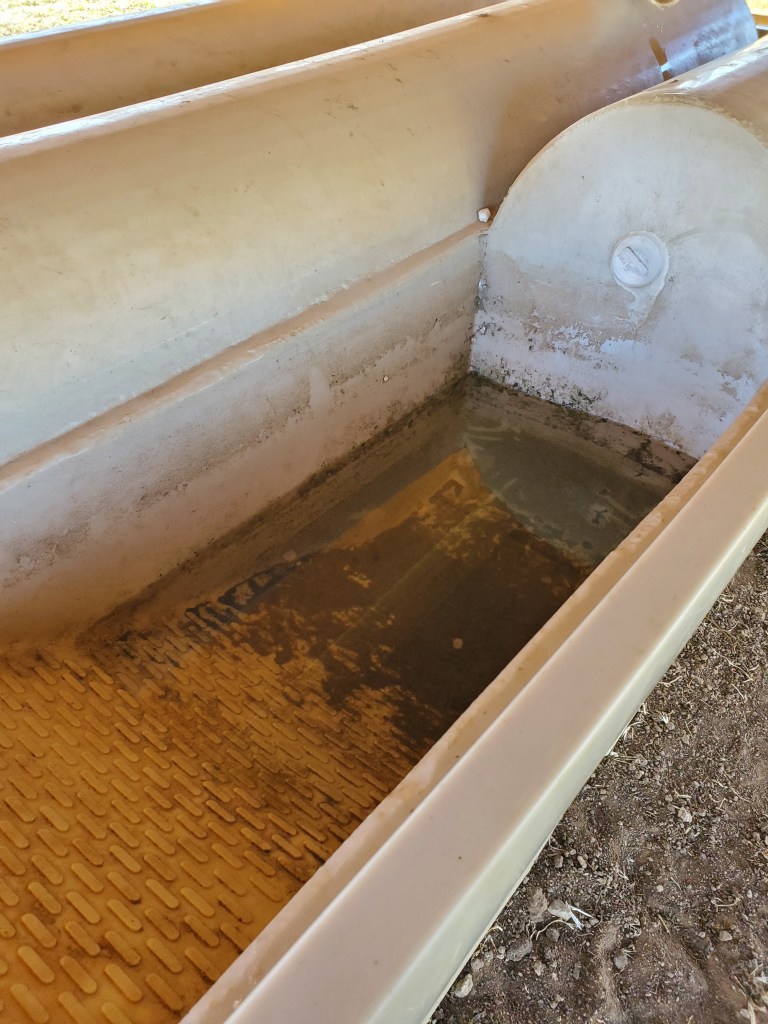


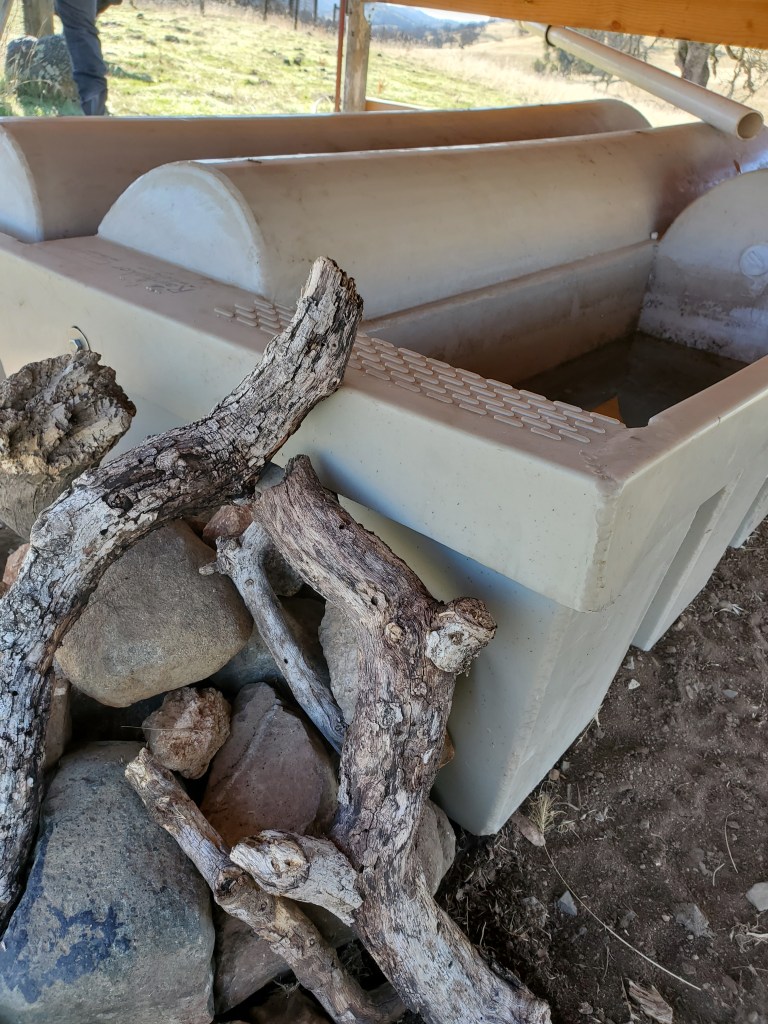
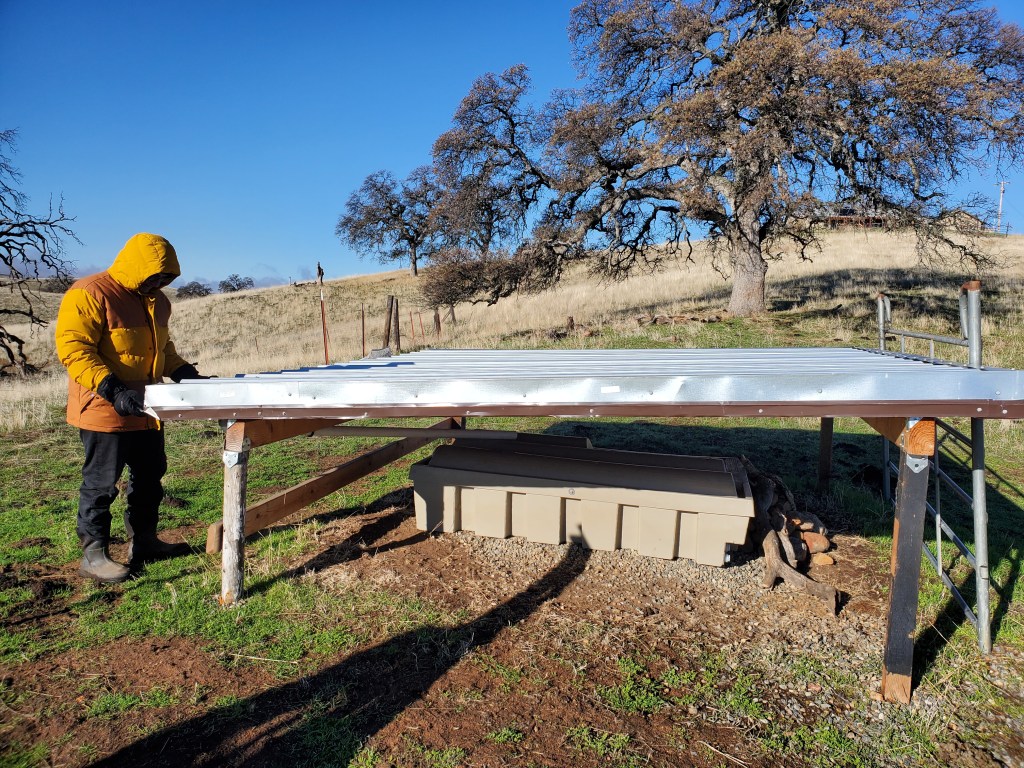
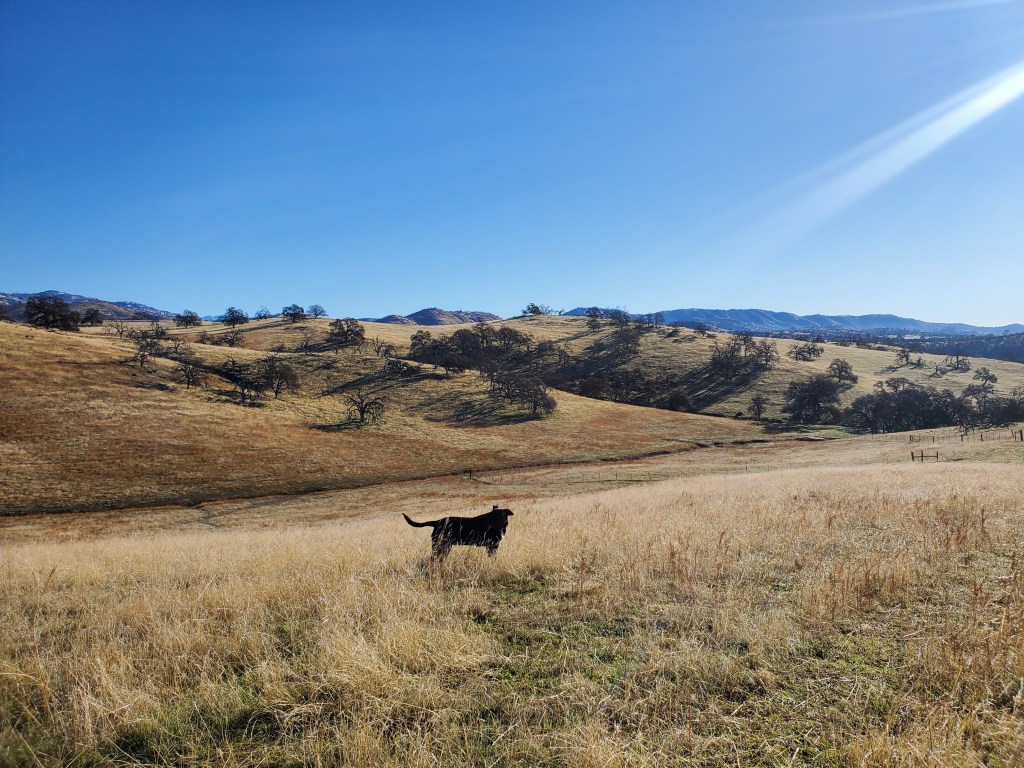
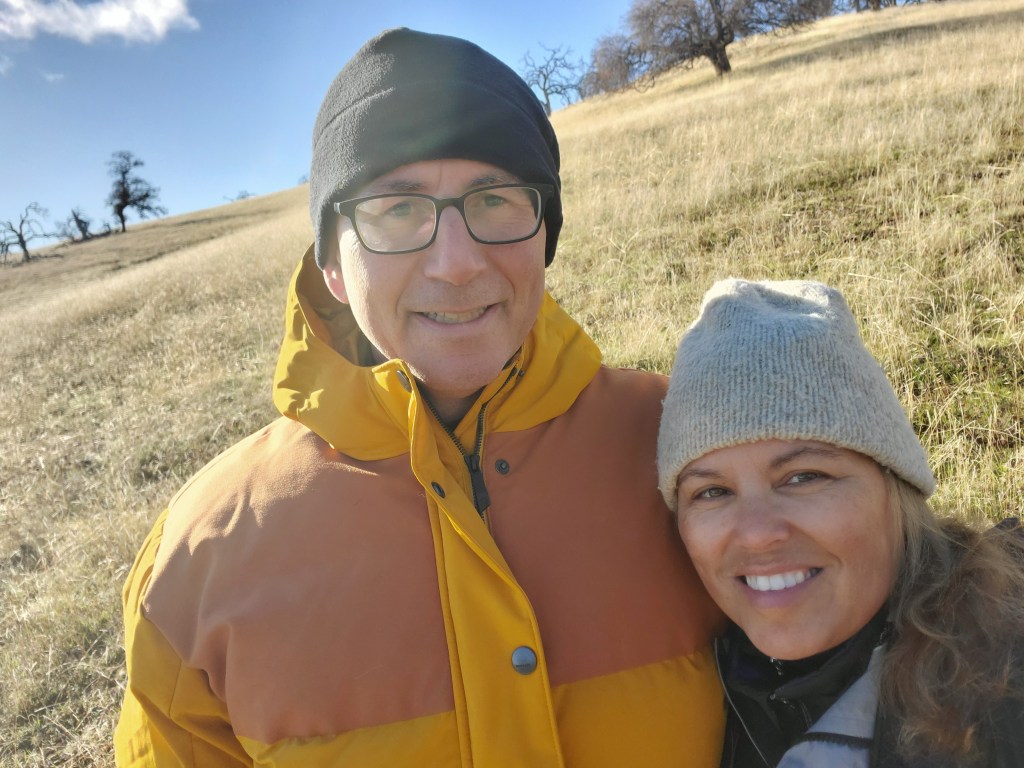

Wanderings
My garden is continuing to provide gifts despite the cold weather. Tomatoes, peas and arugula make for a wonderful salad in January. We still have small tomatoes beginning to grow. I don’t know how that is possible with all the leaves dropped. The peas are still blooming as well. There were two delicate purple flowers, the beginnings of pea pods. Maala Bwia is also continuing to provide a show of magnificence. Every day I am able to capture gorgeous photos.
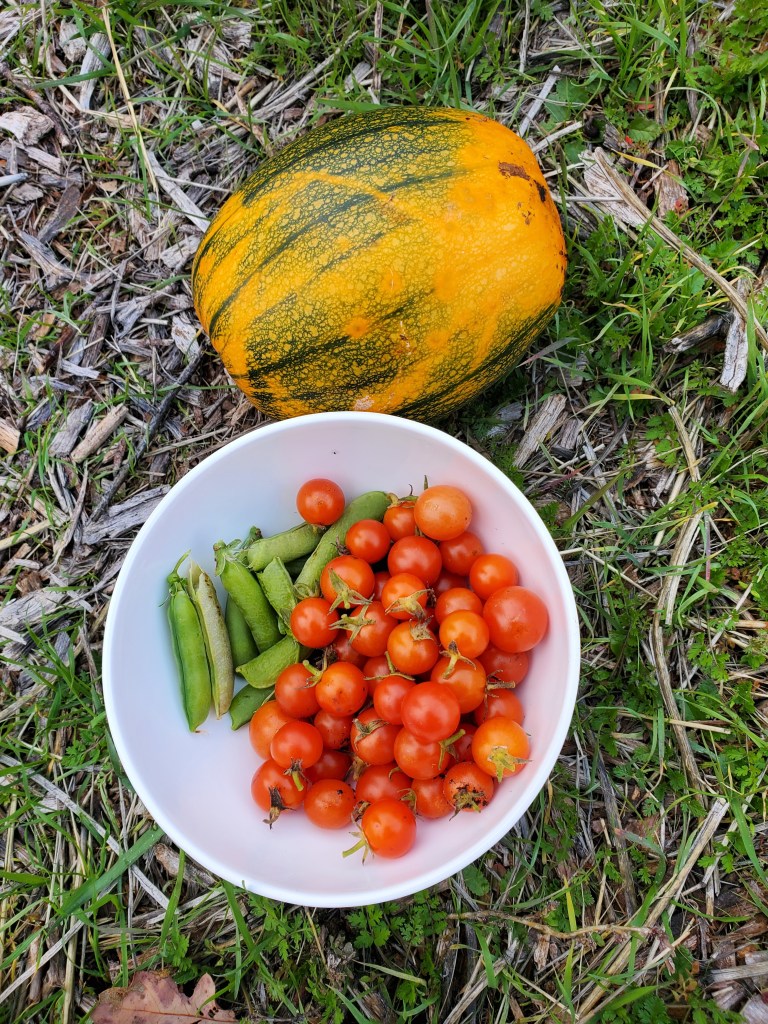



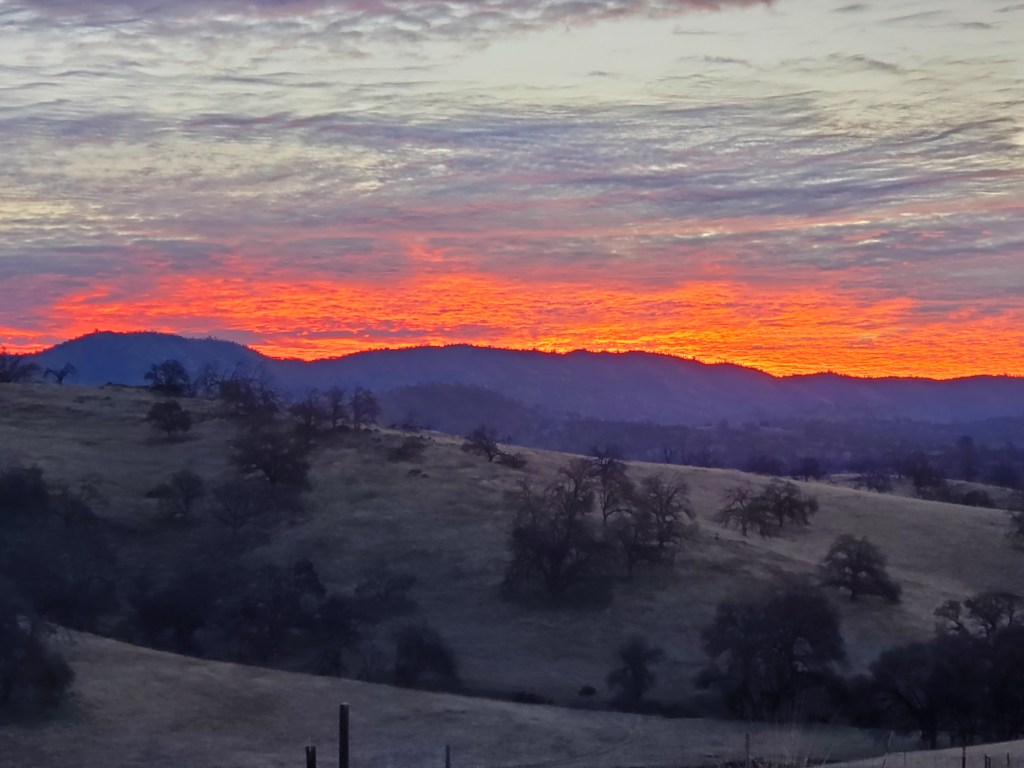
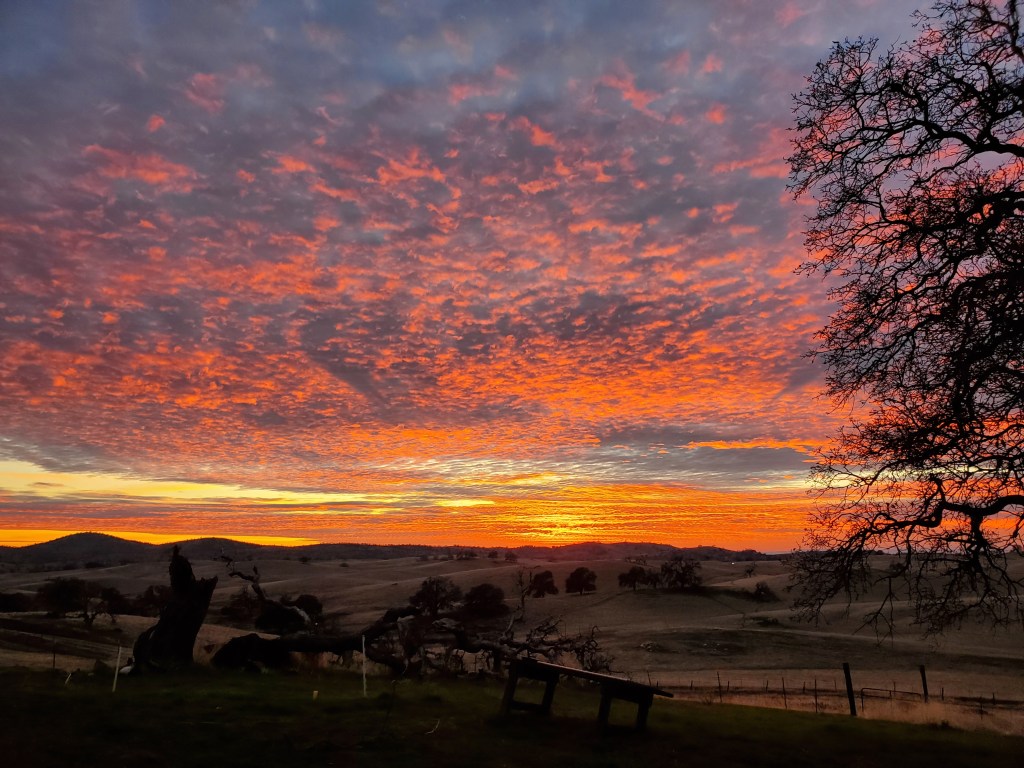
We live in such a beautiful place, and on a beautiful planet. Daily, I am very conscious of my good luck. As with Yin and Yang, it compels me to consider the struggle, war, hatred and hard times all over the human world. At the very moment I take a deep breath and smile at seeing the sunset, on the other side of the world a woman my age is exhaling through sobs – sobbing for a life, a person, a land she loved now bombed to oblivion.
Each of us have times of suffering – some more than others. We pray, bargain, make wishes for peace. I know each time I make a wish it is for peace. In truth, peace is a difficult concept, even a fool’s errand. A favorite philosopher, Vine Deloria said “Peace is not possible”, that humans were by nature “violent and greedy”, that what we should aspire to is “respect”. If we understand the innate worth of one another and all things, how is it that we can harm or exploit? This concept was transformative for me as a young person. It aligned with my experiences, the hate that I did not understand, the hate that made me hate, which makes me less of what I could, and should, be.
Like the wood gatherer doll Trisha gave me, I would pick up memories, and experiences that would fuel me, things that I could burn to keep going – the lack of resources of my family, one stick; the desire to contribute to my people, another stick; the need to protect my nature relatives, more sticks. But, there was more – whispers from from my ancestors saying, “Never forget they made your mother go to the back door of the restaurant to purchase food to make her feel like she was nothing.” and, “Never forget they told you, as you stood holding your little brown brother next to you, that you couldn’t swim in the pool, which your parent’s rent money helped pay for.” and, “Always remember that things were taken from you – relatives, knowledge, songs, relationships, language – the things you are crying about when you don’t know why you are crying.” and…
My DNA was built both on the resilience that was necessary because of the hardship, as well as the hardship itself. Inside those helices are where the echos “Never forget” live. And, I do…I do remember everything my grandfather told me, my mother, all my other relatives. It is a warning of what’s possible as much as it is a memory. So, yes, I keep it, but I cannot let it define me. I can’t or else it would consume me. It is the kind of power that converts hate to atrocity. I don’t allow it to kill my potential, my joy, optimism and love. This is why the concept of respect is powerful. Peace is perfection, but respect is achievable. Anger is so deep, what weights it down, keeps it diluted, and allows the light inside to beam, is the knowledge that there is value to the pain and, believe it or not, in those who give it.
Respect. Without it, there would be no end to the fighting, the anger and pain — and that is no way to live. You cannot grow things when you are killing them too.
